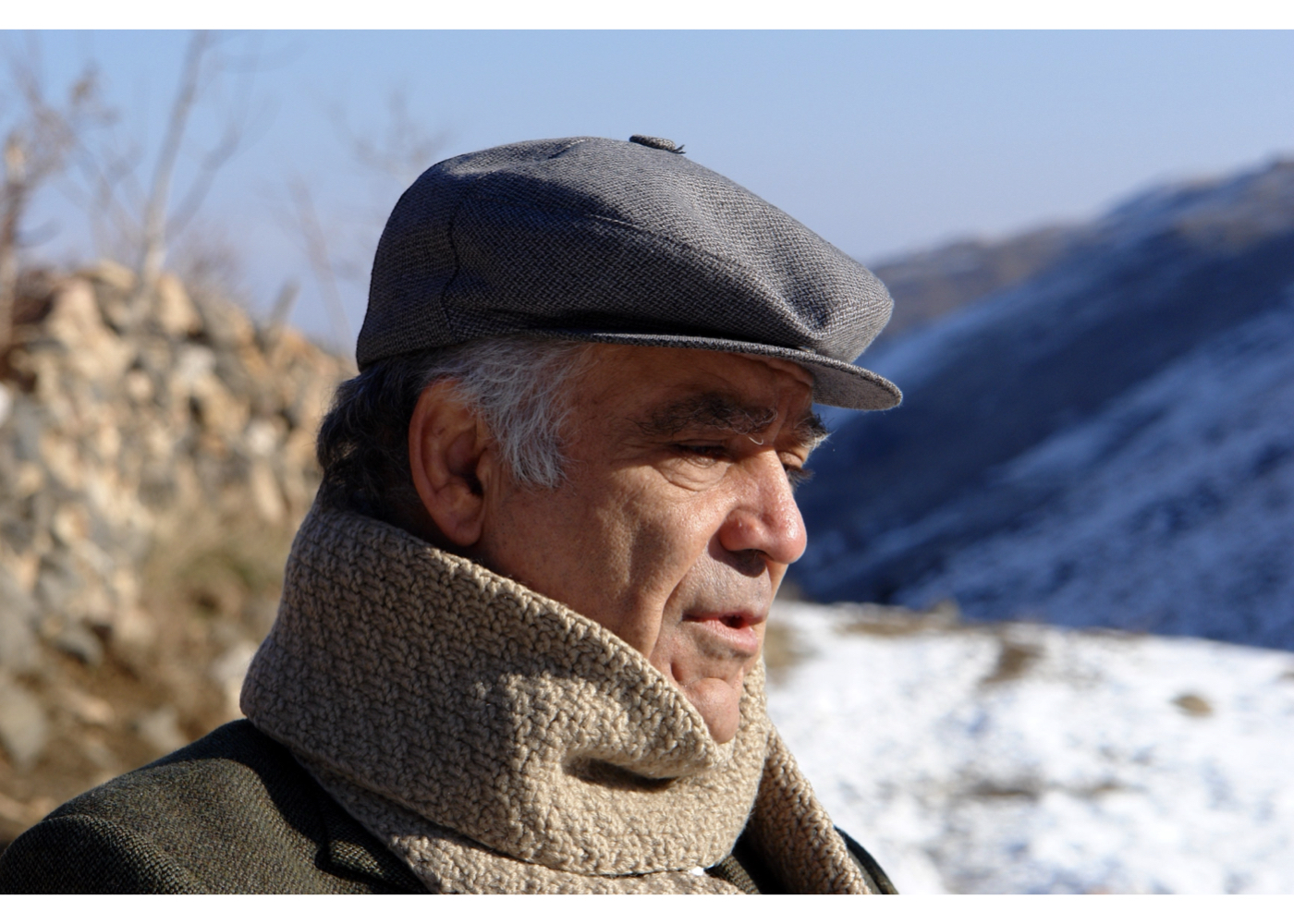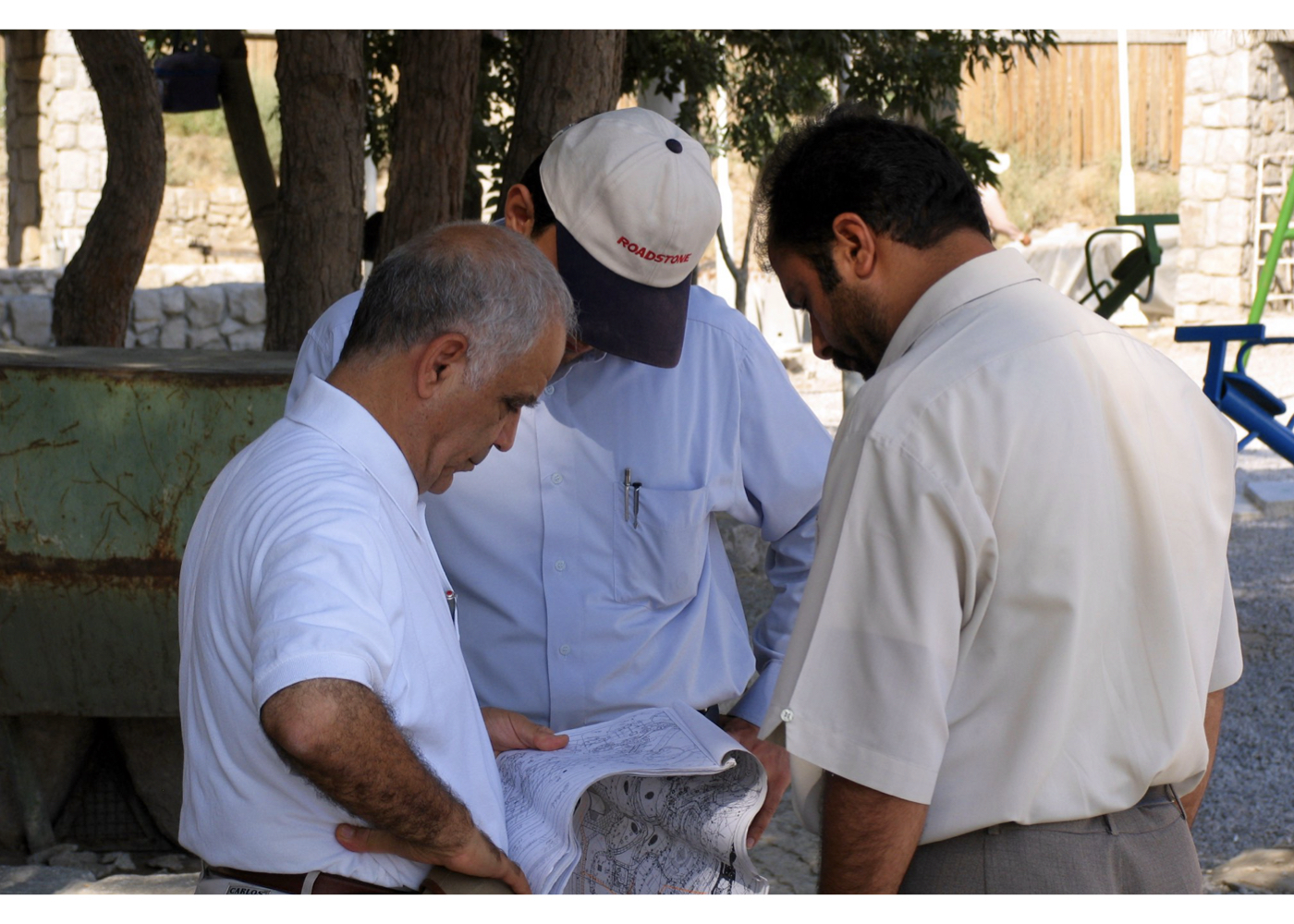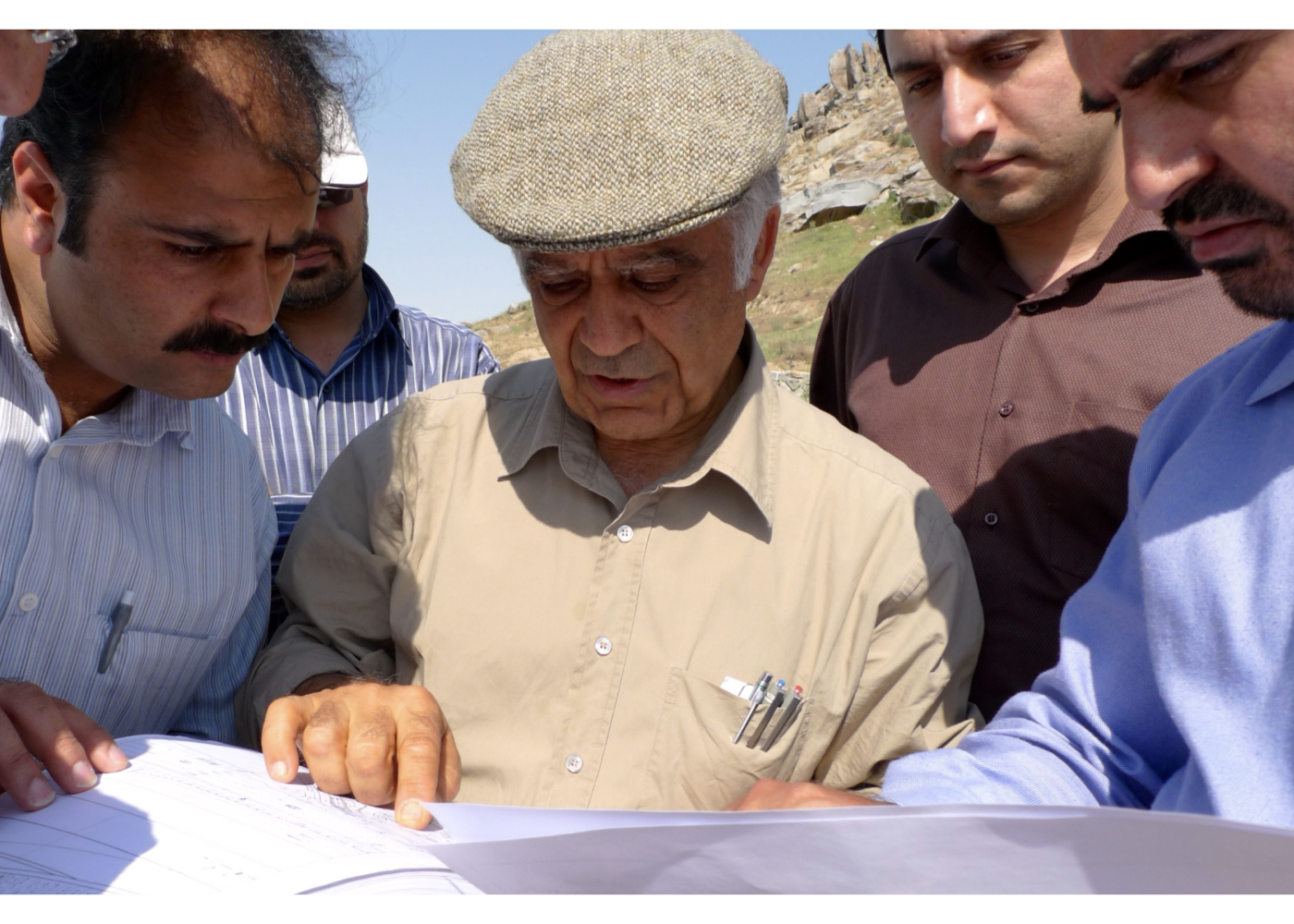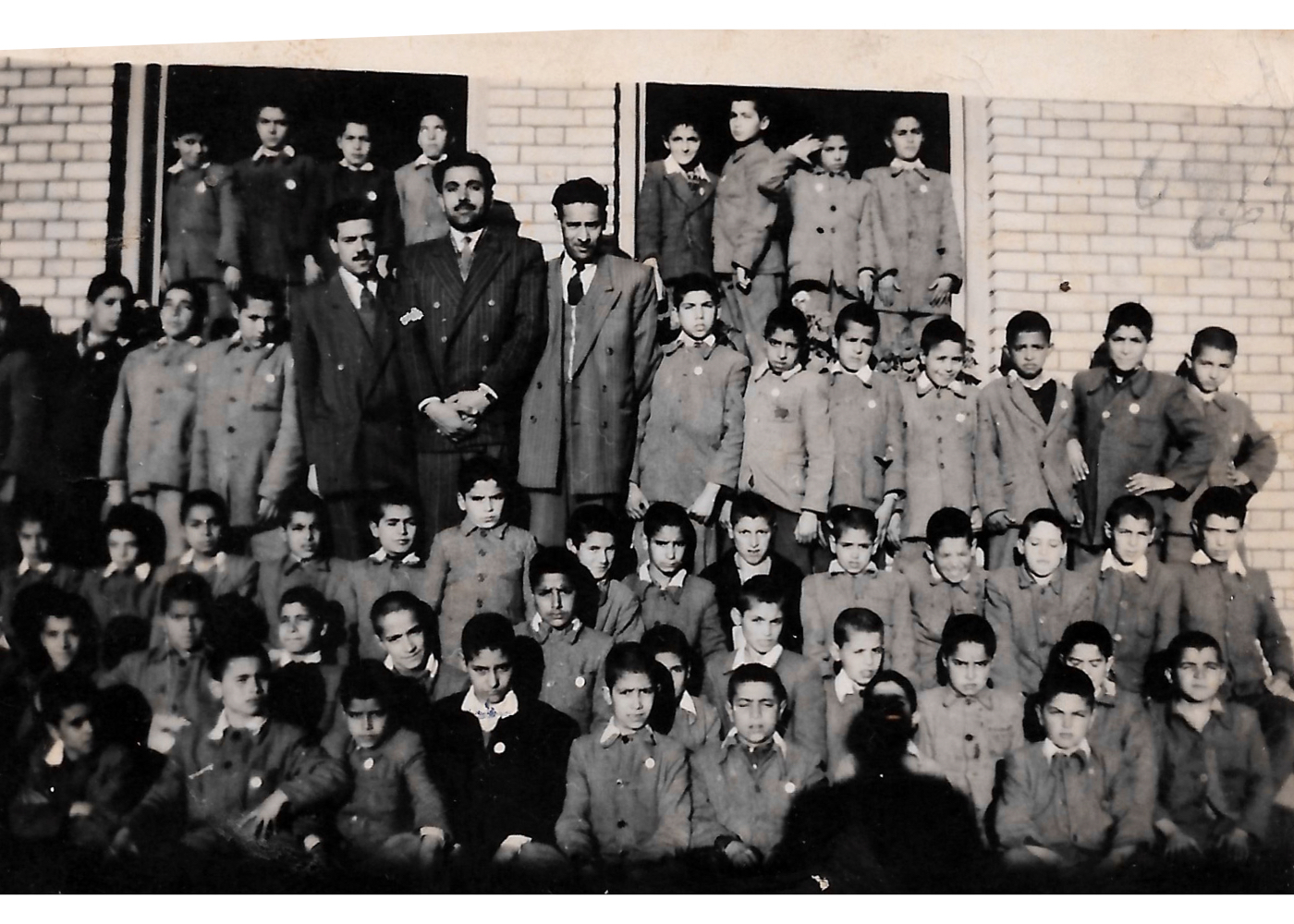
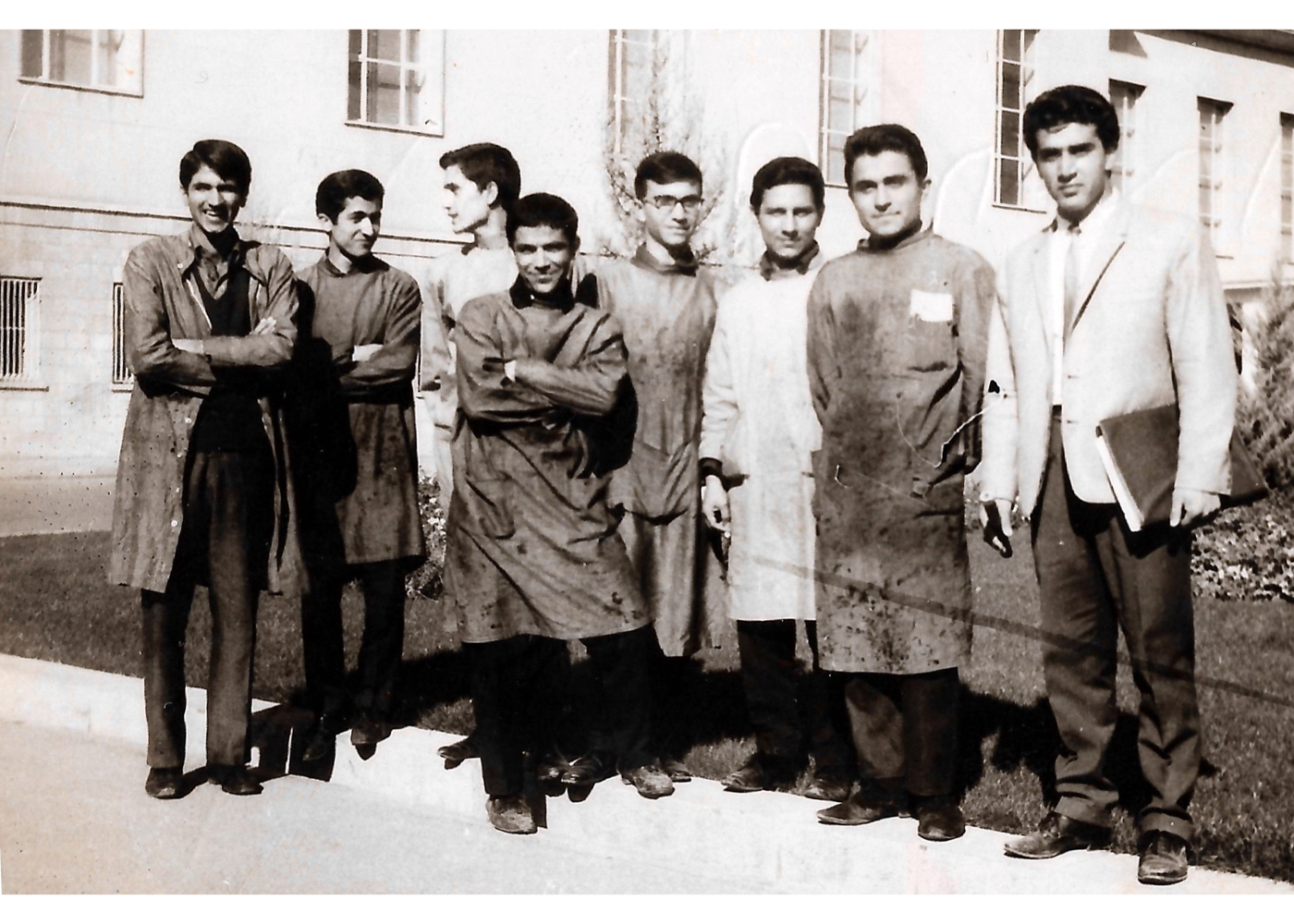
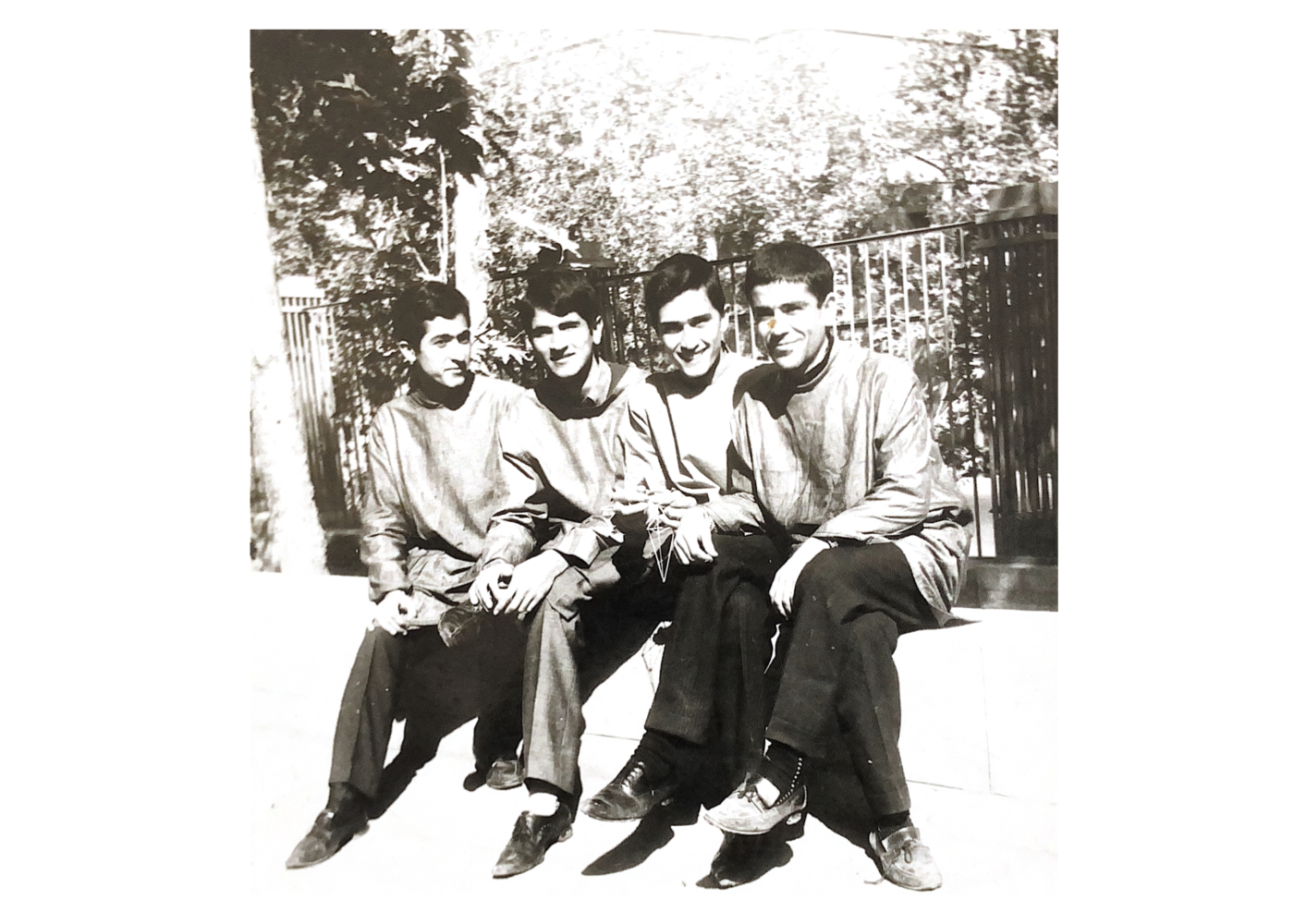
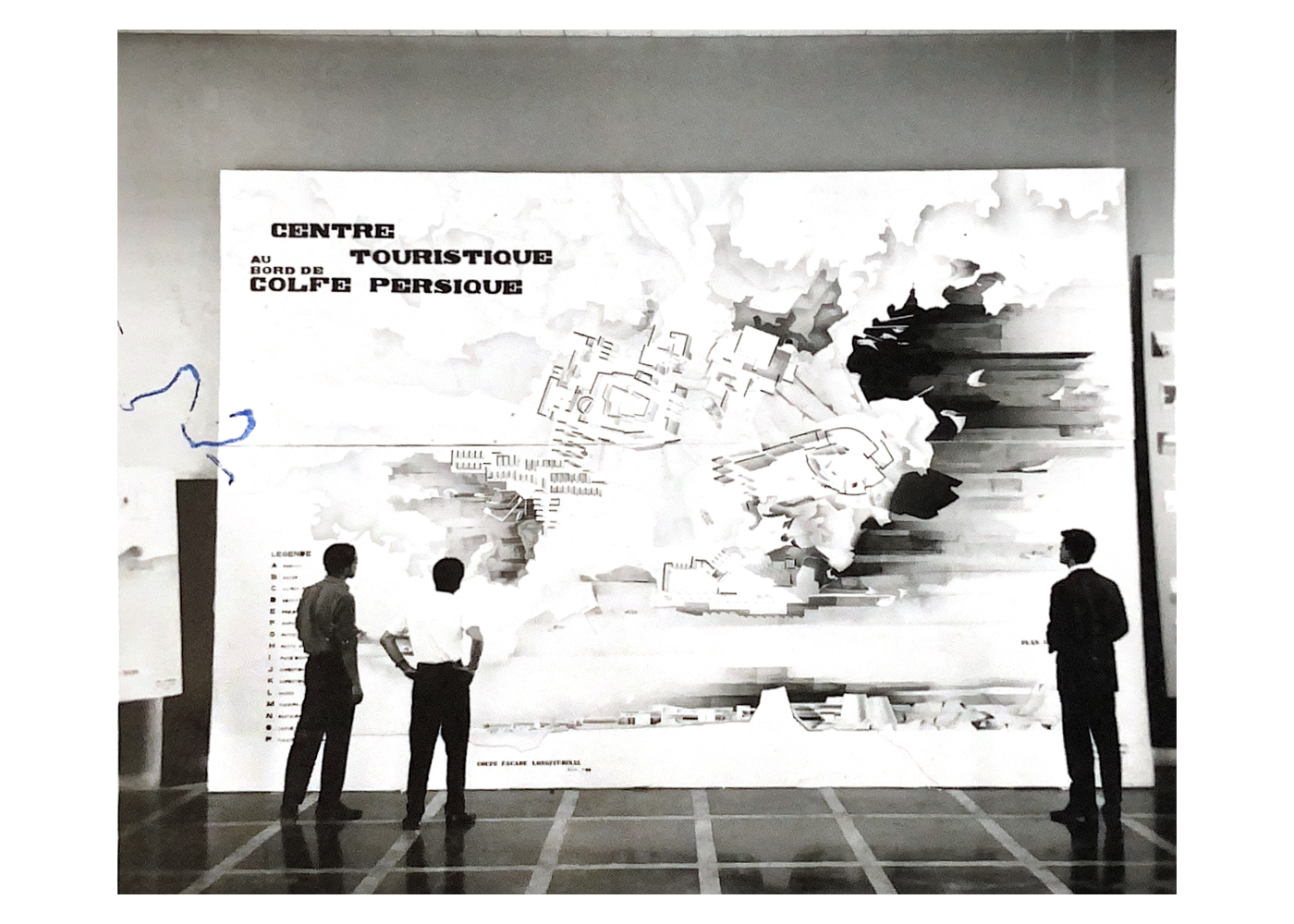
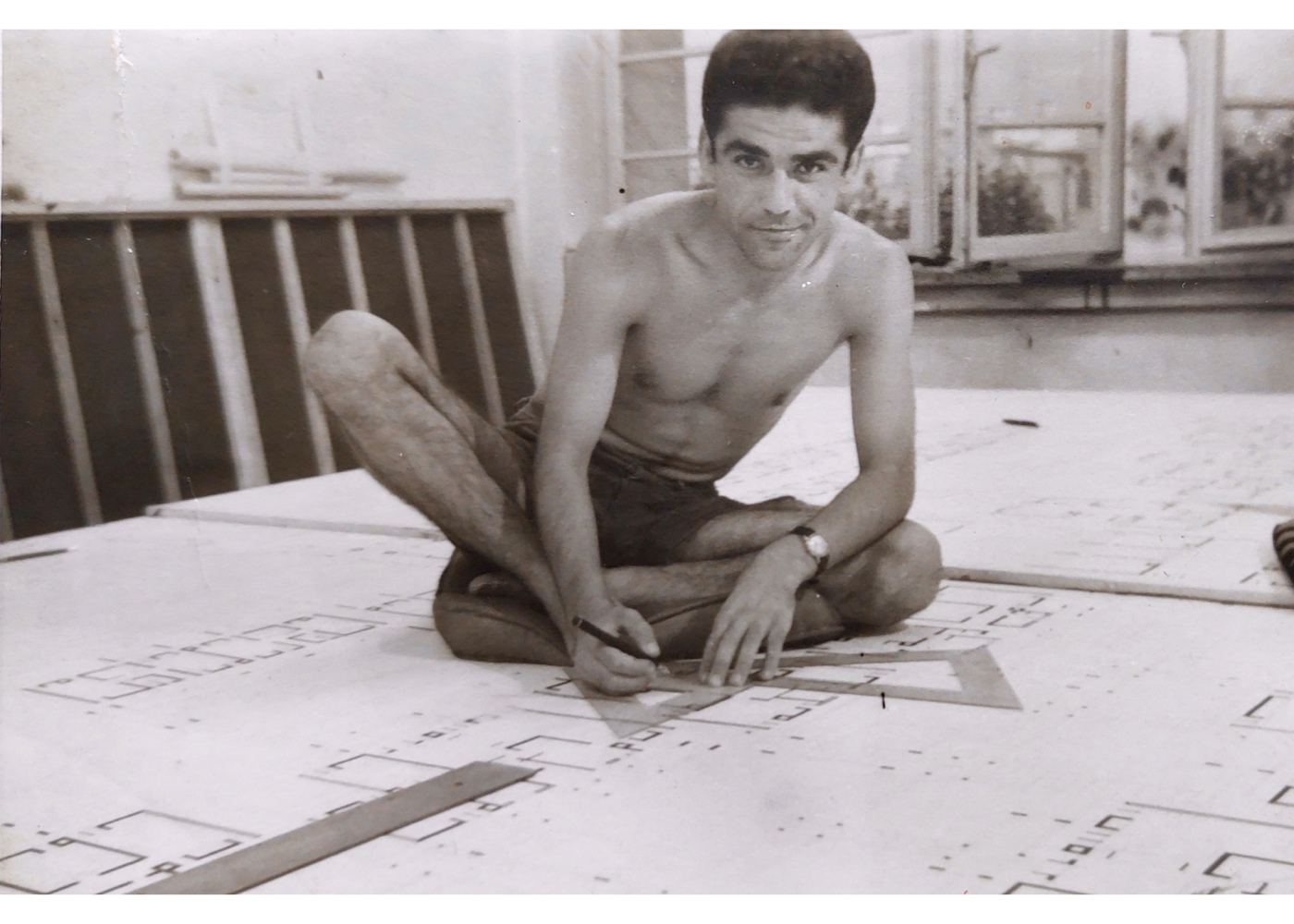
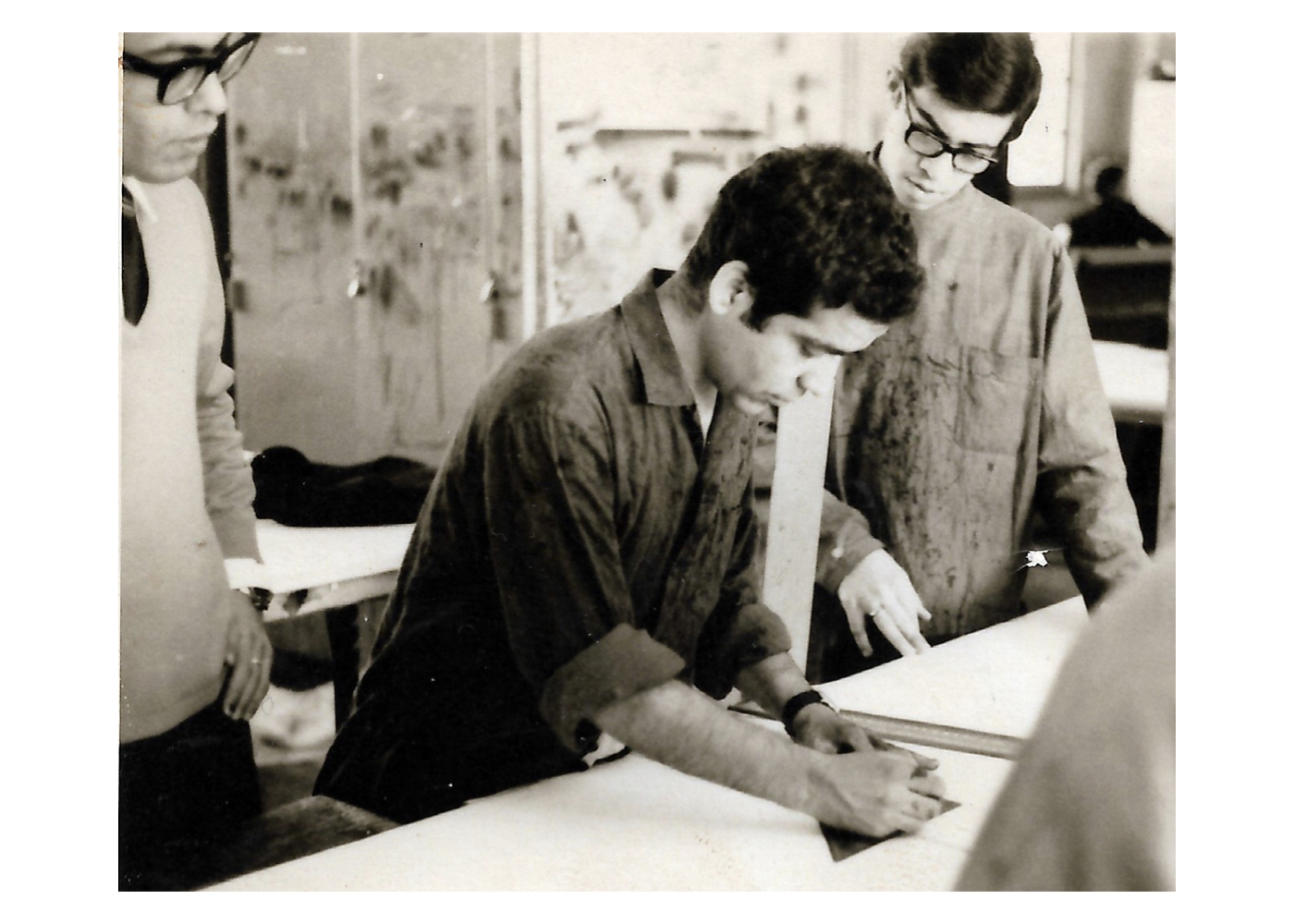
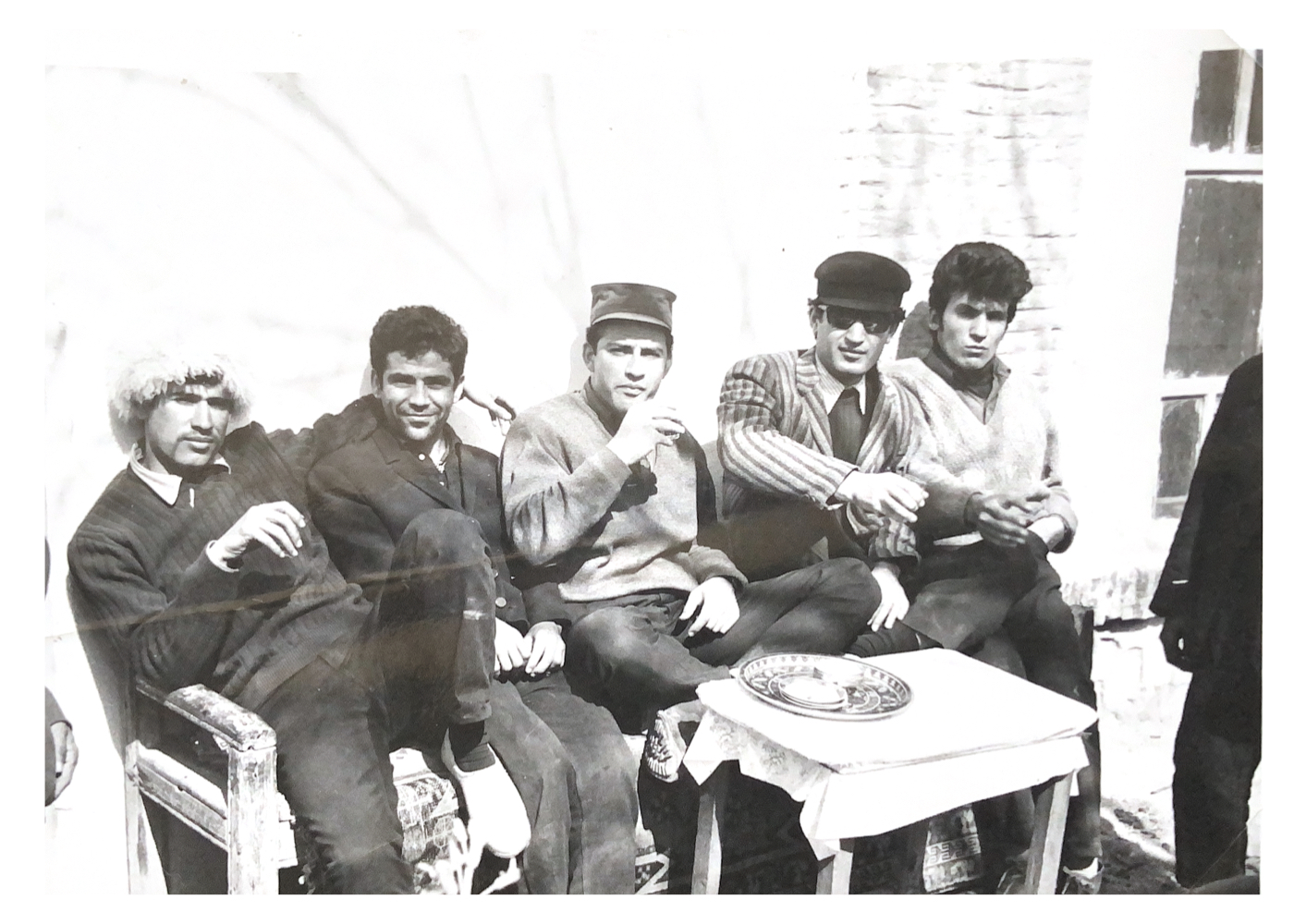
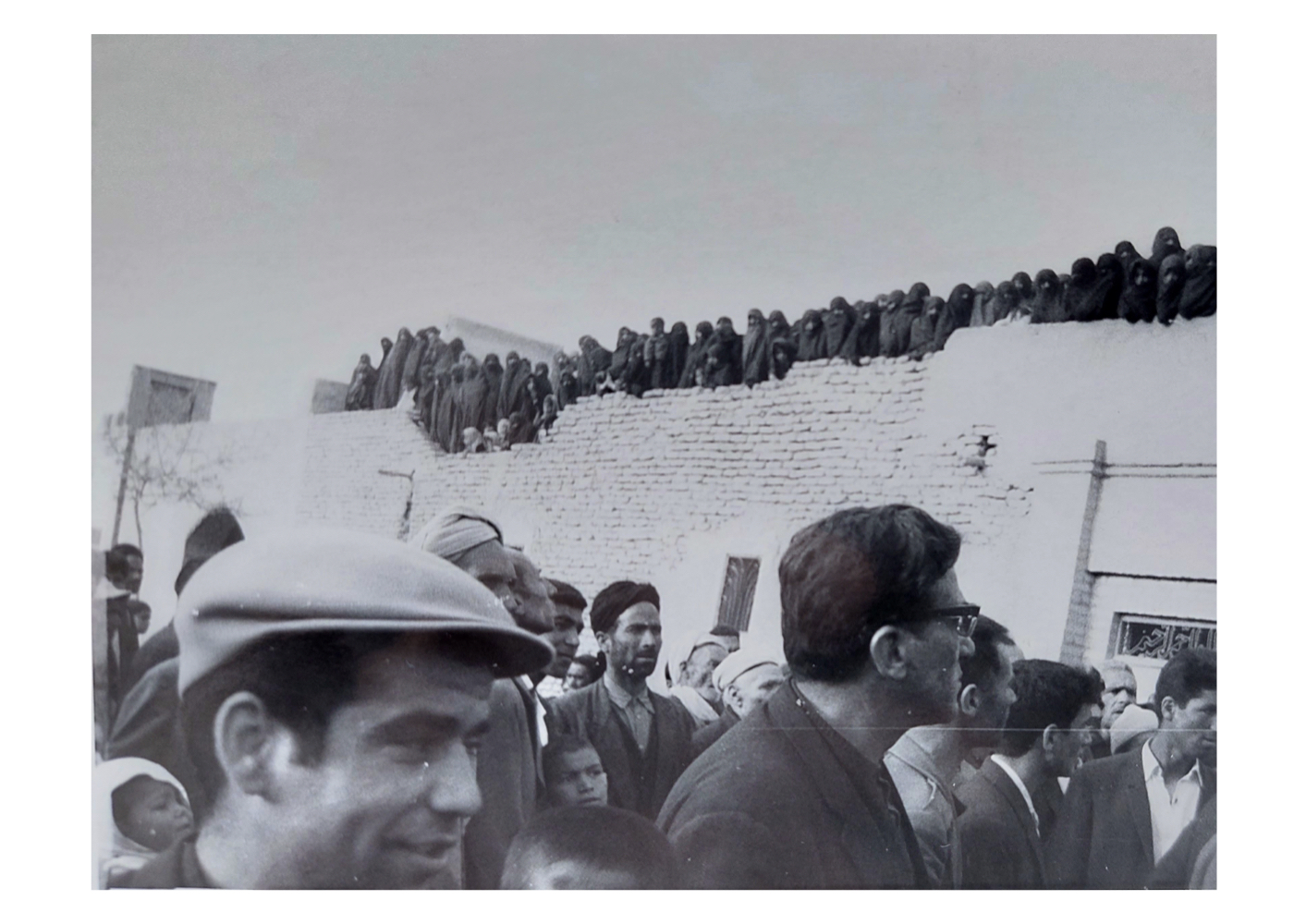
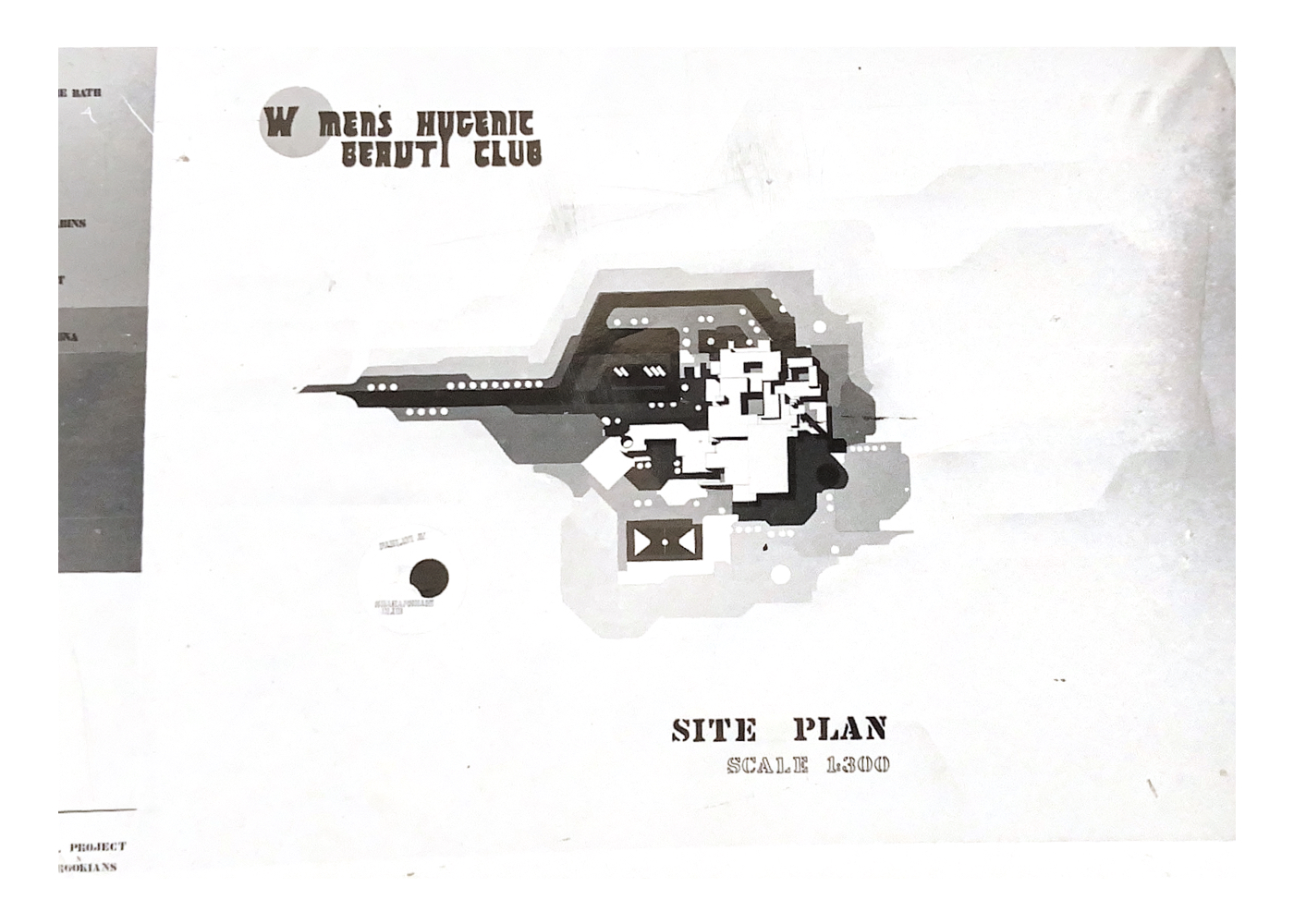
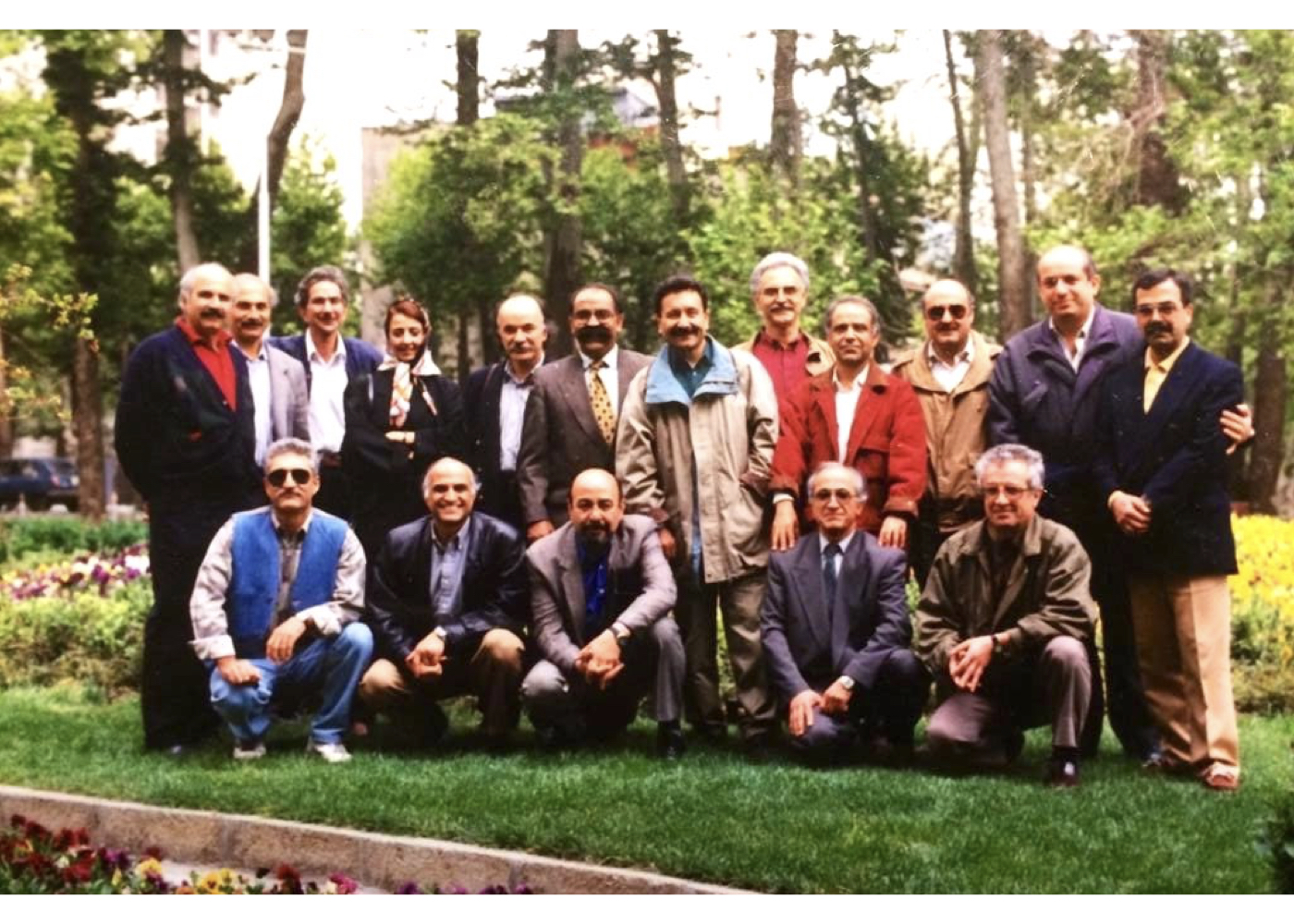
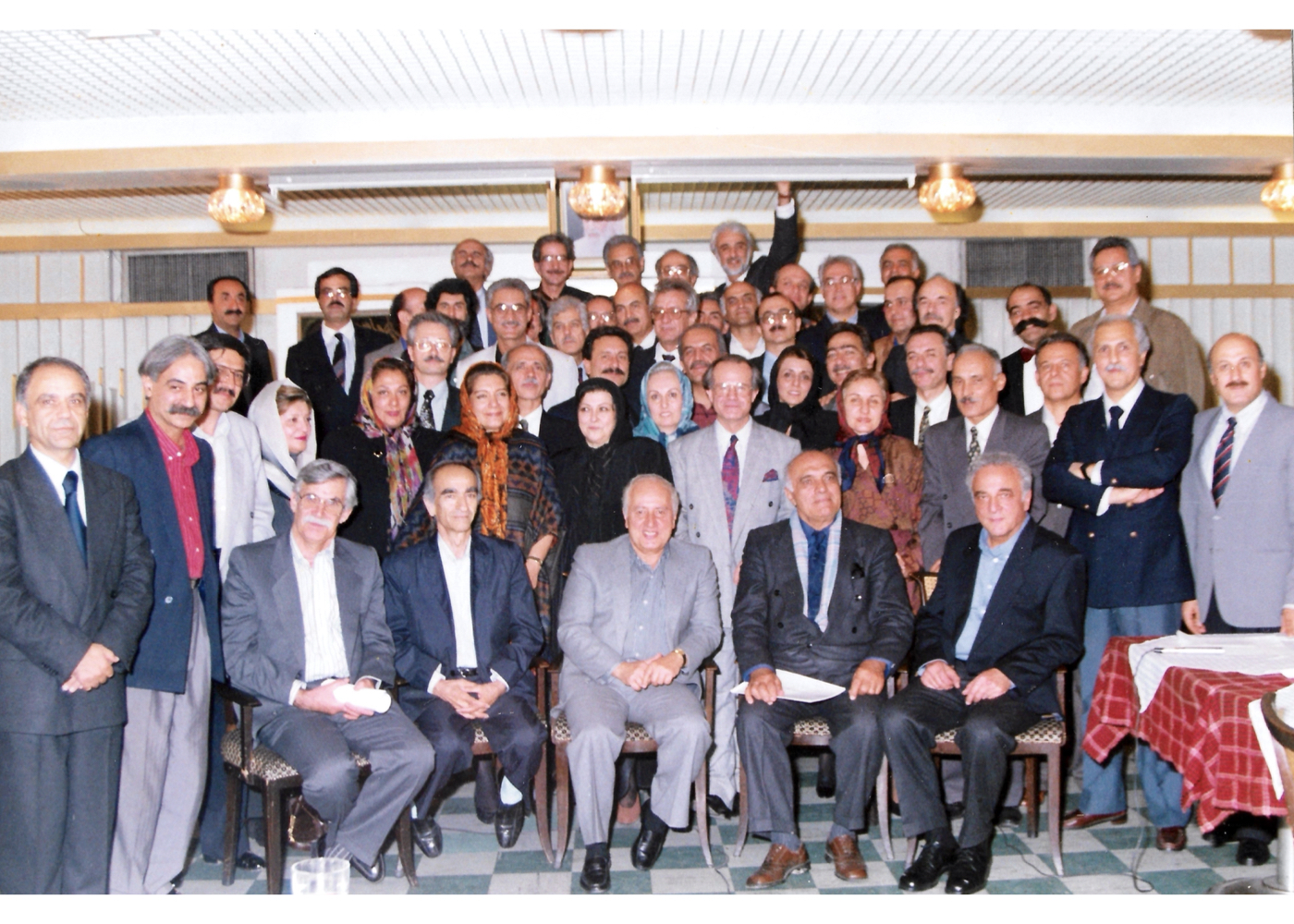
1954 – Makaram Elementary School, Eidgah
1965 – University of Tehran (Faculty of Architecture)
1965 – University of Tehran
1966 – Diploma of Architect Hossein Amanat
1967 – Diploma of the late Architect Oktay Parvaz
1967 – Diploma of the late Architect Saeed Khorramian
1967 – Trip Around the Desert
1967 – Trip Aroundn the Desert with the faculty
1968 – Diploma of Ms. ...
1993 – With university classmates – Garden of Artists
1995 – 30-Year Friendship Celebration
Gholamreza Pasban Hazrat was born in 1944 in Mashhad and graduated in 1972 with a degree in architecture from the Faculty of Fine Arts at Iran University.
Photos from academic years.
He began his architectural career in 1967 at the office of architect Hossein Amanat. In 1972, alongside two fellow university colleagues, he co-founded the consulting firm “UP Consulting Architects”.
The office undertook a variety of projects, including a hotel in northern Iran, several villas and apartment buildings, the Khshayār branch of Bank Melli, Jamshidieh Garden, and Negarestan Museum in Tehran.
Photos from the Executive Work Period.
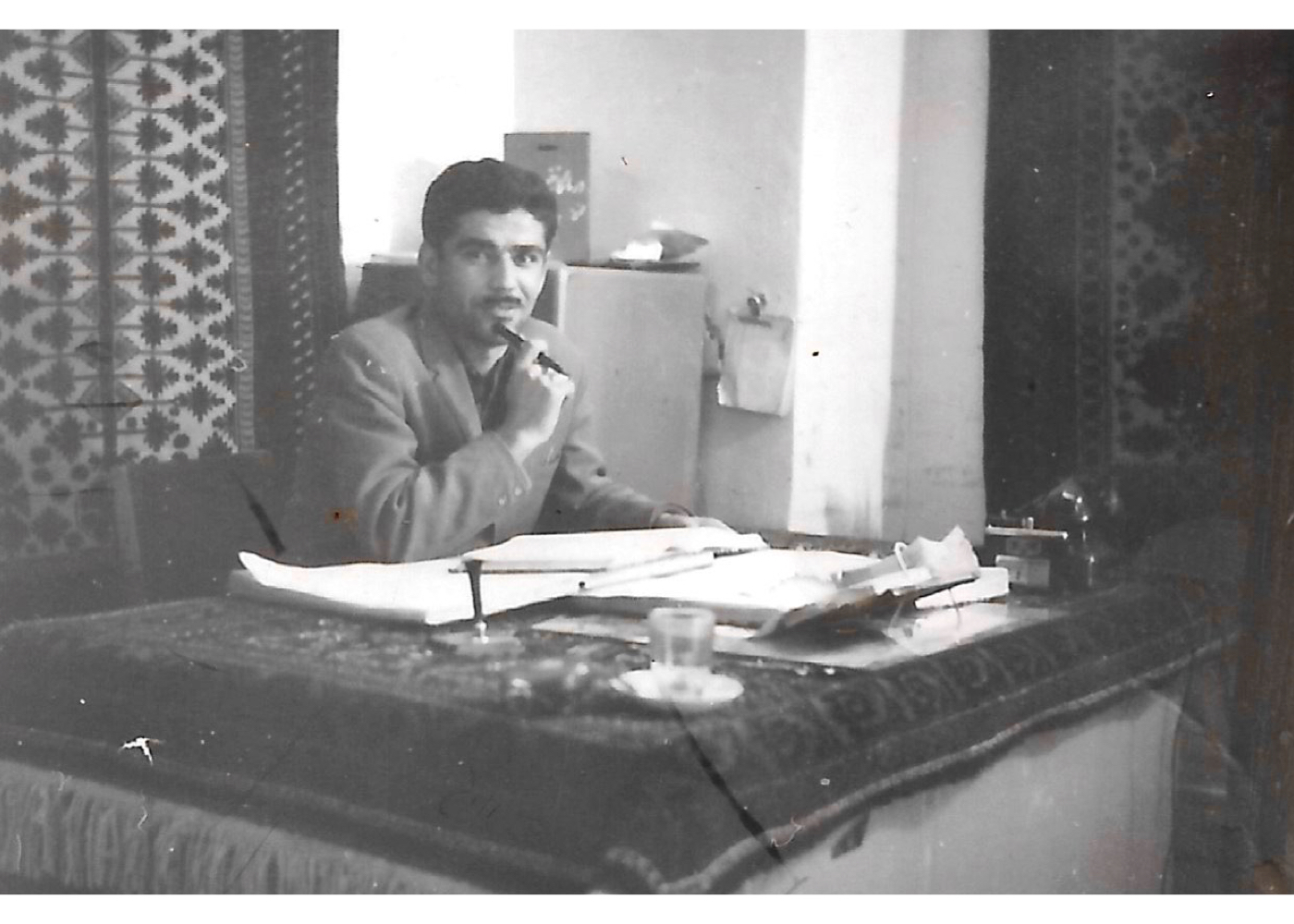
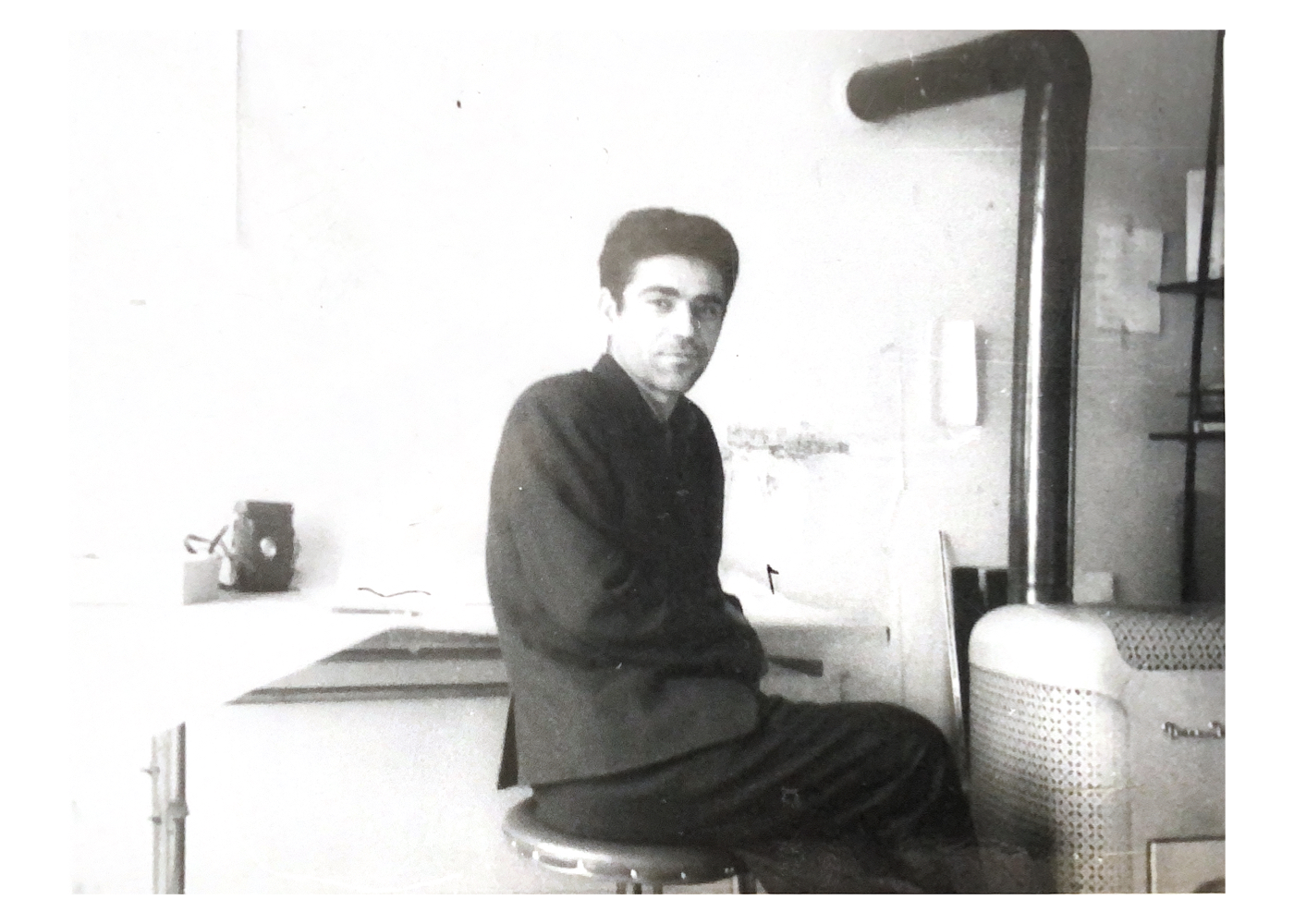
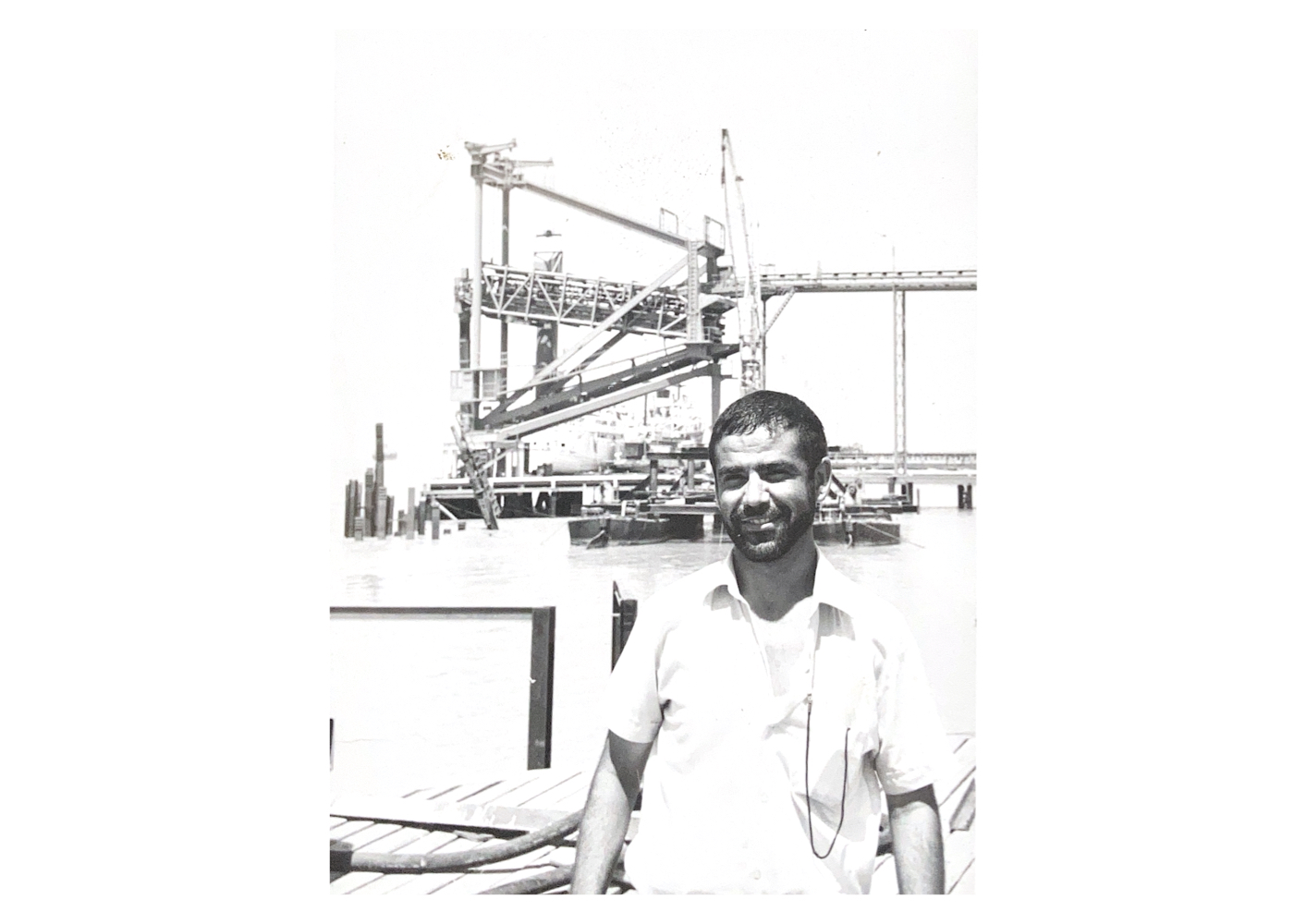
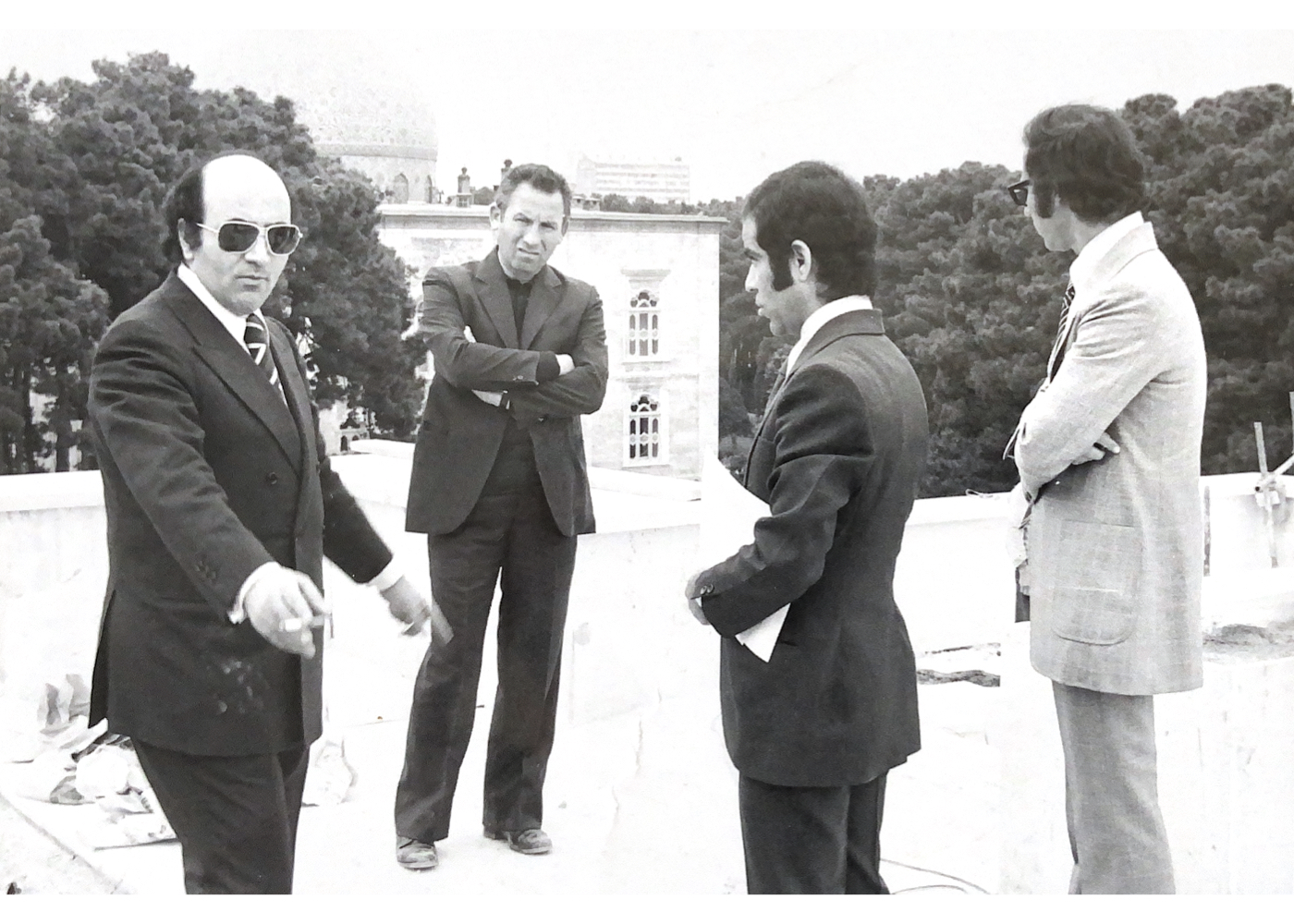
1959–1965 – Accountant at Taghchehchian Trading Company – Mashhad
1968 – At the early office of Architect Amanat (in his residence)
1970 – Supervision of dock and facilities for the Ministry of Agricultural Products
1973 – With the late Architect Manouchehr Iranpour at Negarestan Museum
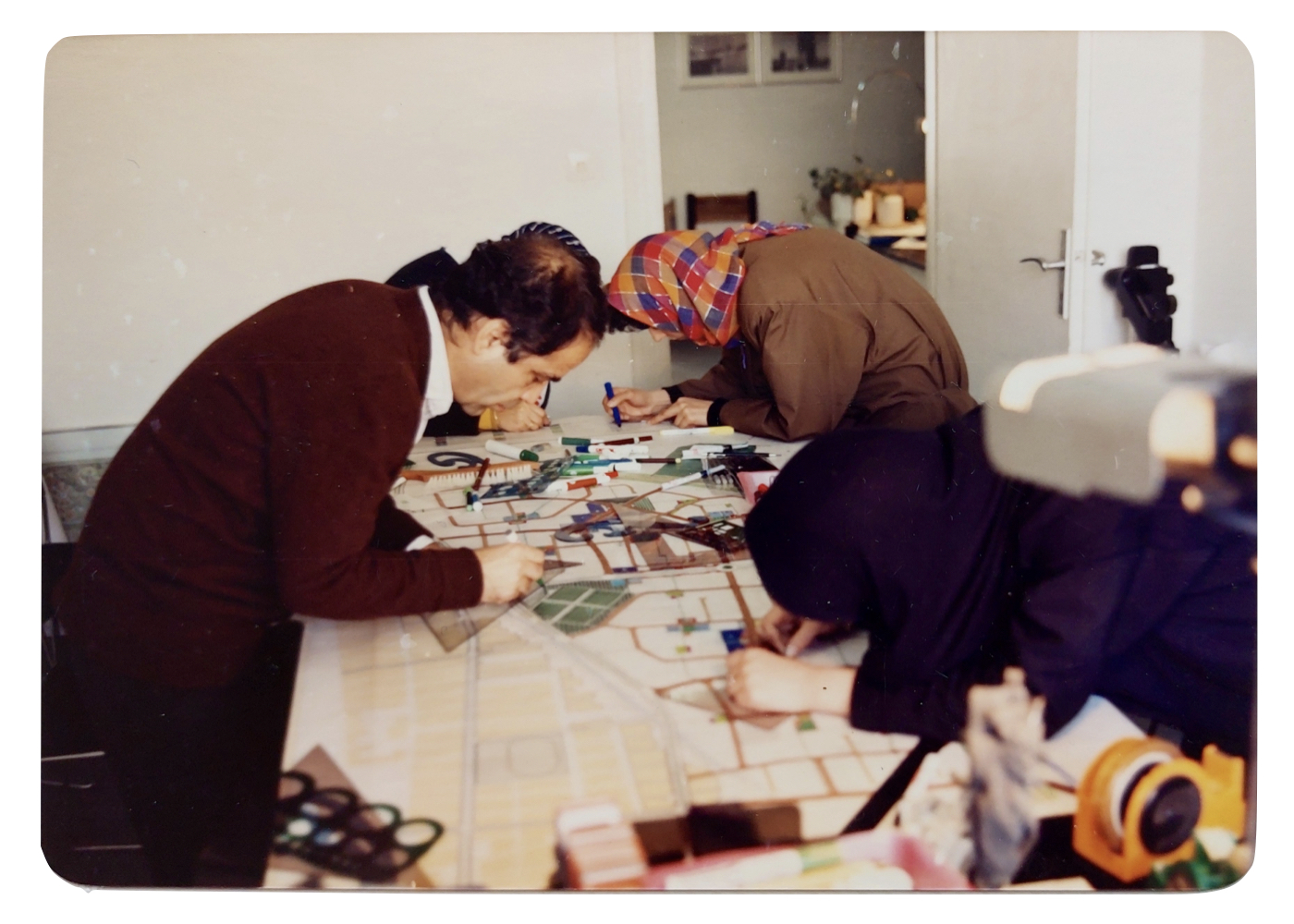
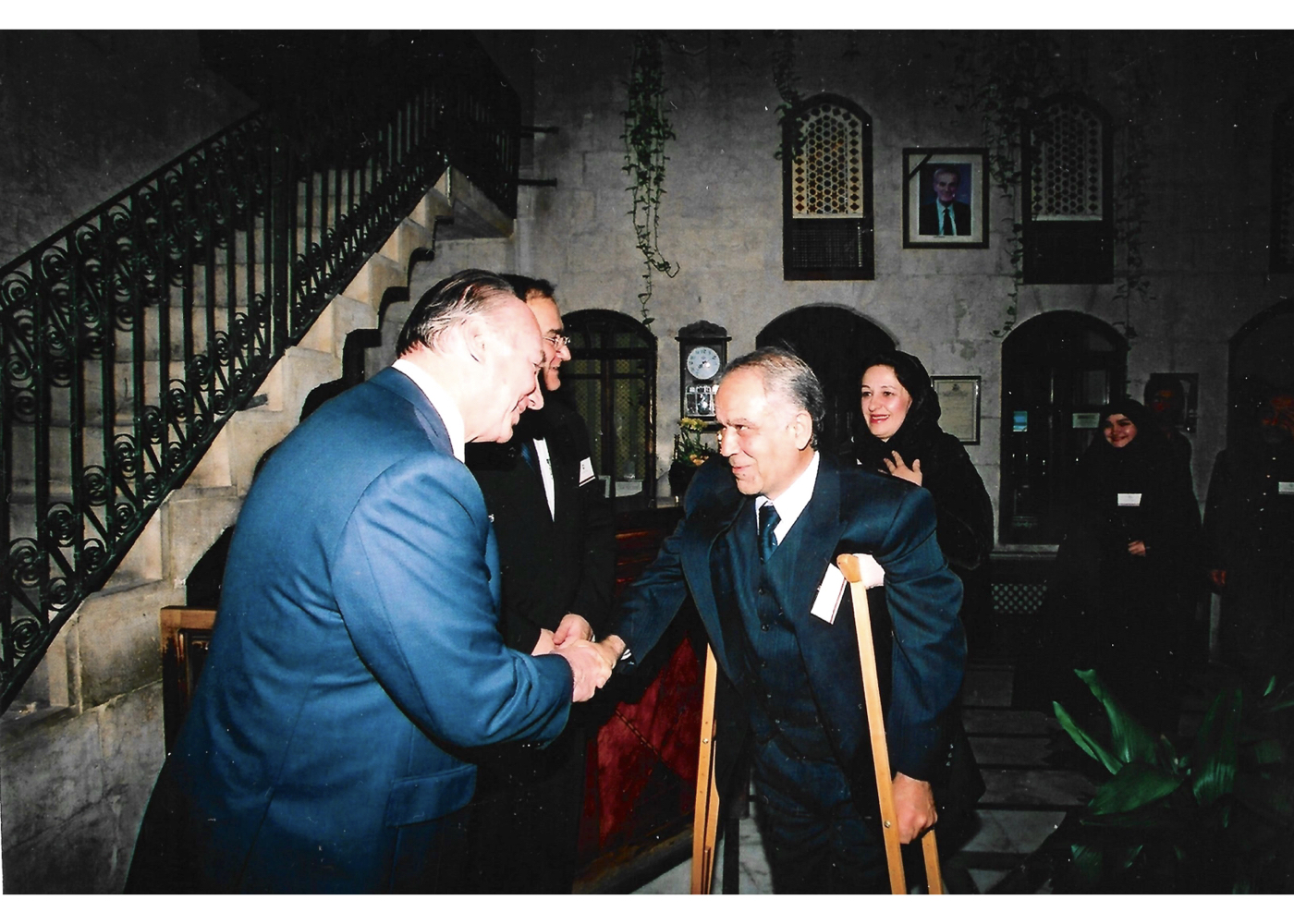
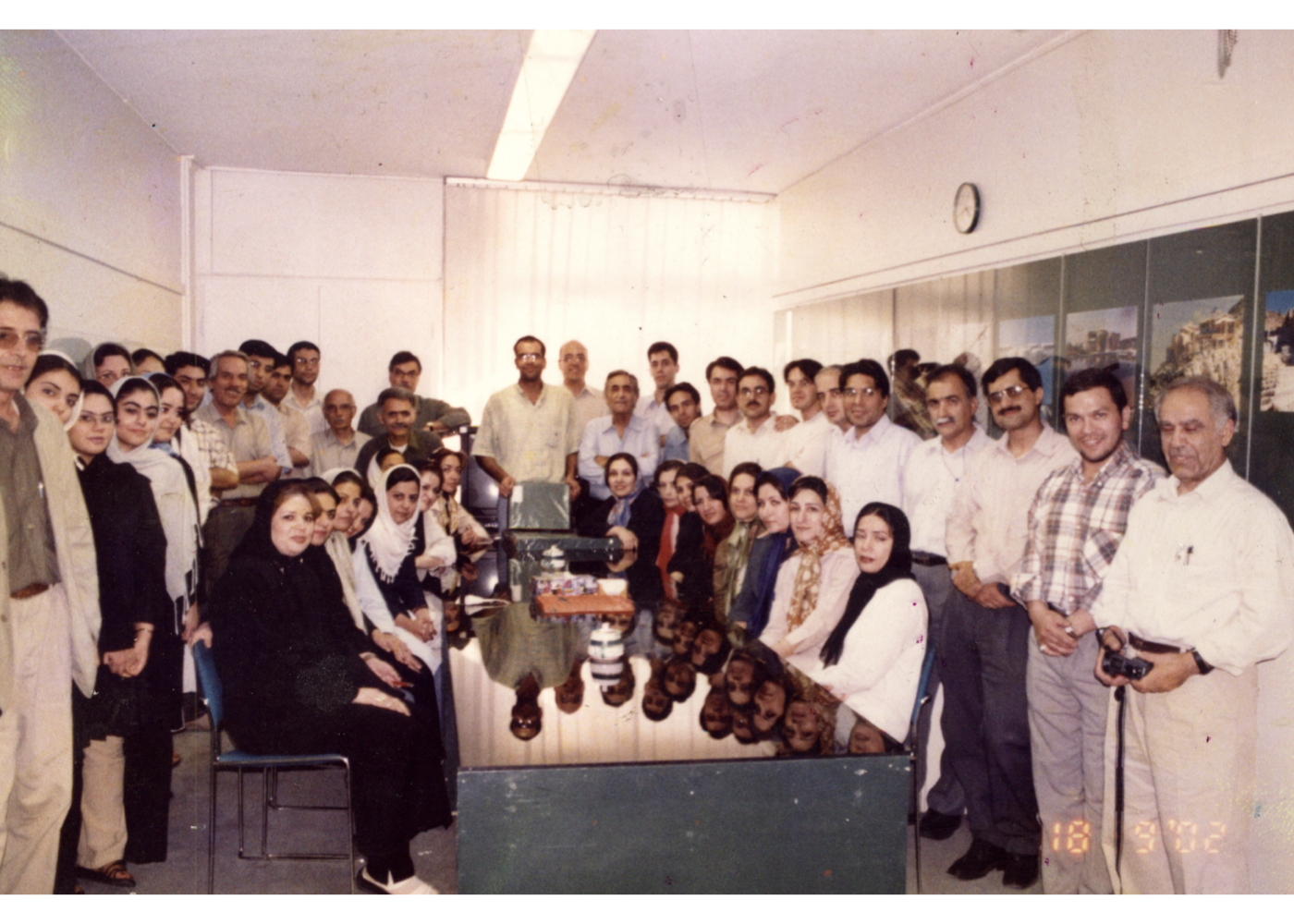
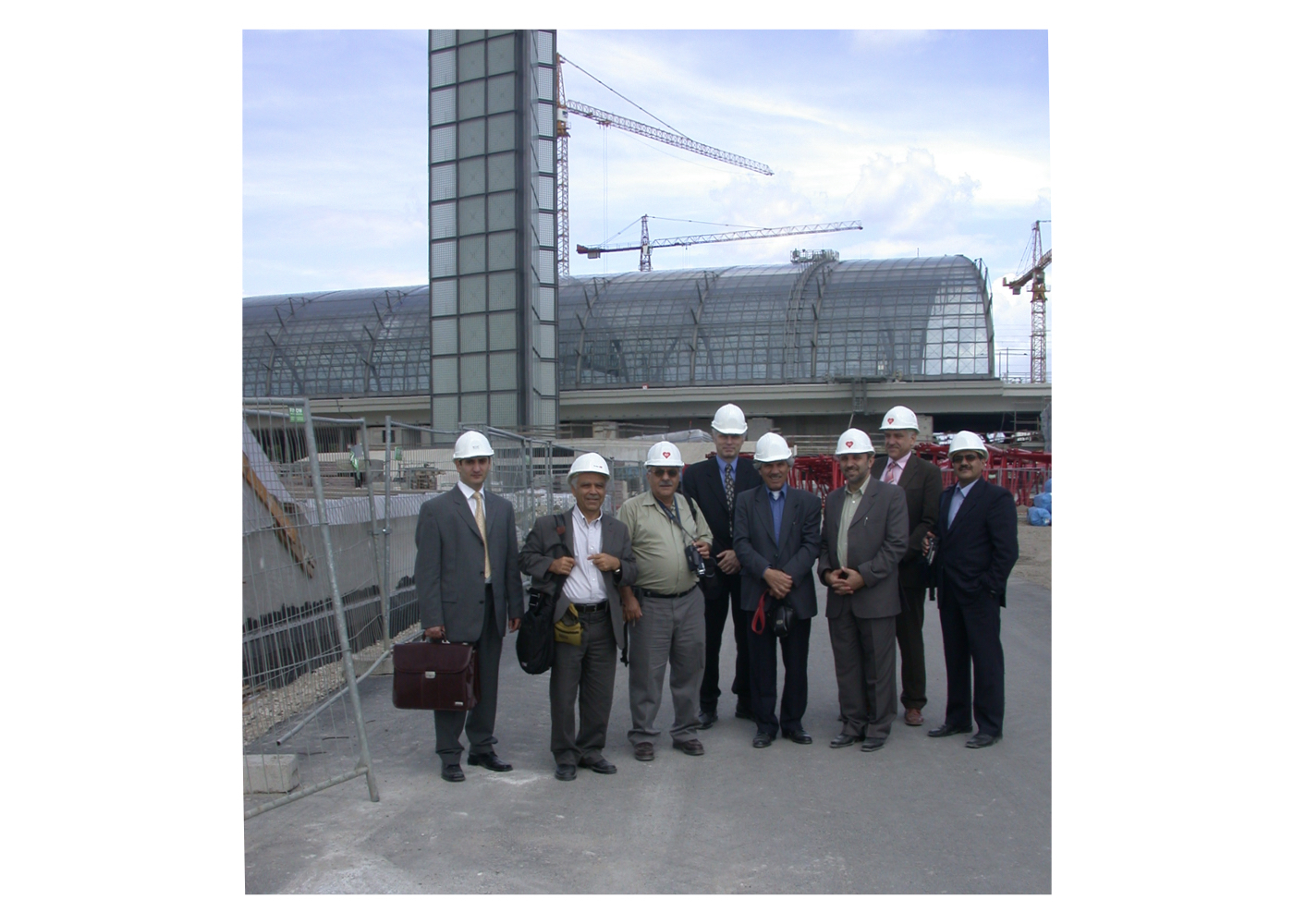
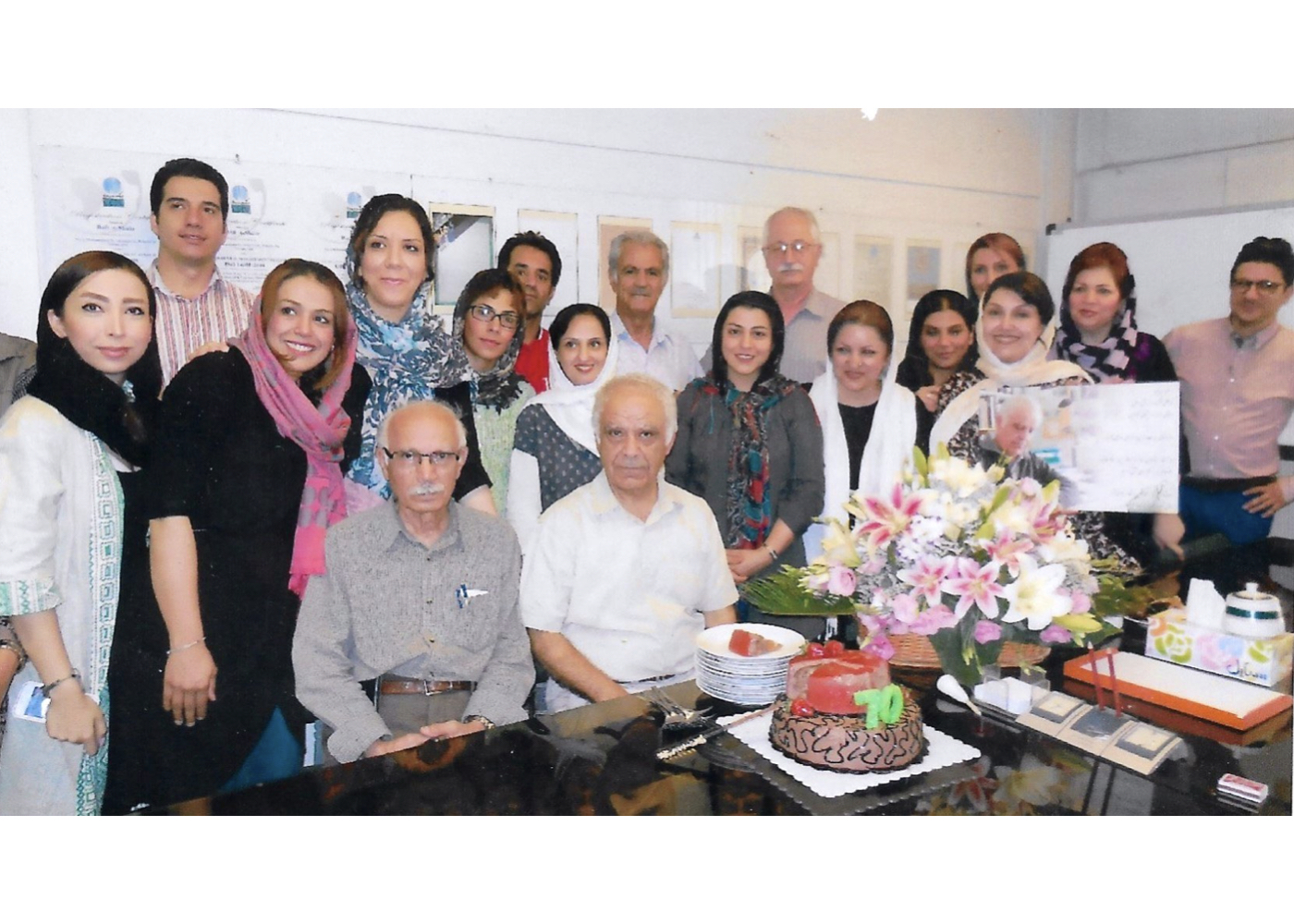
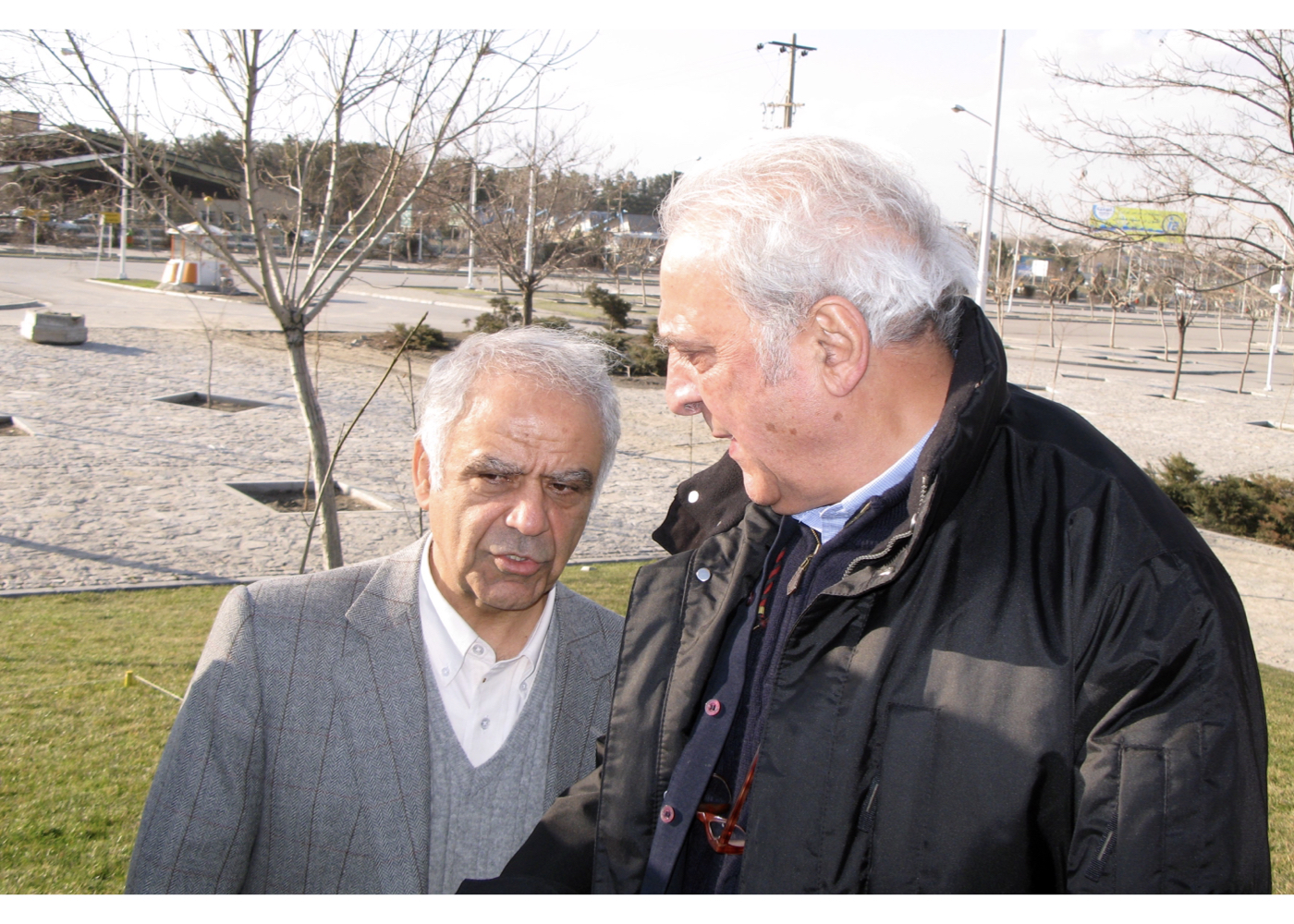
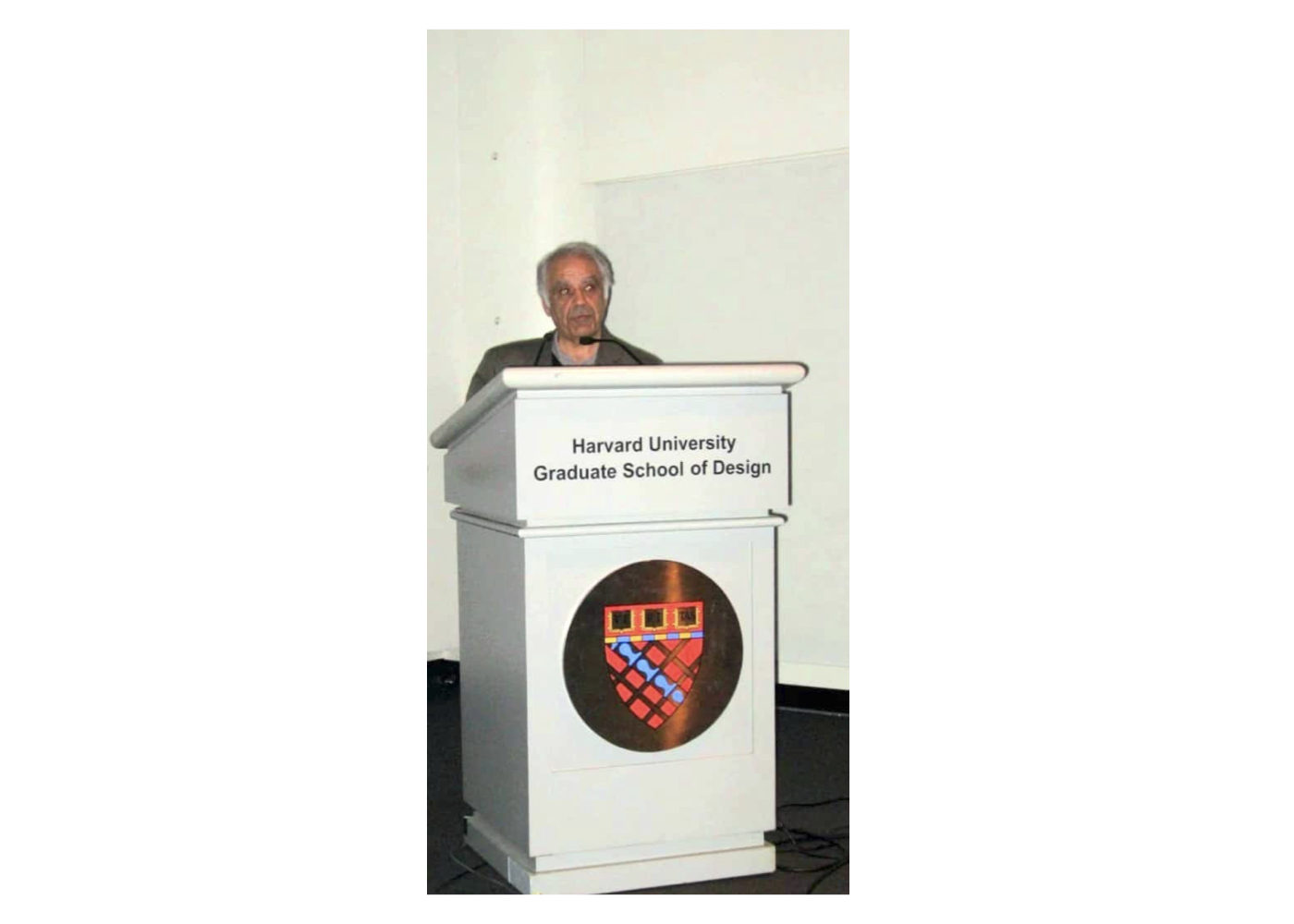
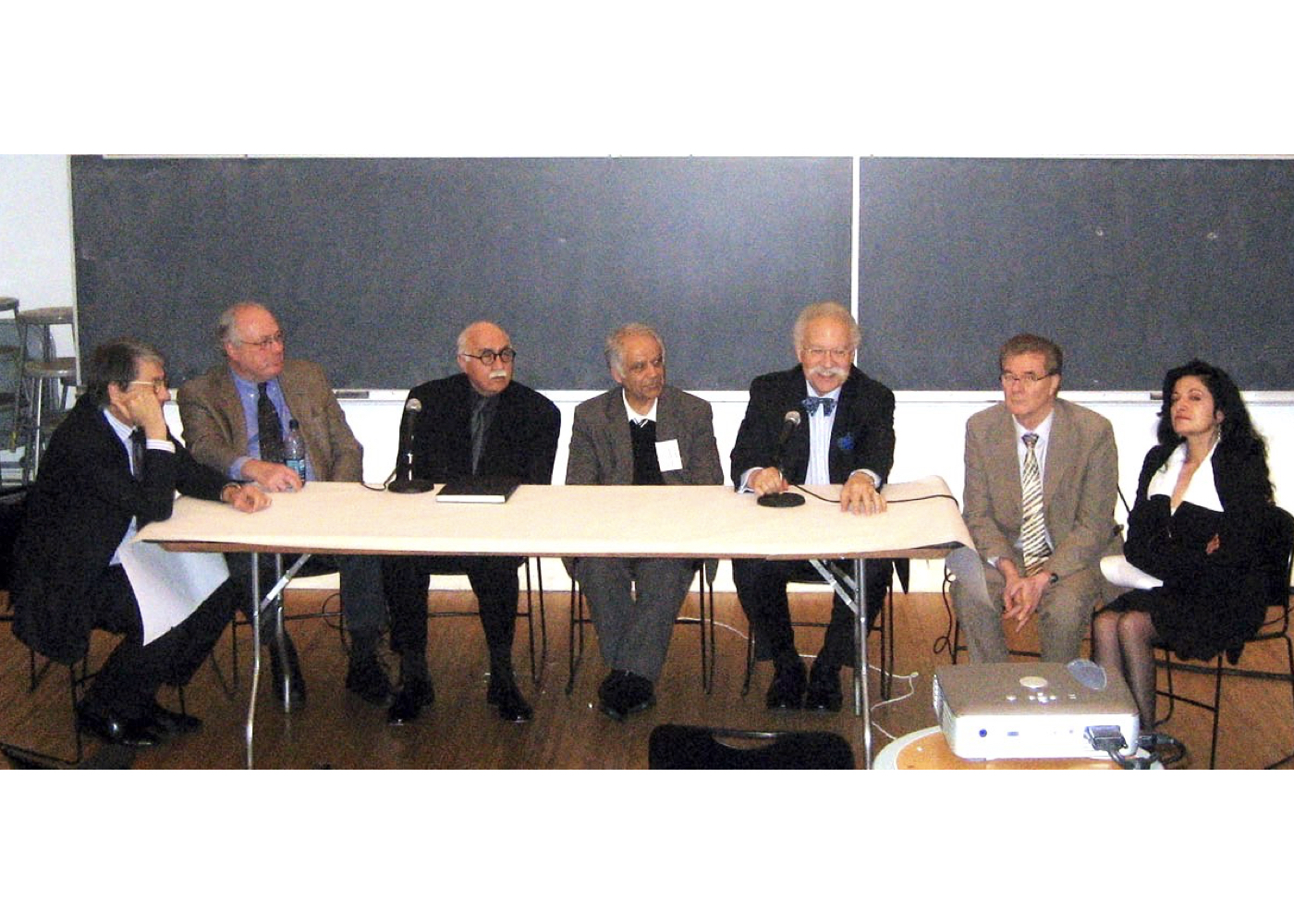
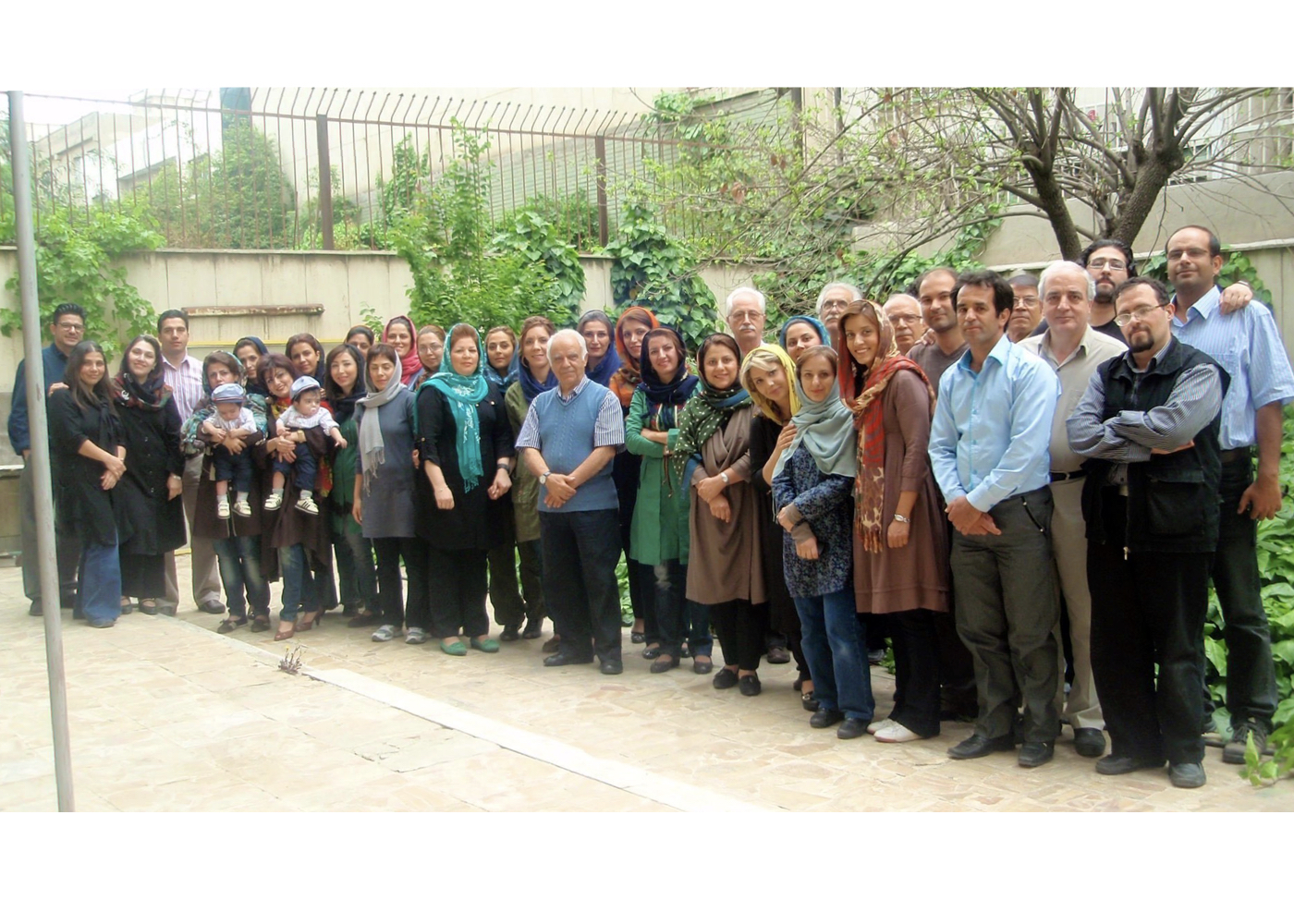
1987 – Preparation for Birjand Project
2001 – Syria, Aleppo – Aga Khan Award
2002 – With colleagues at Baft-e-Shahr
2004 – Berlin – Selection of partner consultant
2006 – My birthday at Baft-e-Shahr
2007 – With the late Professor Dr. Mirfenderski – Selecting the site for the Khorasan Museum
2008 – Harvard – PechaKucha Night
2008 – Roundtable at the Catholic Faculty of Architecture – Washington
2013 – With colleagues at Baft-e Shahr
In 1979, with a group of colleagues and friends, he co-founded Baft-e- Shahr Consulting Architects, where he served for nearly three decades as CEO and Director of Reasearch and Design. He continued as Director of R&D even after stepping down from executive leadership.
Over four decades of architectural and urban design leadership, he oversaw and directed seven major categories of design projects in architecture, landscape architecture, urban planning and urban–environmental design. These works are grouped as follows:
Images from Activities in Bafte-e-Shahr.
1. Residential Buildings and Housing Complexes – 29 projects, totaling around 4,000 housing units across various parts of the country
2. Public Buildings (cultural, educational, athletic, artistic, commercial, and mixed-use) – 66 buildings
3. Urban Campuses (interconnected gardens, cultural and tourism complexes) – 15 campuses
4. Public Gardens (Parks) – 7 gardens
5. Urban Landscape Architecture – 14 projects
6. Urban–Environmental Design – 38 projects
A new approach to the planning and design of urban areas influenced by or impacting natural elements
7. Special Projects – 15 projects
Photos from Site Visits by Experts and Study Group Directors of the Project.
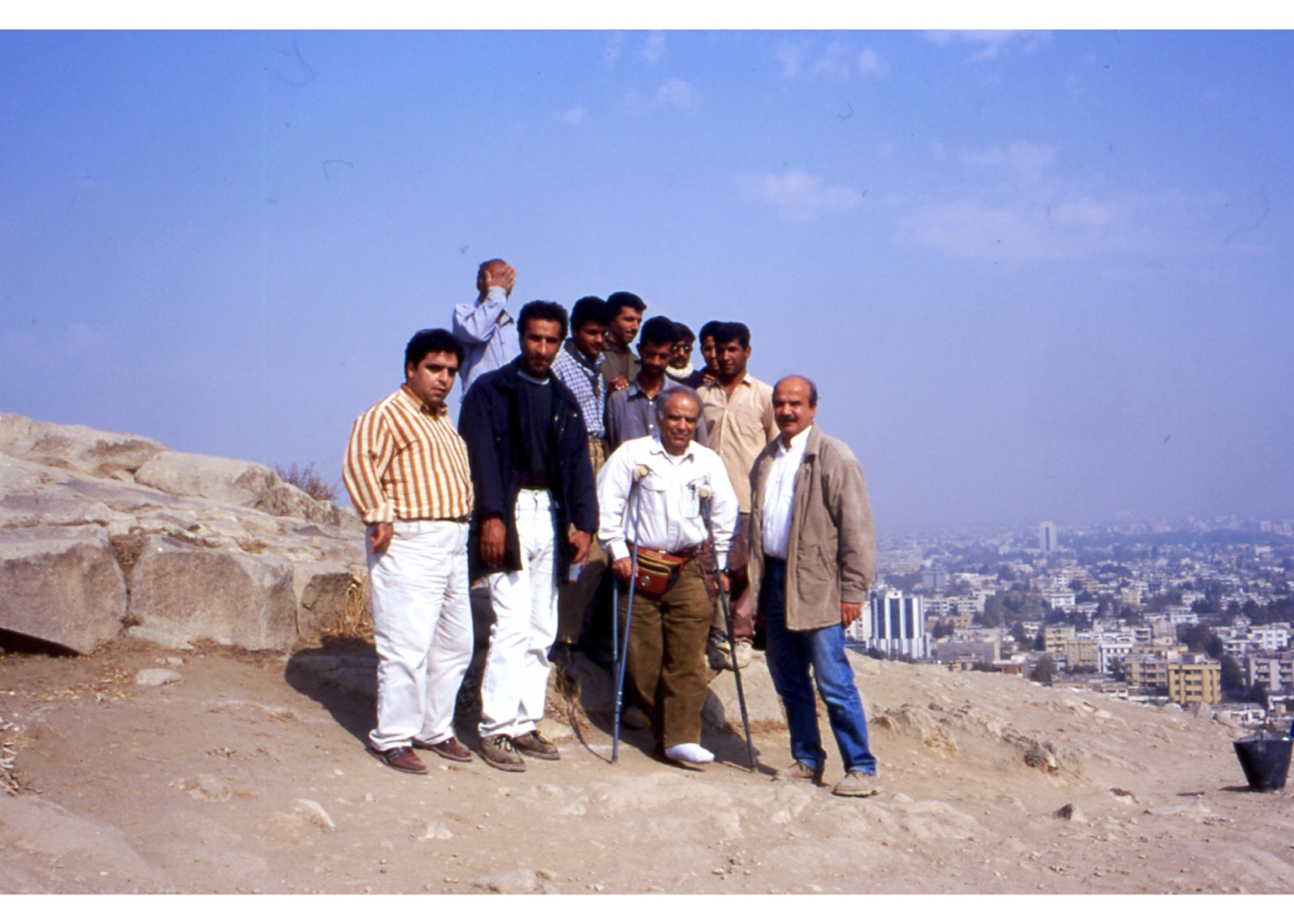
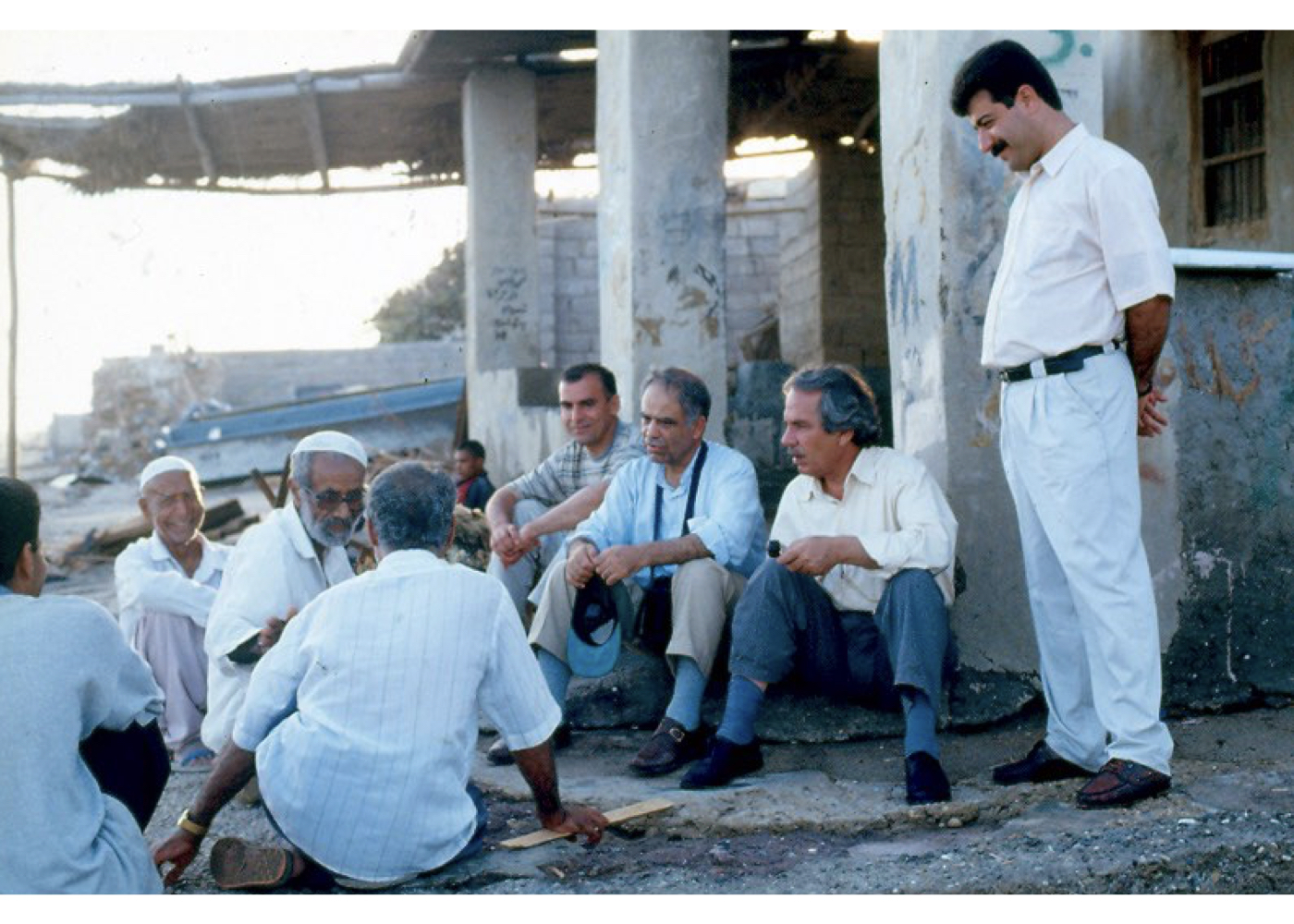
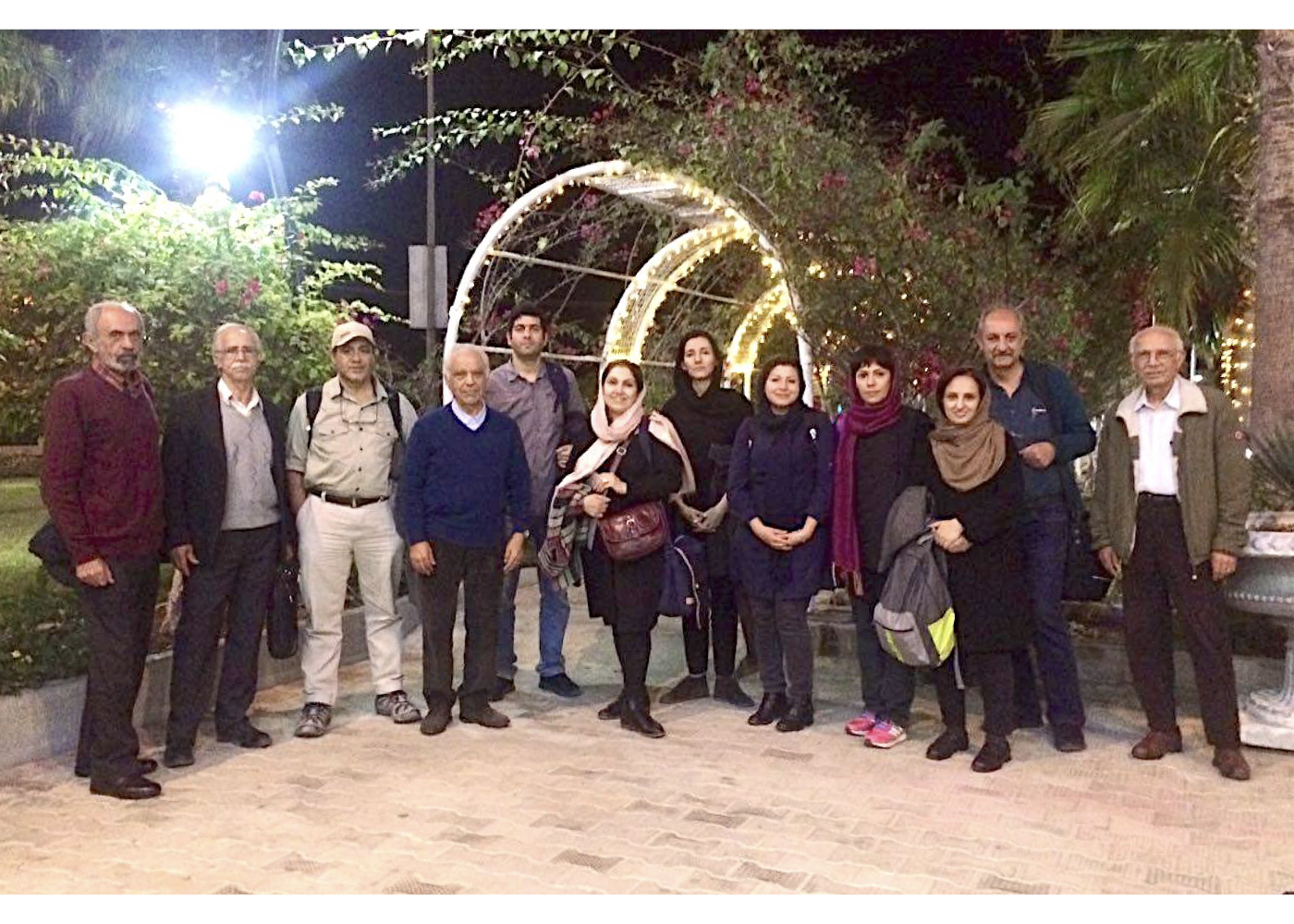
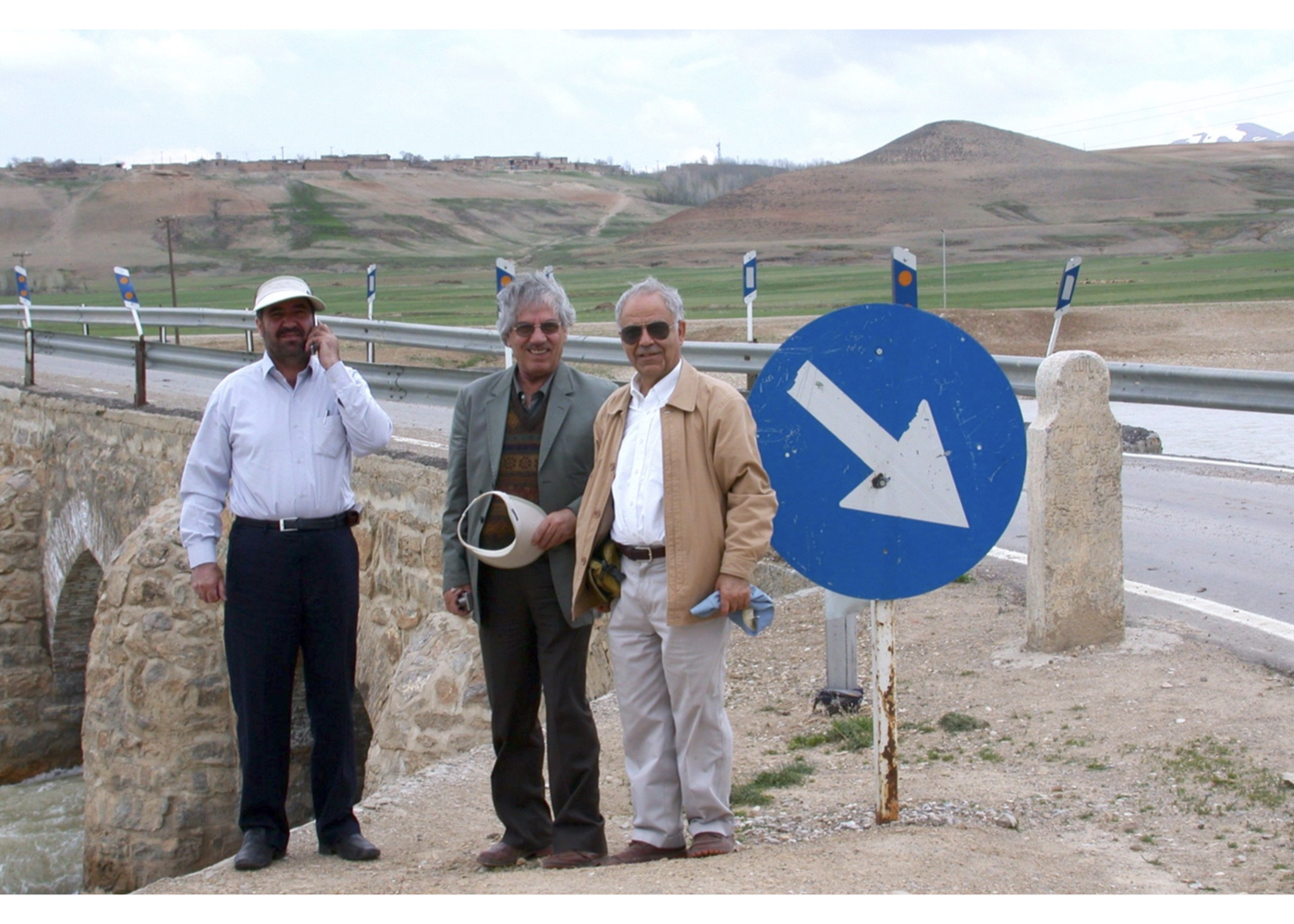
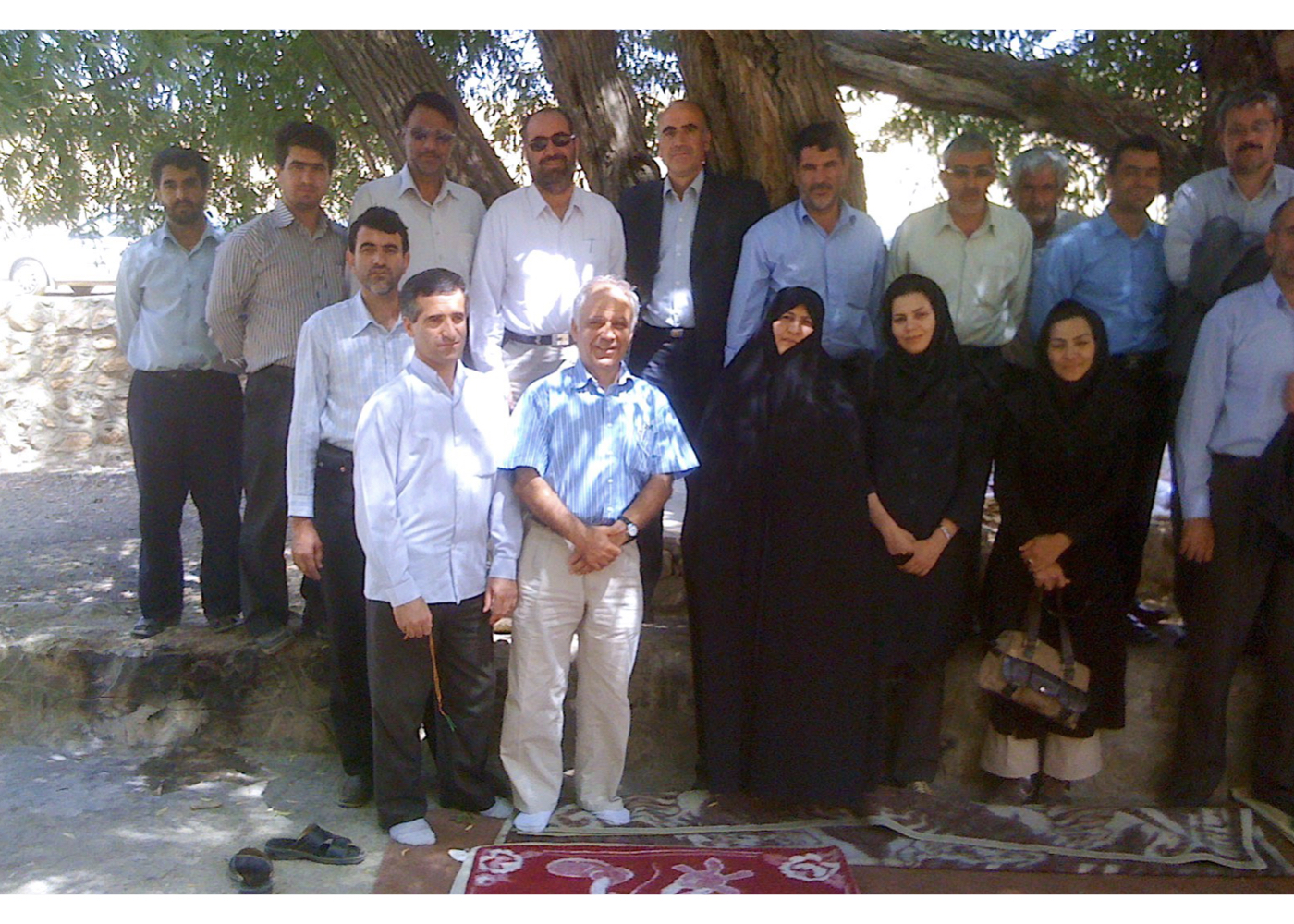
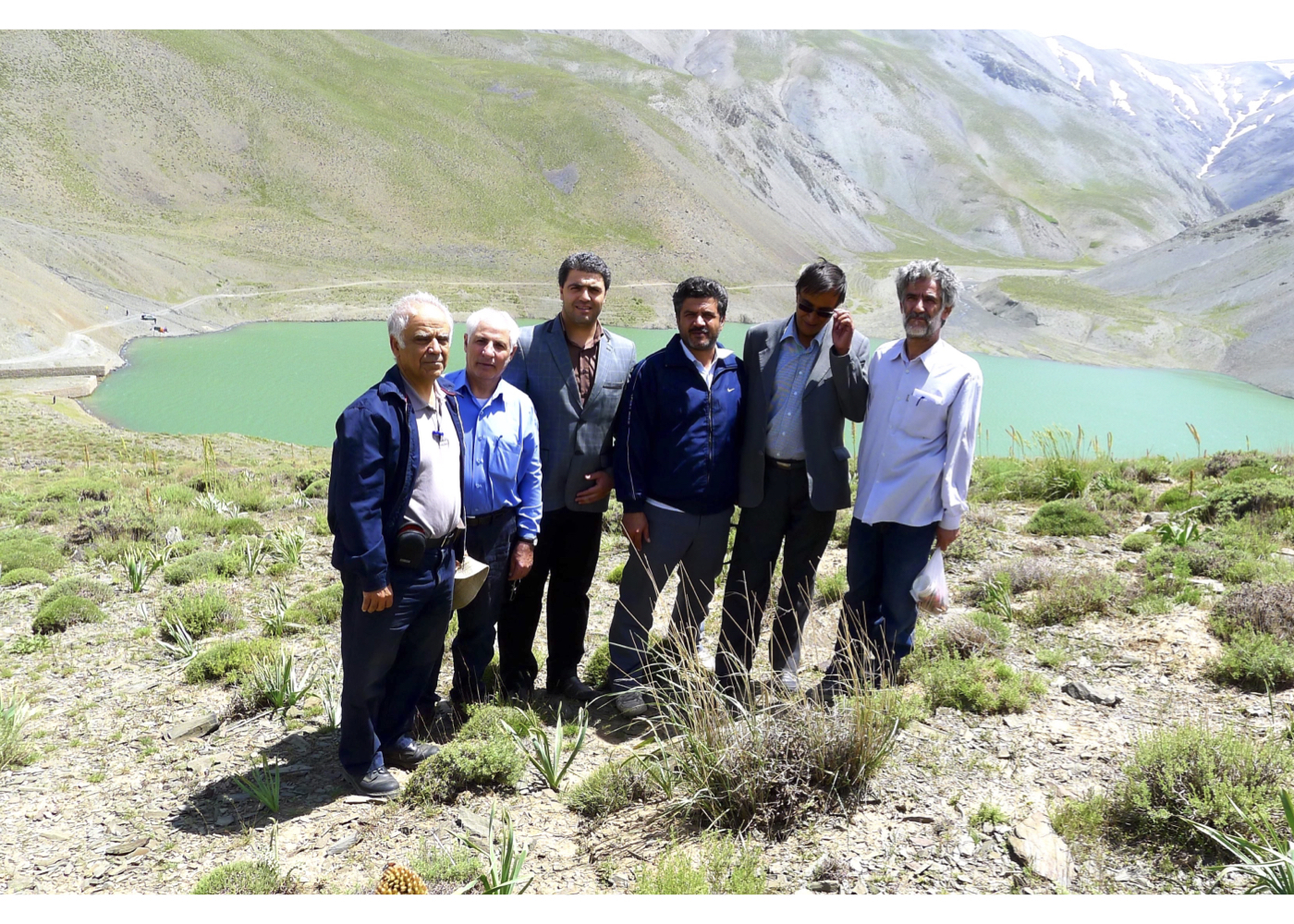
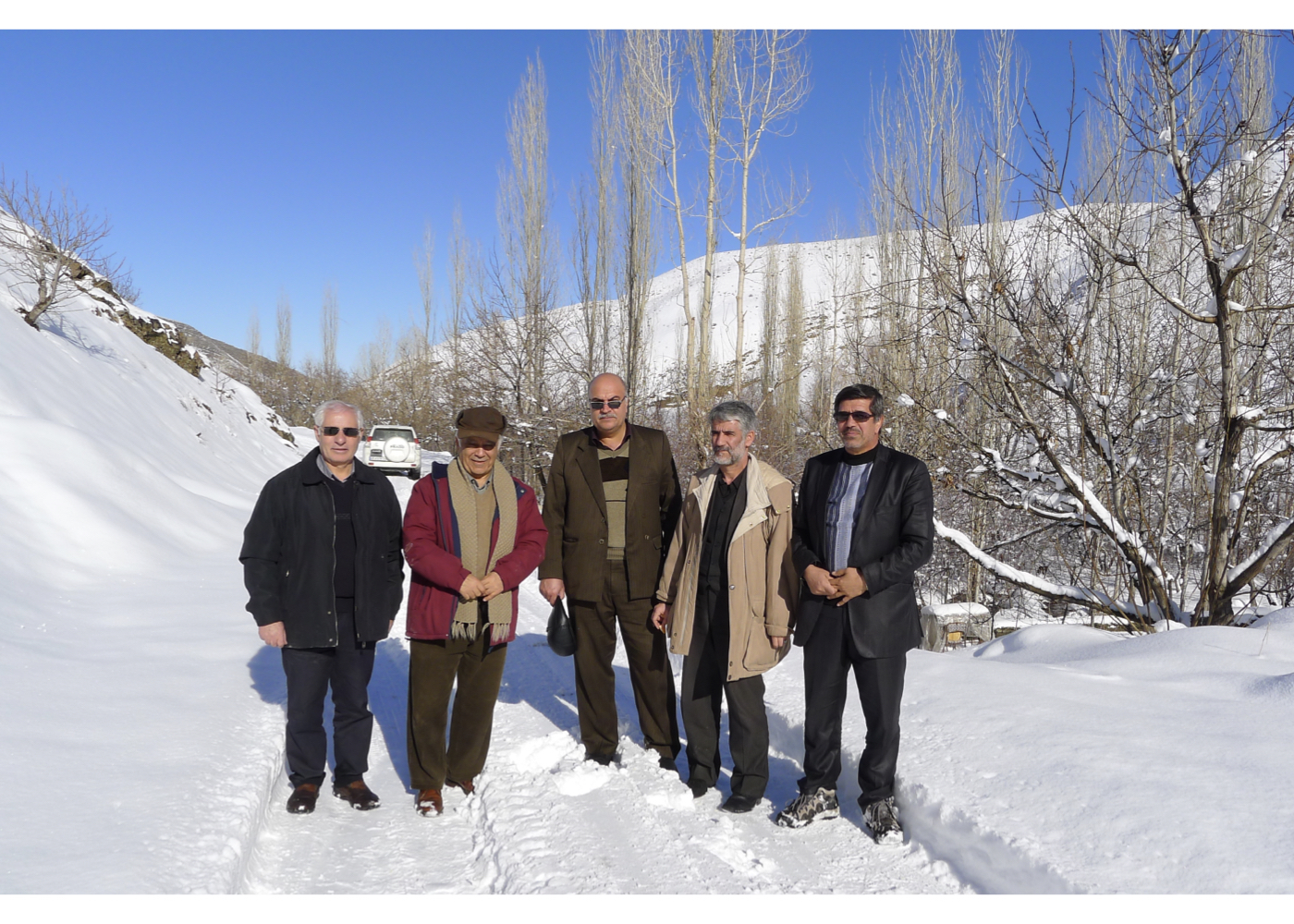
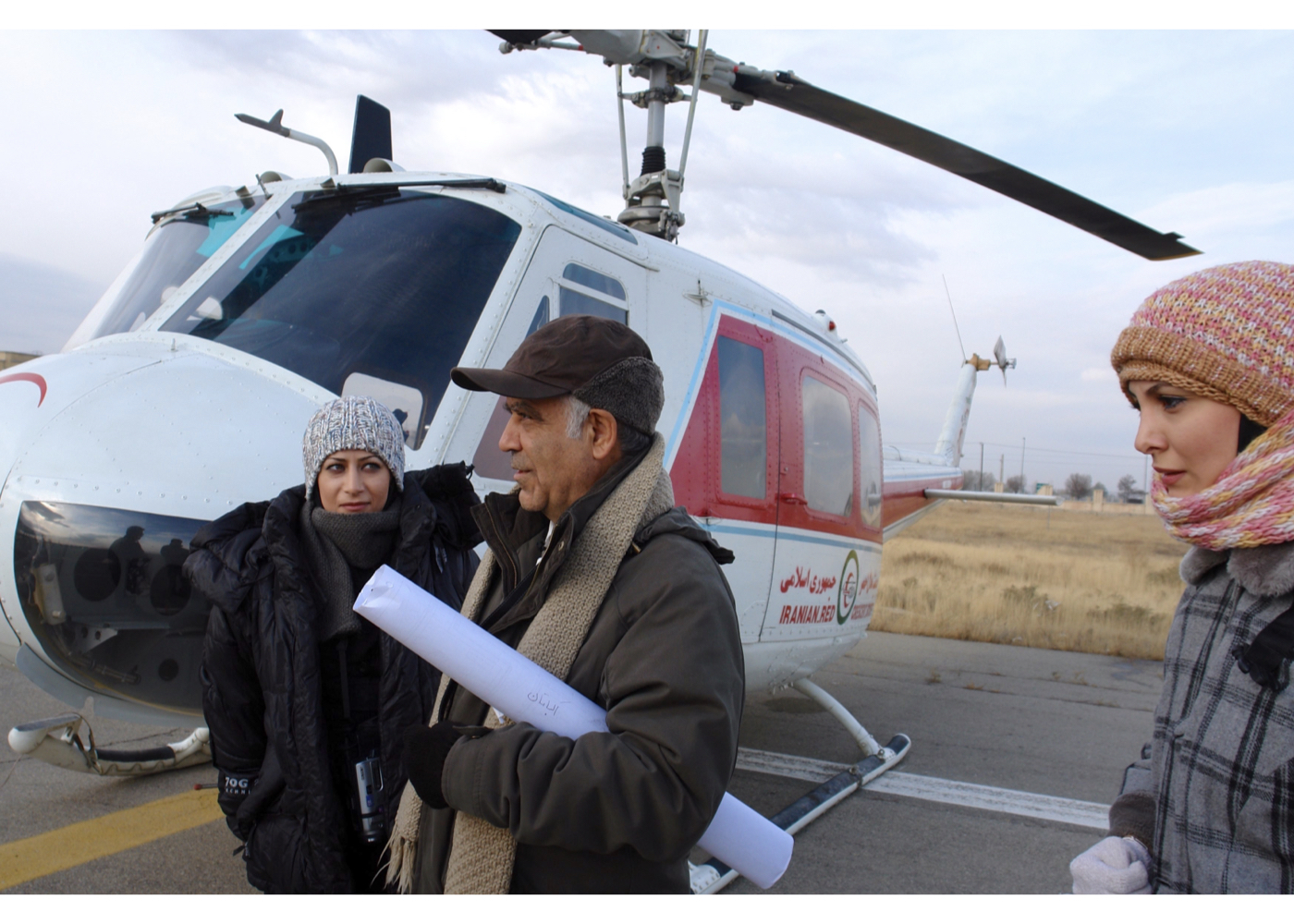
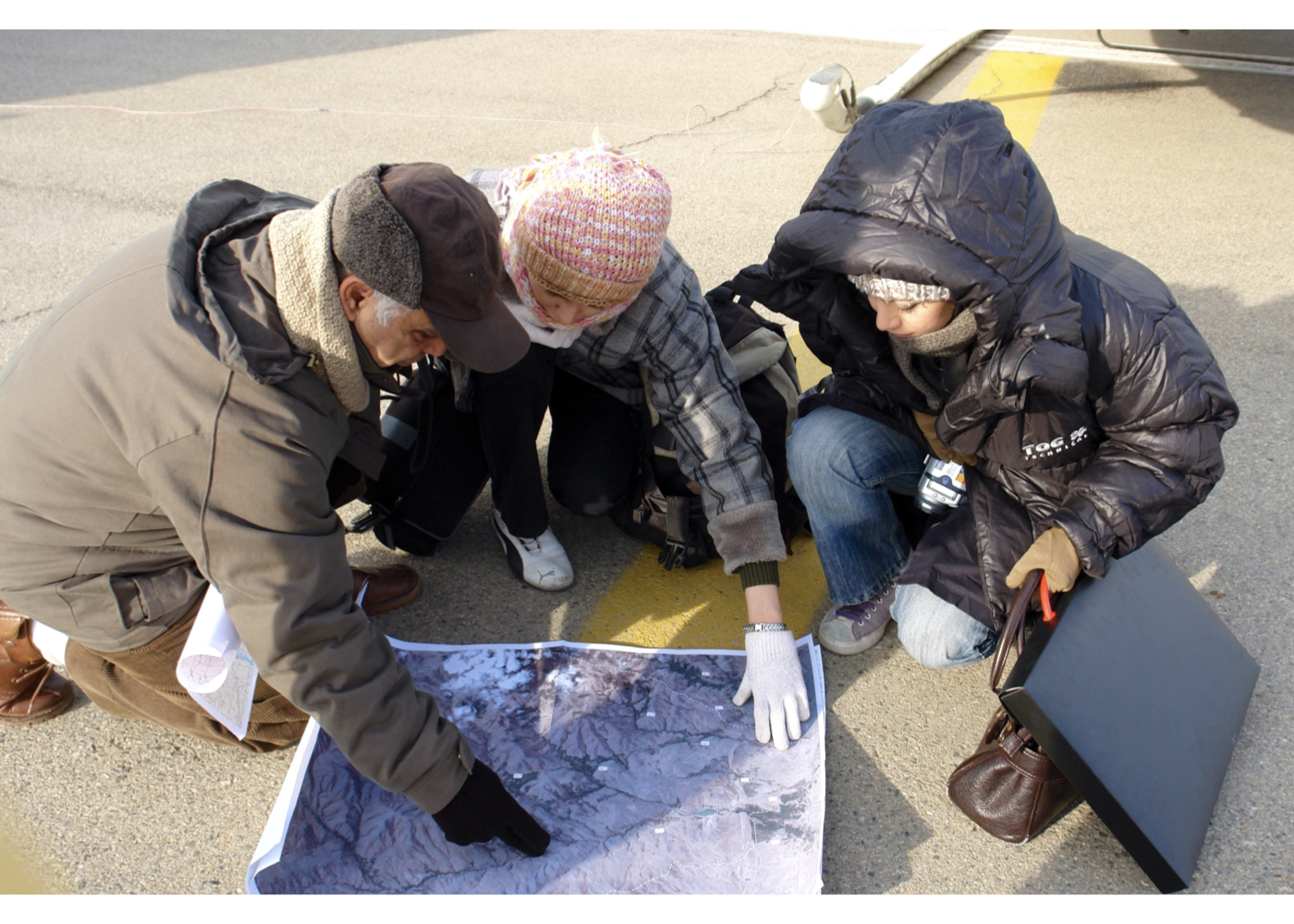
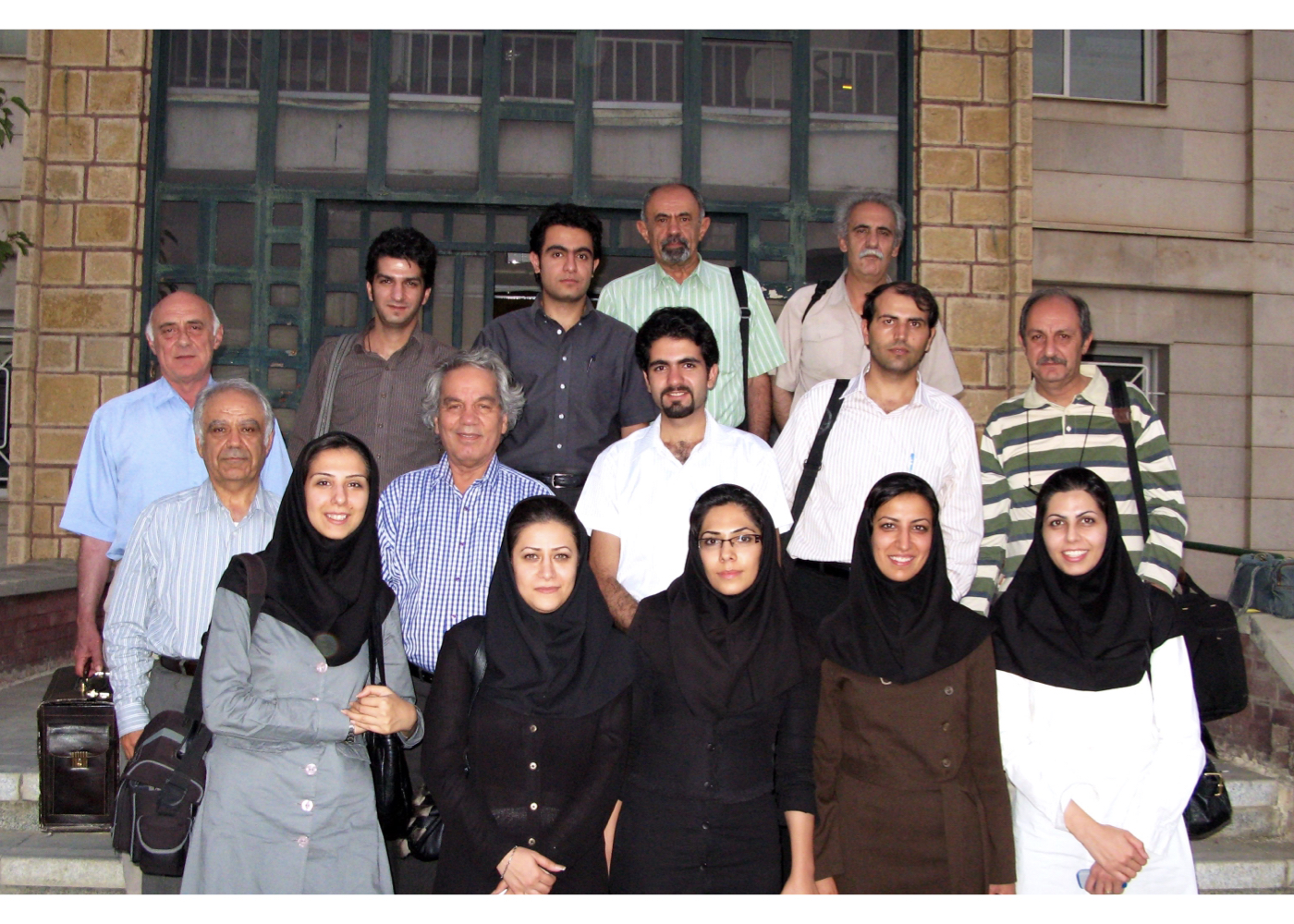
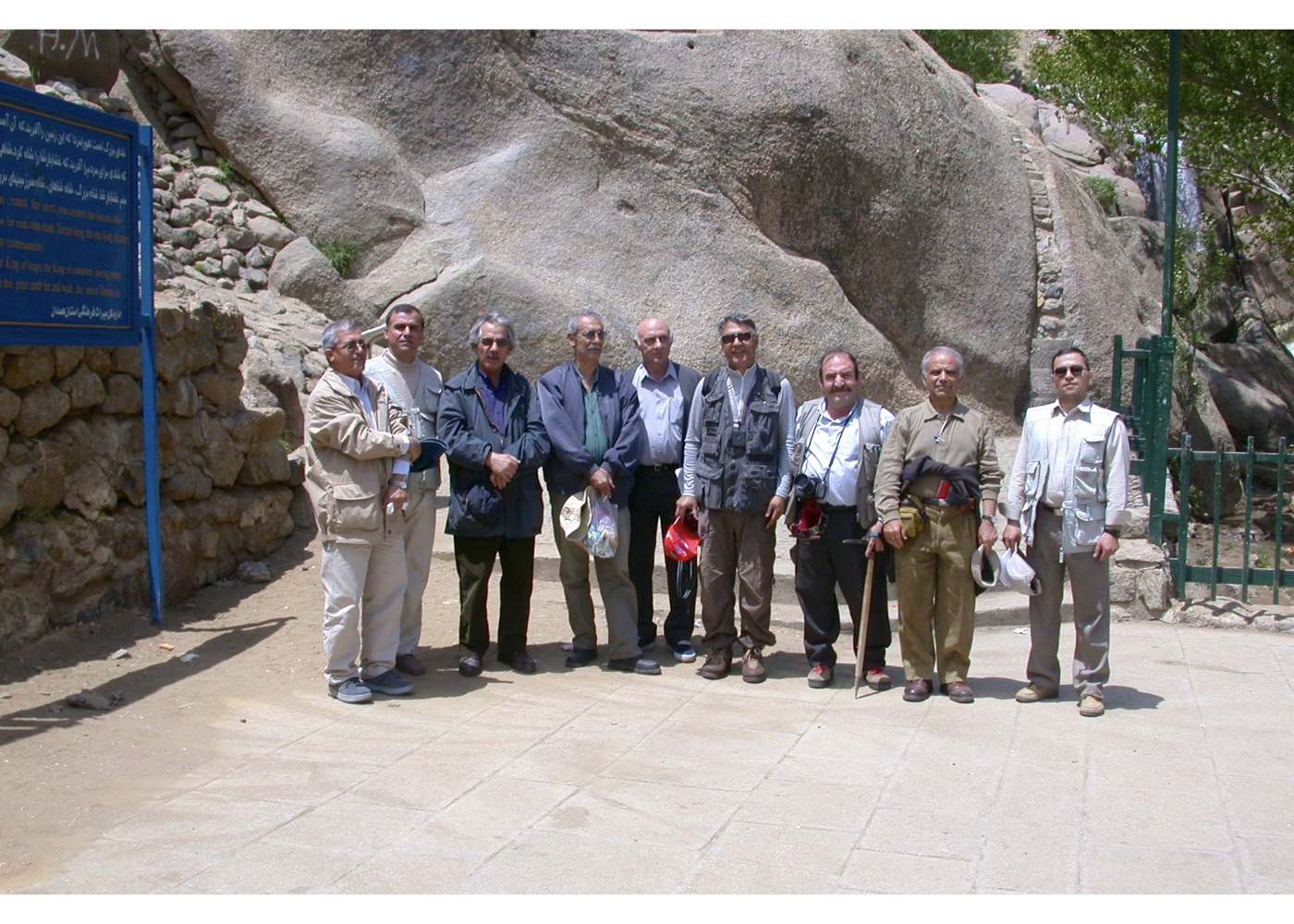
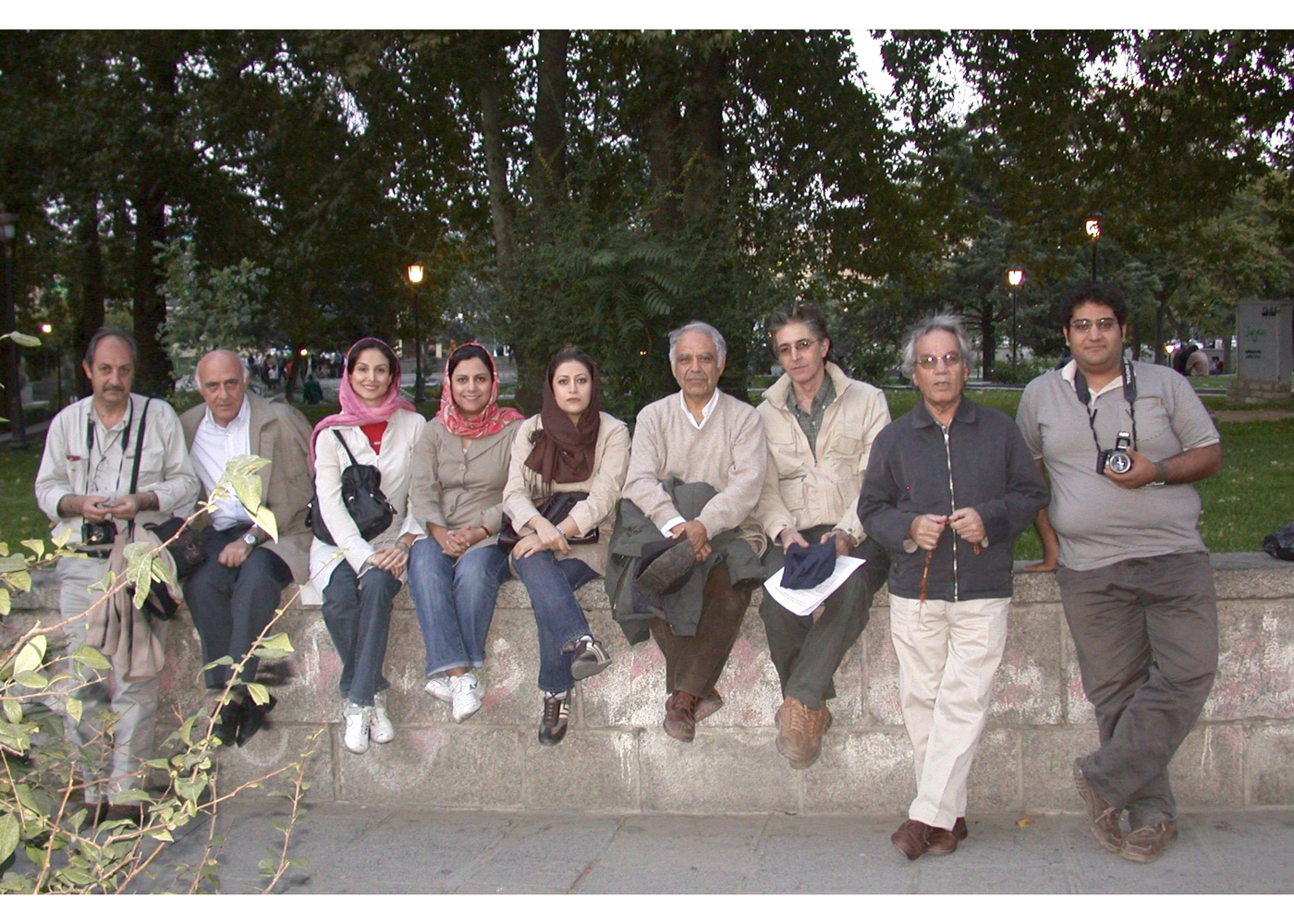
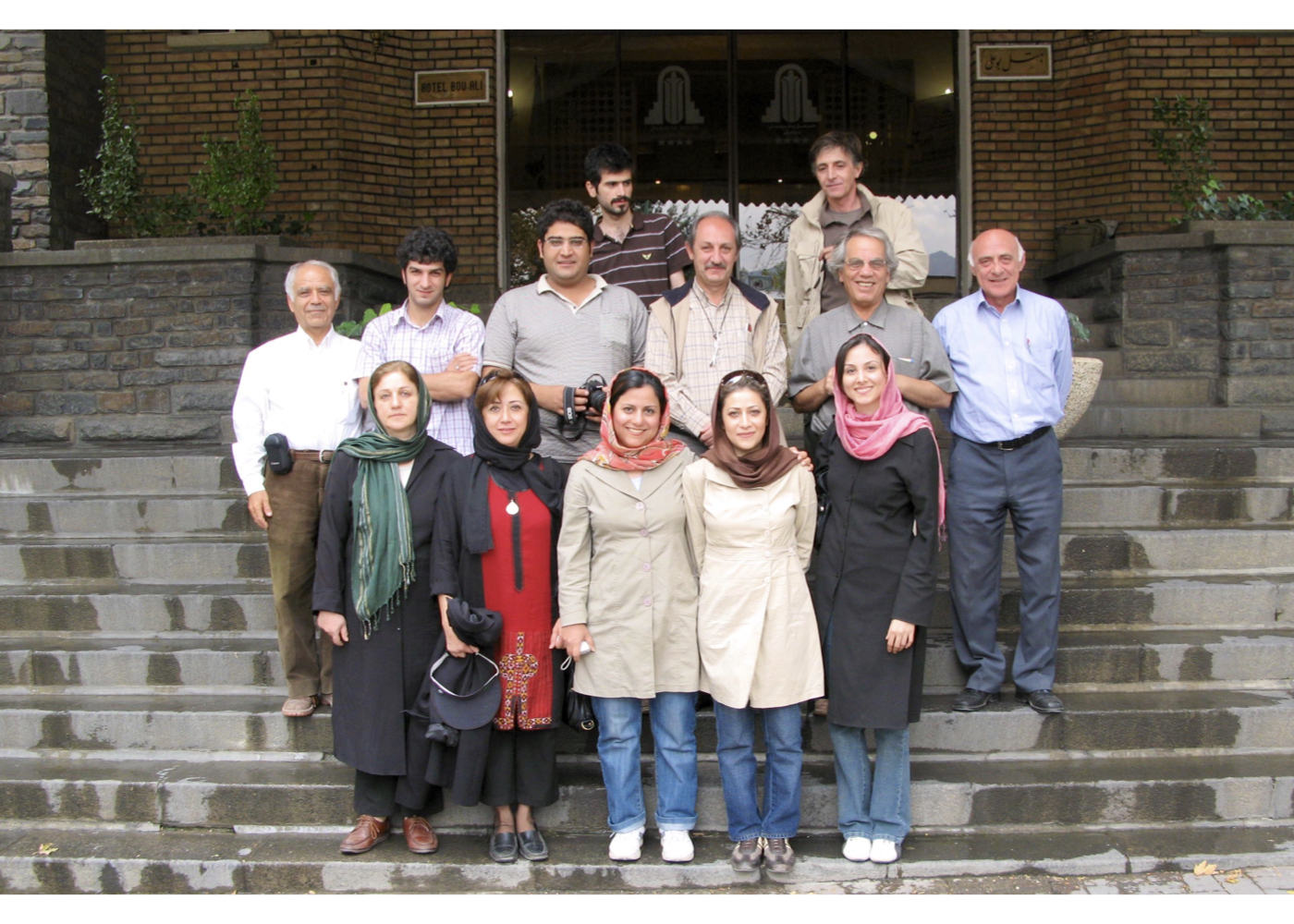
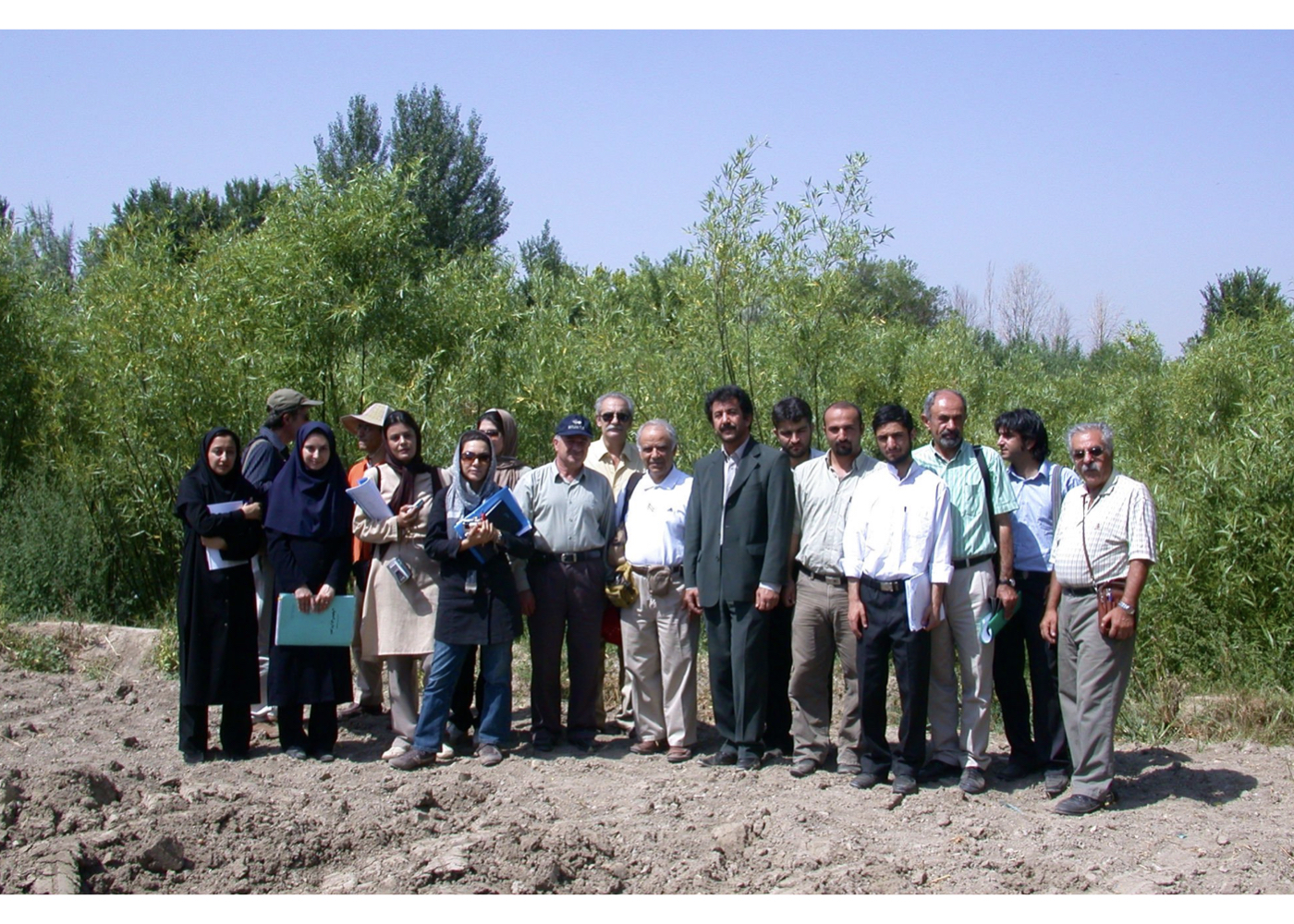
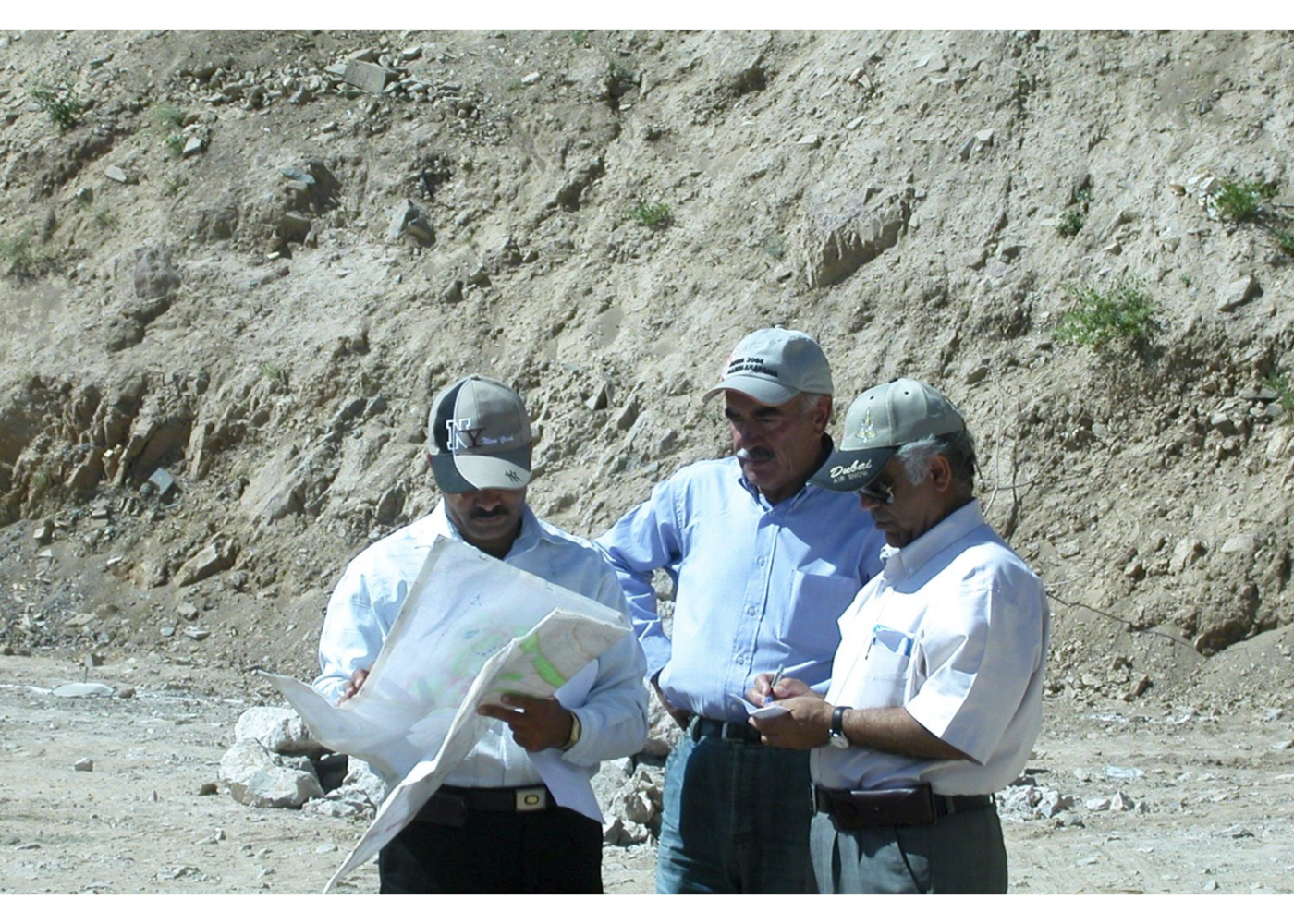


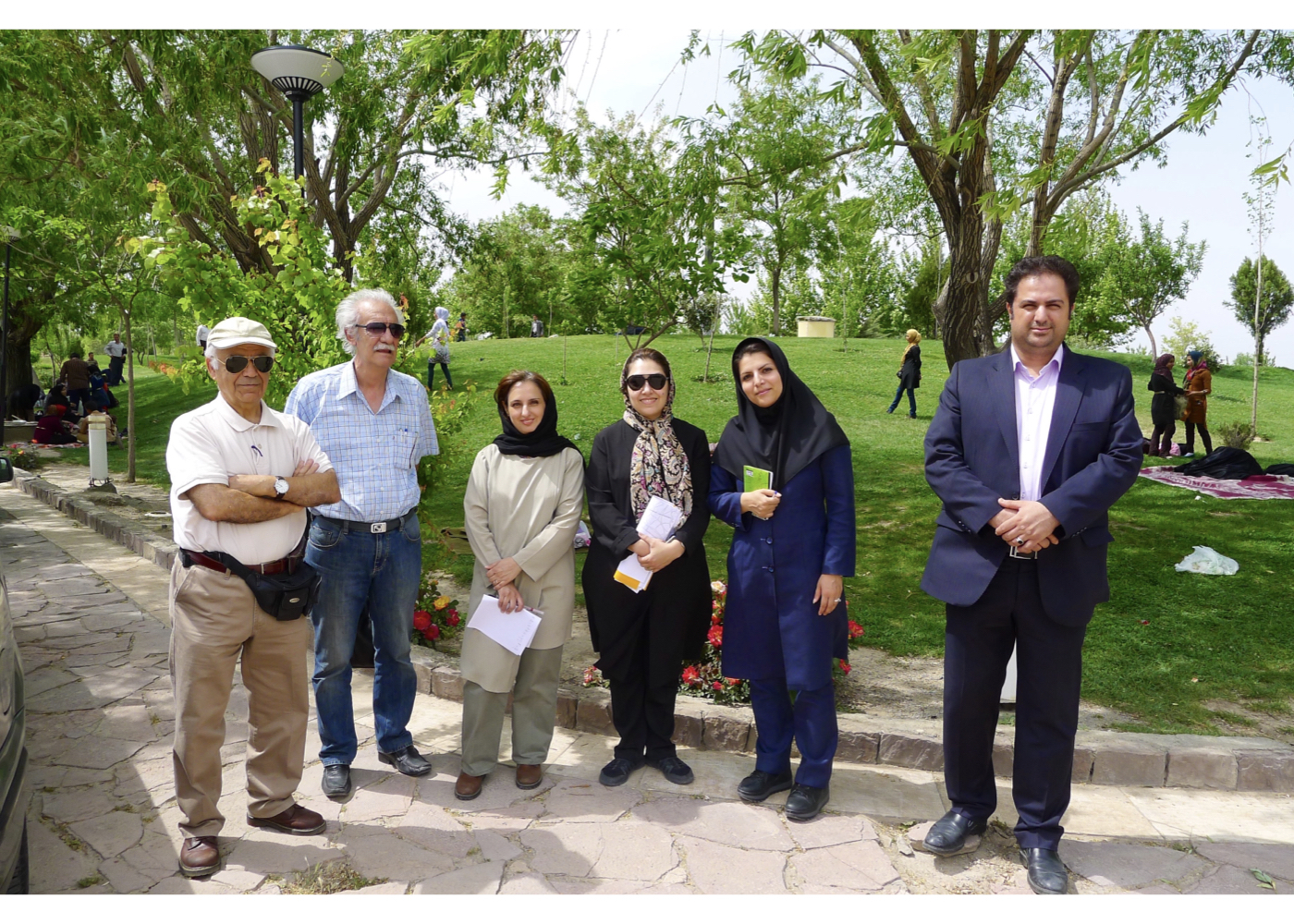
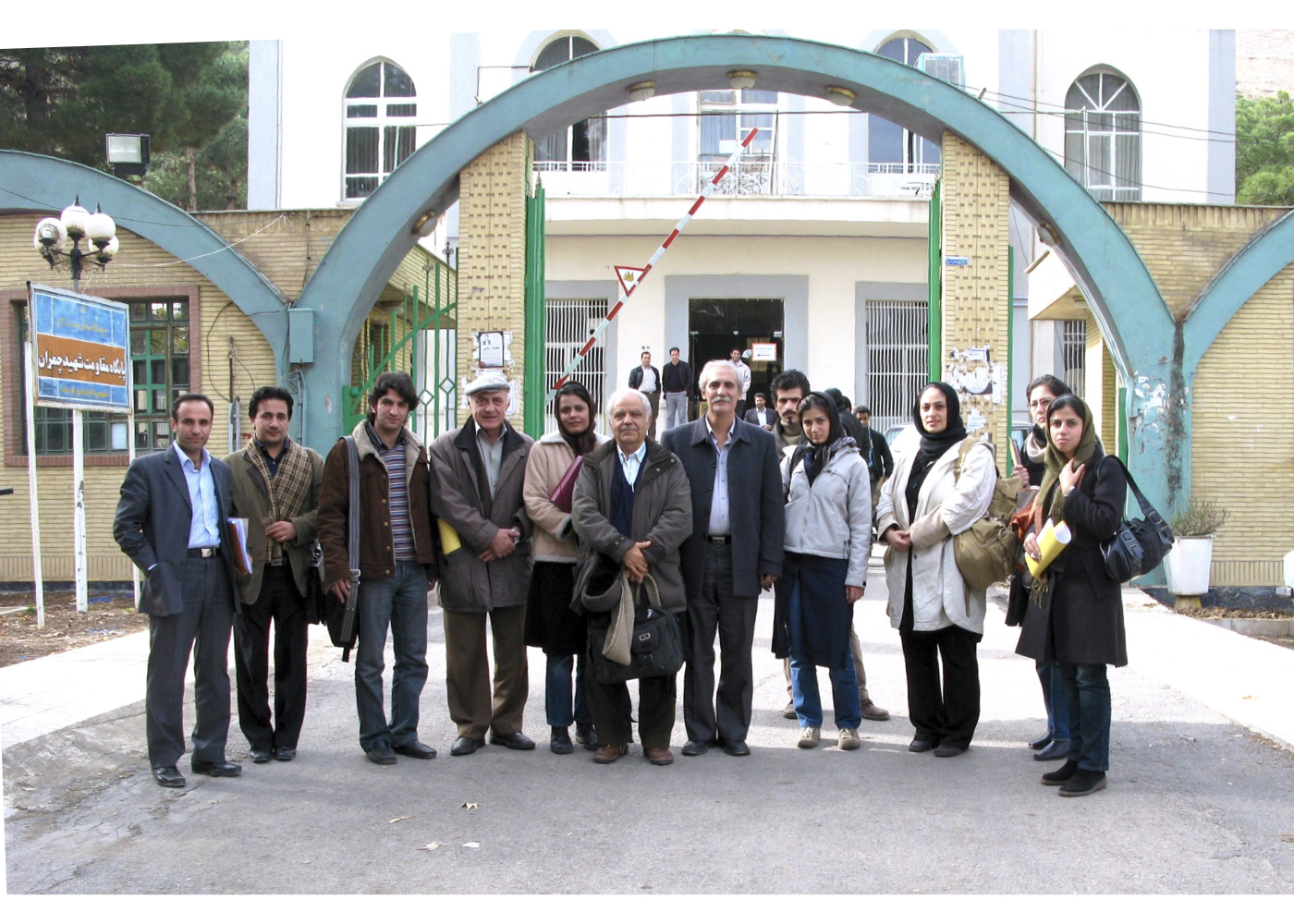
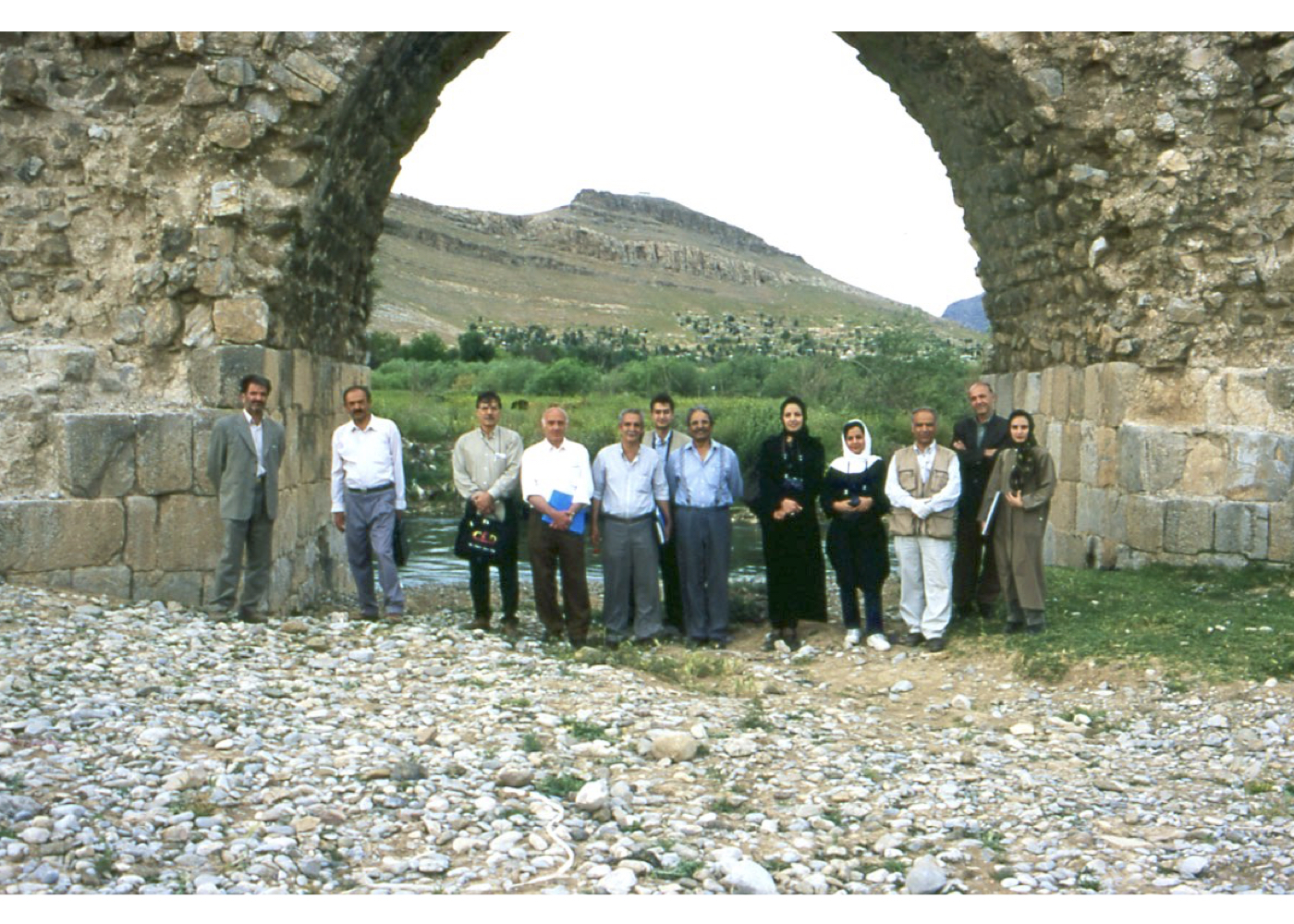
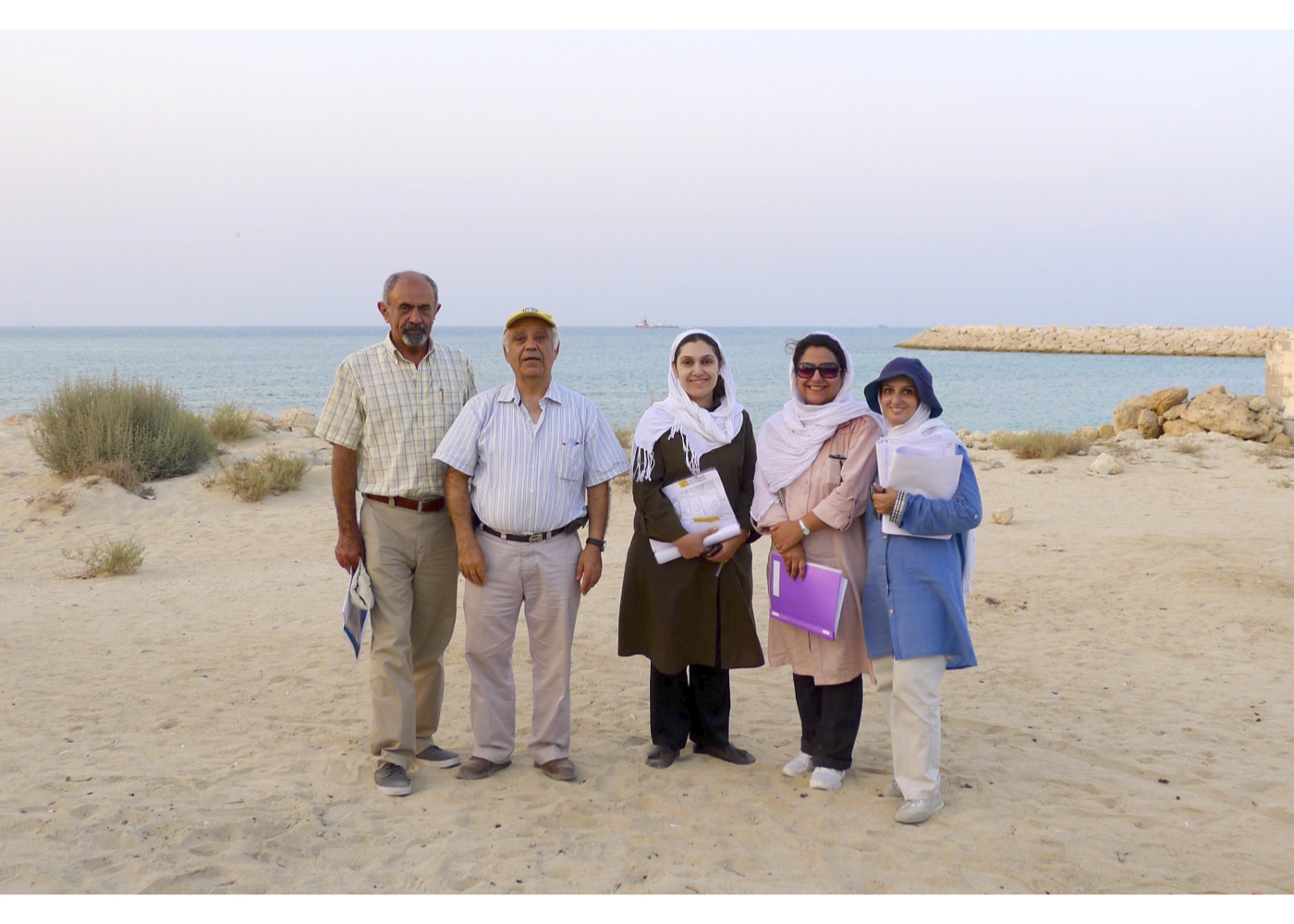
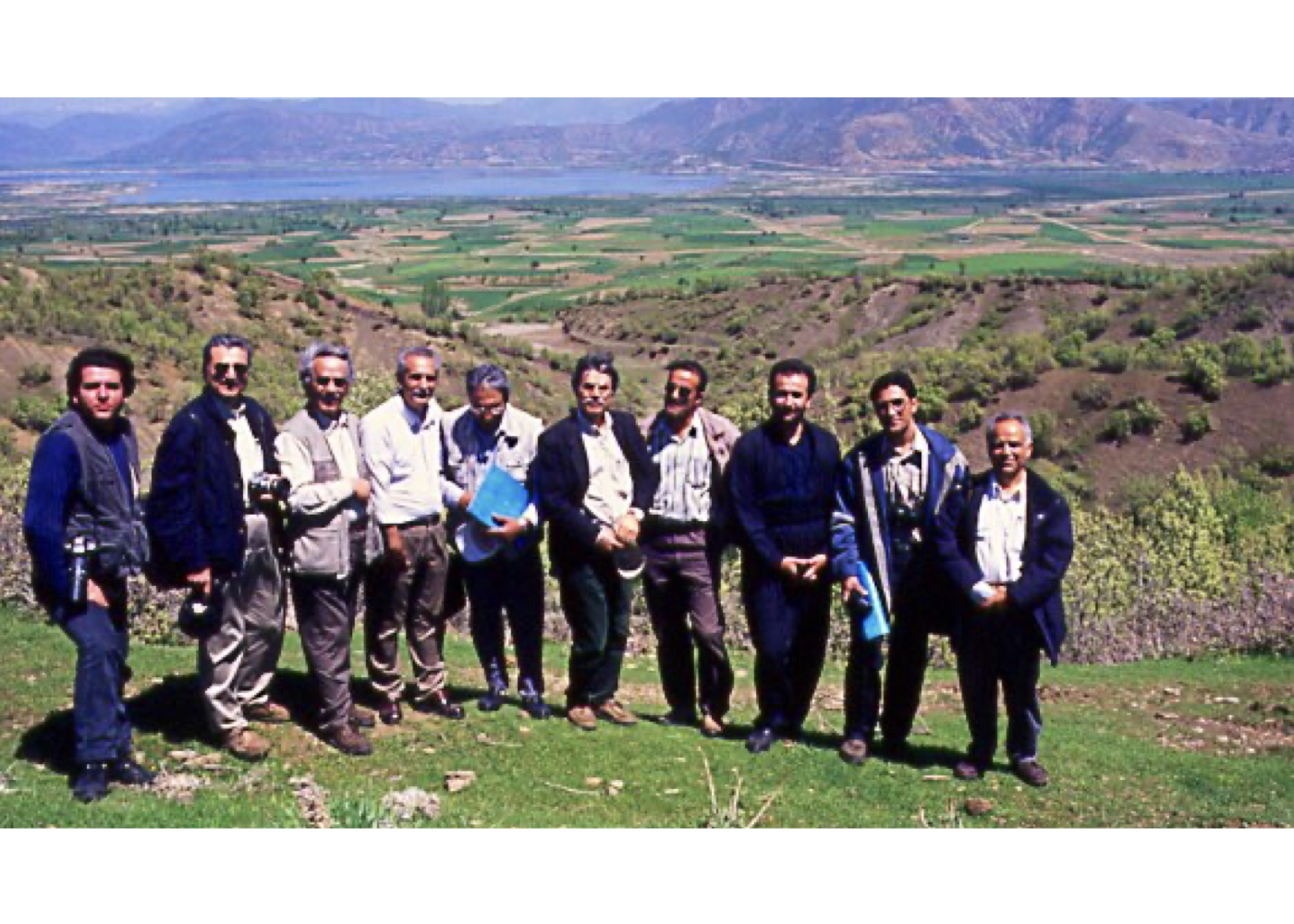
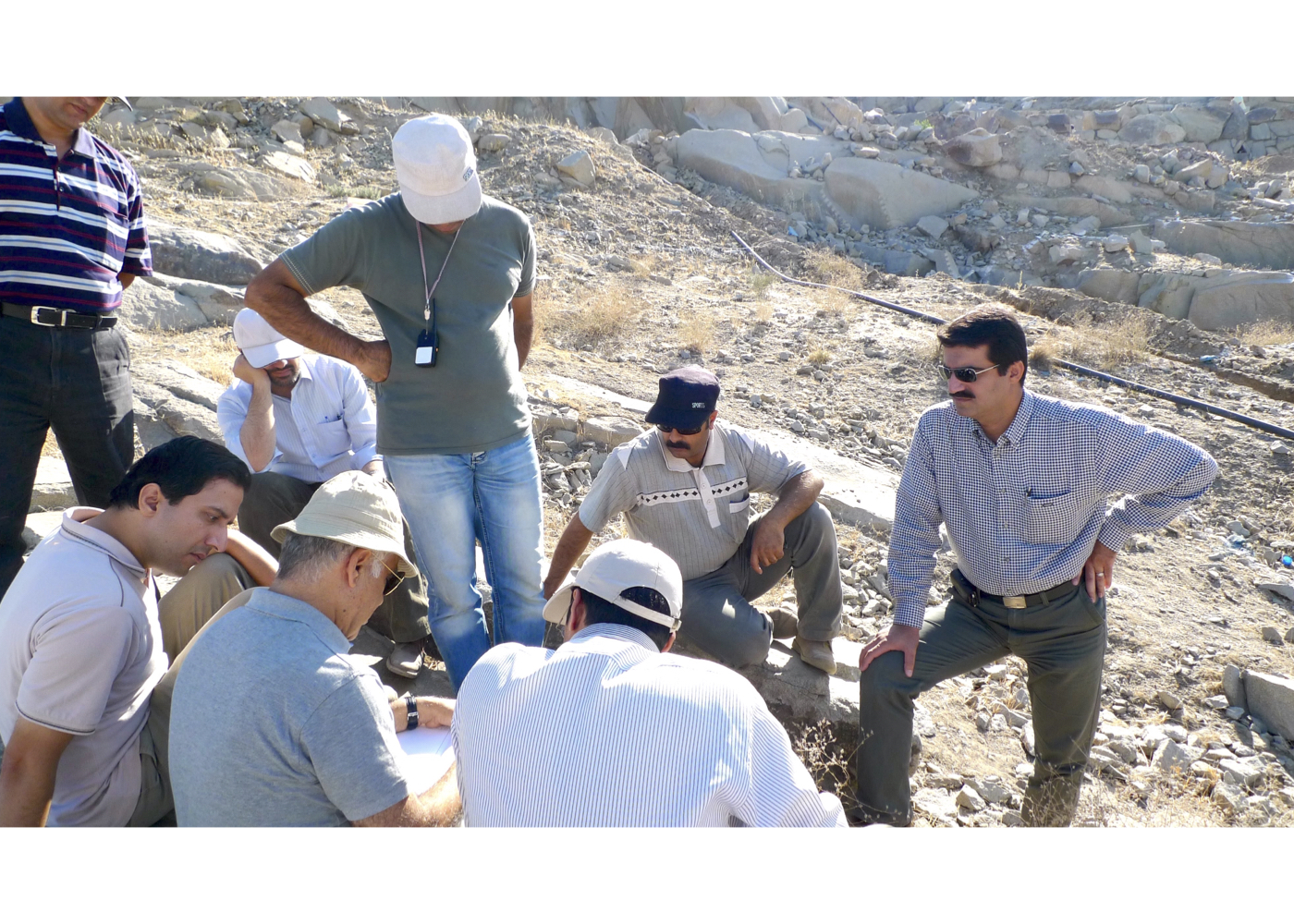
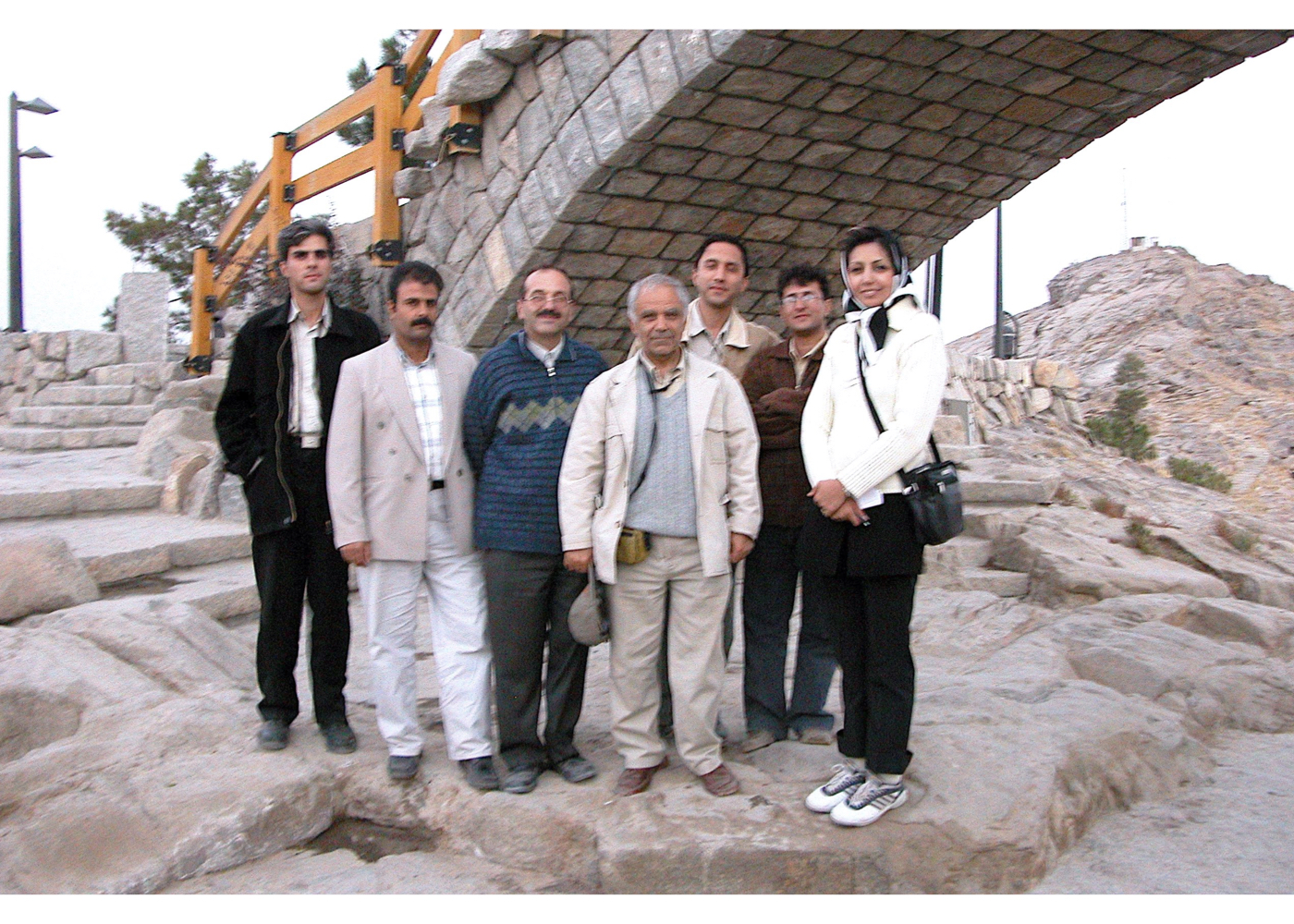
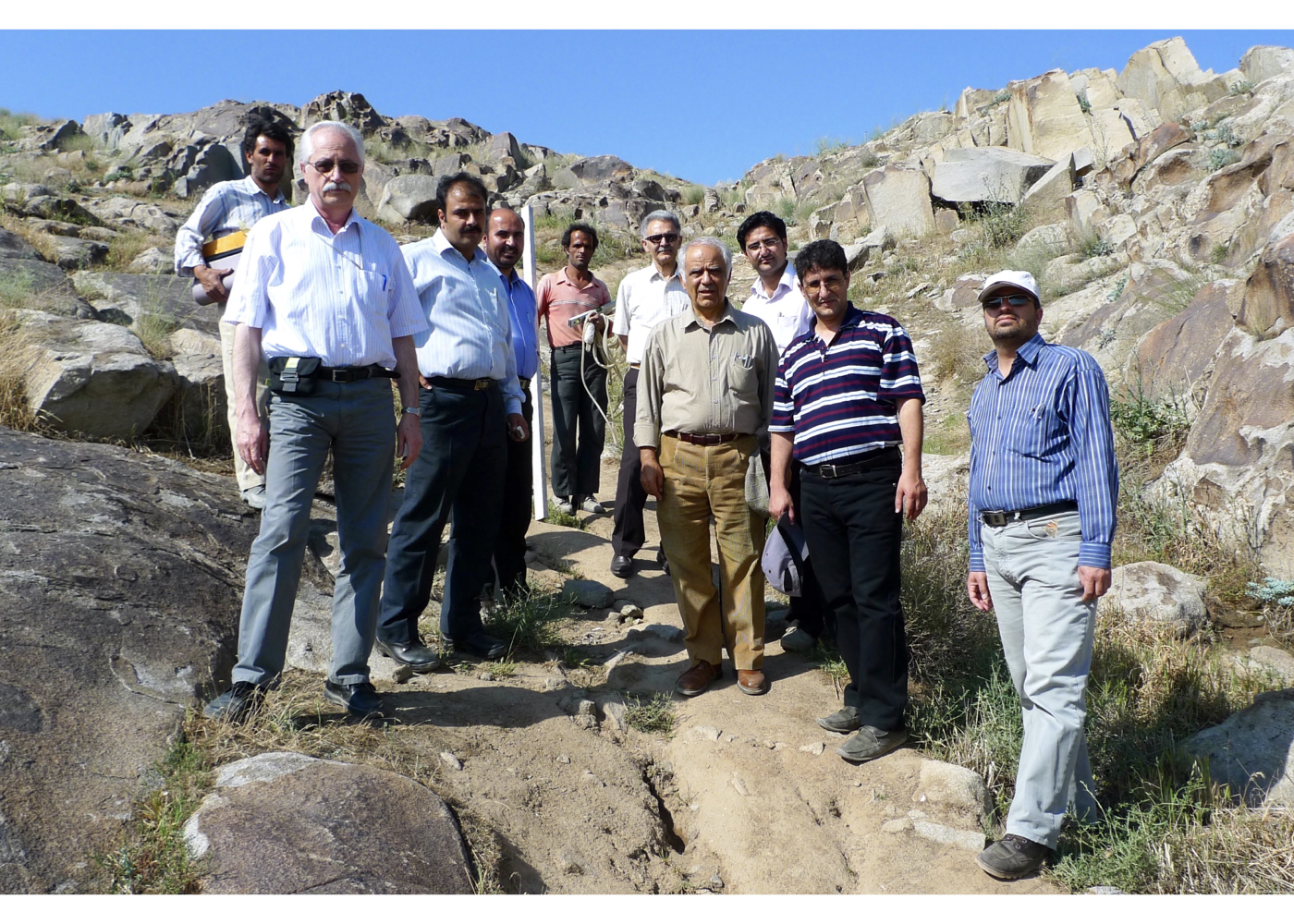
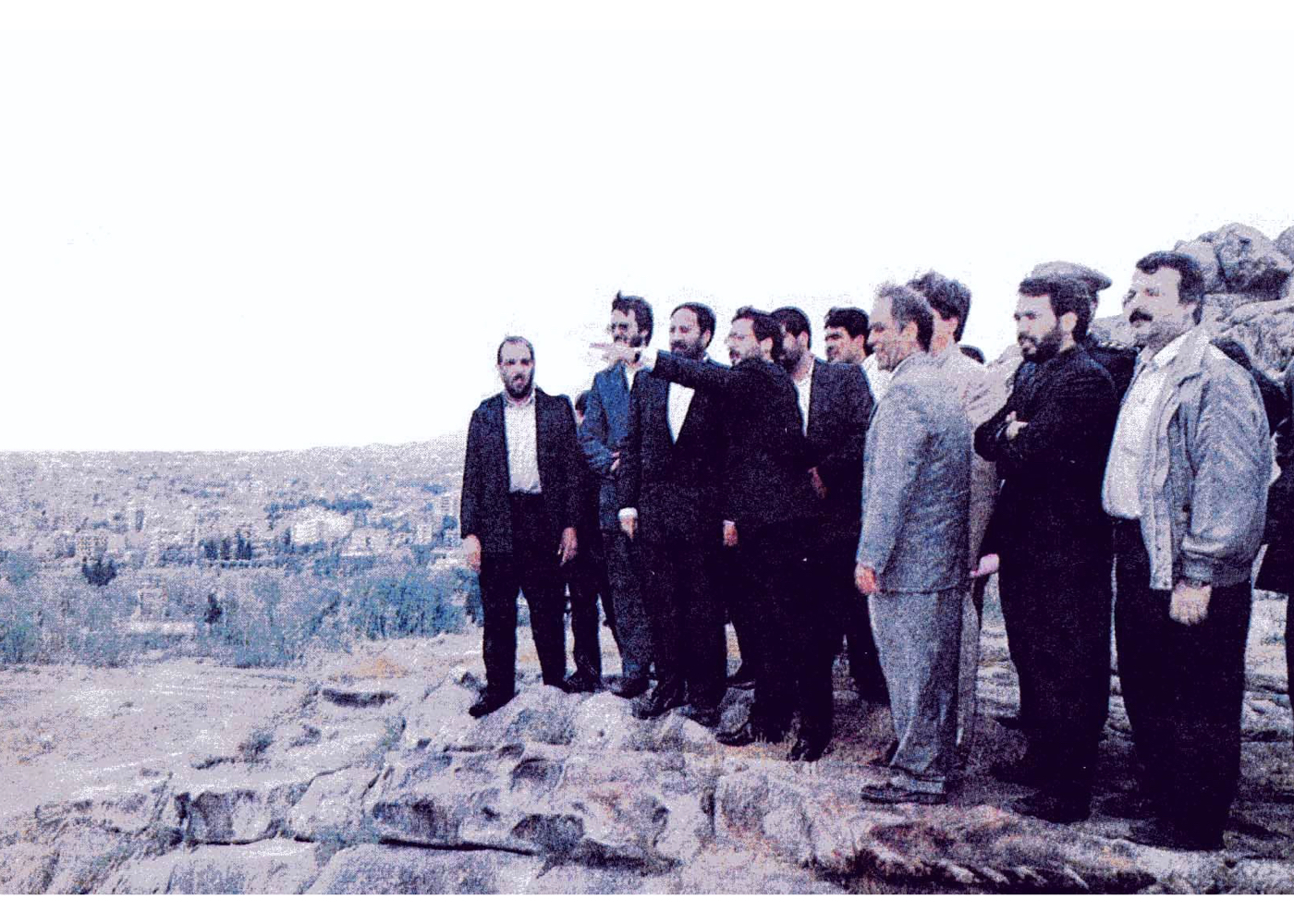
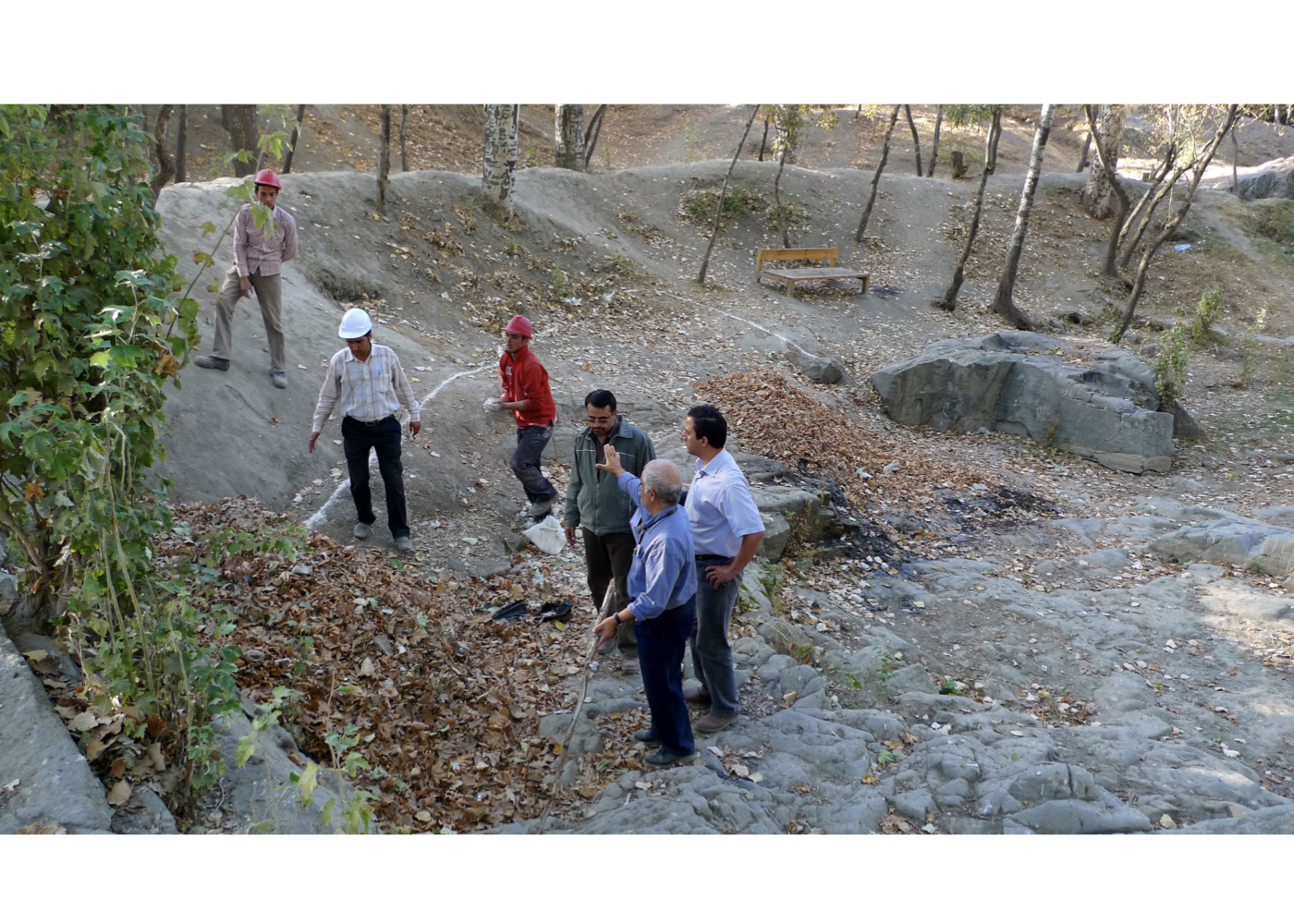
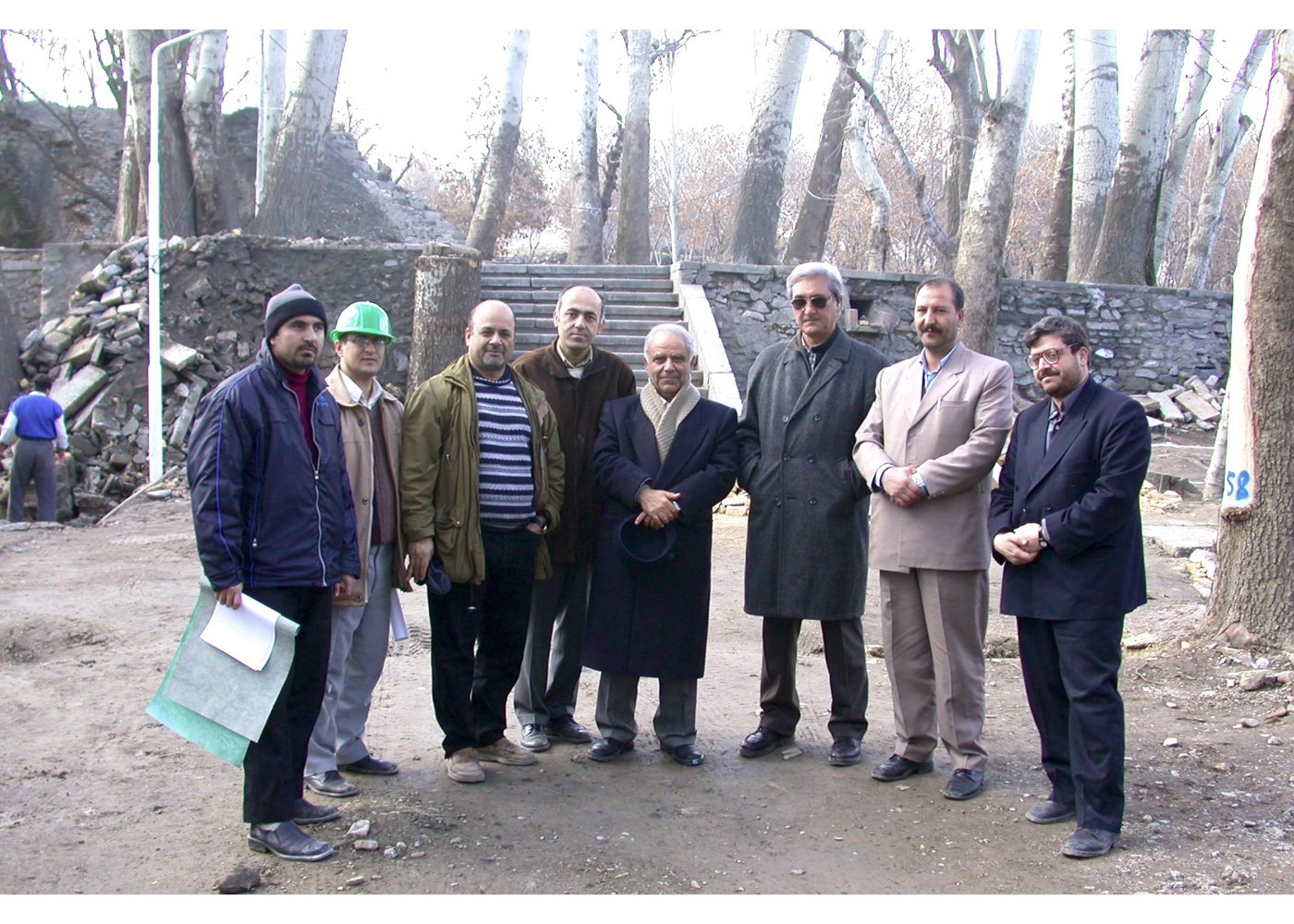
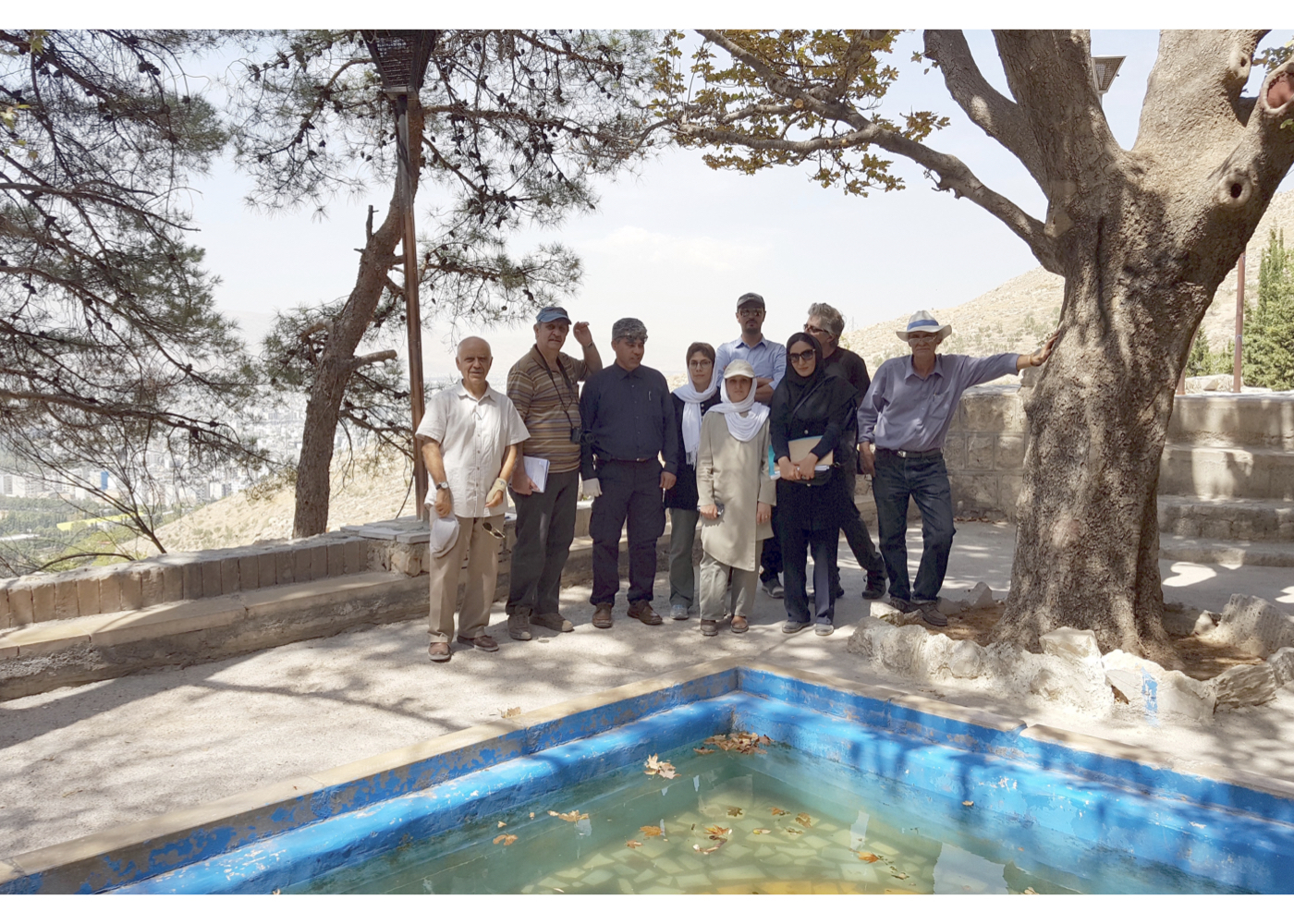
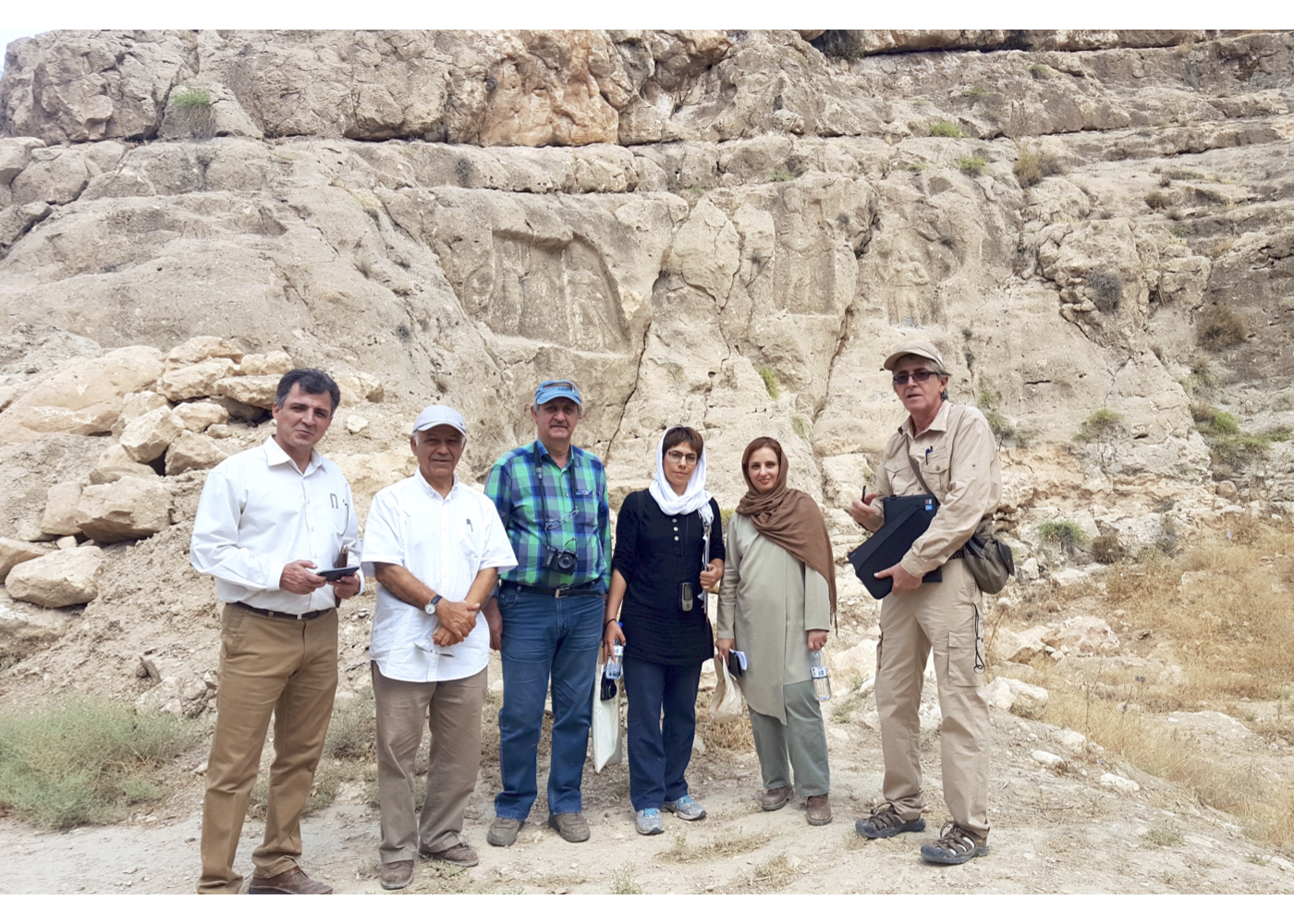

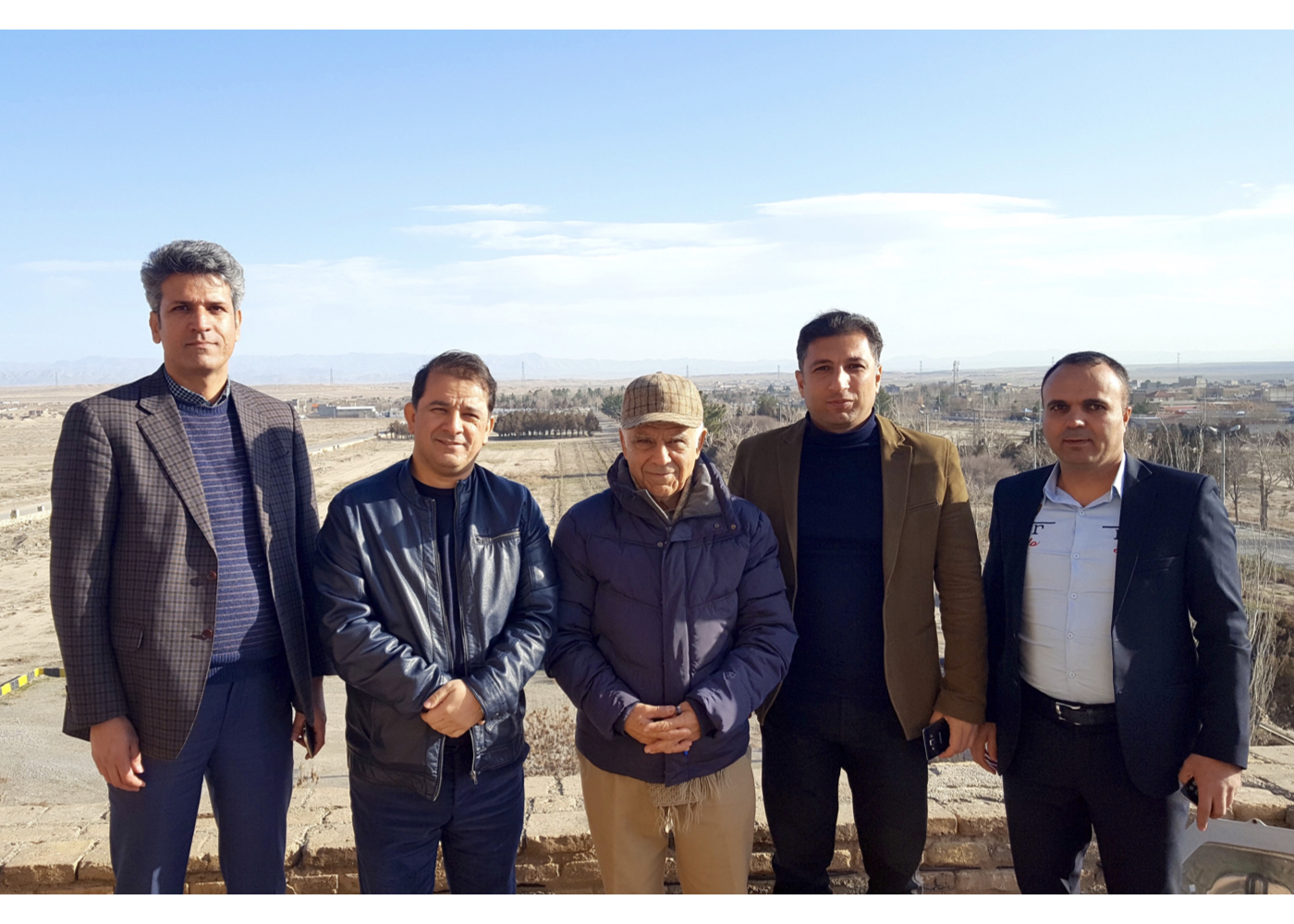
2001 – Koohsangi – Supervision Team
Bandar Abbas – Project Explanation
Chabahar – Free Zone – Second Project – A Section of the Project Study Group
Fereydunshahr – Site Visit
Fereydunshahr – With Local Authorities
Golmakan – Ancient Sabz Spring Lake – Visiting Team
Golmakan – Sabz Spring Route – Visiting Team
Gorgan – Naharkhoran – Flight Corridor Mapping
Gorgan – Naharkhoran – Flight Path Assessment
Hamedan – Ecbatan – A Section of the Project Study Group
Hamedan – Ganjnameh – First Expert Team
Hamedan – Ganjnameh – Second Expert Team
Hamedan – Hai-Darreh – A Section of the Project Study Group
Isfahan – Eastern Lands – A Section of the Project Study Group and Client Experts
Isfahan – Soffeh Mountain – Project Explanation
Isfahan – Soffeh Mountain – A Section of the Project Study Group
Kerman – Ghaleh Ardeshir and Ghaleh Dokhtar – Visit by a Section of the Experts
Khorramabad – Kiu Garden – A Section of the Project Study Group
Khorramabad – Main Corridor – A Section of the Project Study Group
Khorramabad – Sassanid Bridge – Supervision Team
Kish – First Site Visit Team
Marivan – Zarivar Lake – A Section of the Project Study Group
Mashhad – Koohsangi – On-site Design and Visit
Mashhad – Koohsangi – 2001 – Koohsangi – A Section of the Project Study Group(1)
Mashhad – Koohsangi – 2001 – Koohsangi – A Section of the Project Study Group (2)
Mashhad – Koohsangi – Visit with Officials and Groundbreaking Ceremony
Mashhad – Vakilabad – On-Site Design Work
Mashhad – Vakilabad – Start of Implementation Phase
Shiraz – Northern Highlands – Shiraz – Northern Highlands – A Section of the Project Study Group (2)
Shiraz – Northern Highlands – Shiraz – Northern Highlands – A Section of the Project Study Group (3)
Shiraz – Northern Highlands – Shiraz – Northern Highlands – A Section of the Project Study Group
Tous – Ferdowsi Cultural Complex – Site Visit
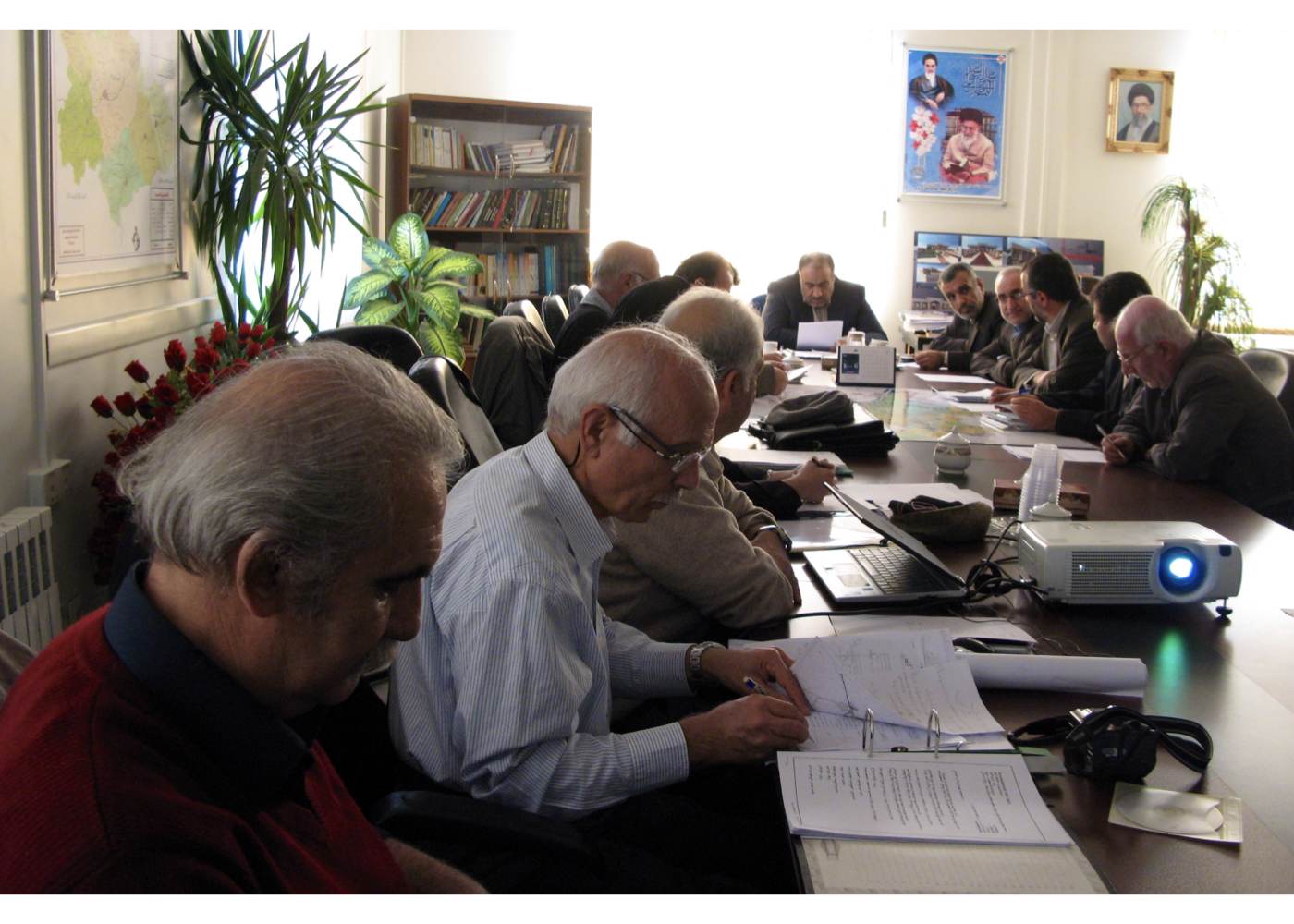
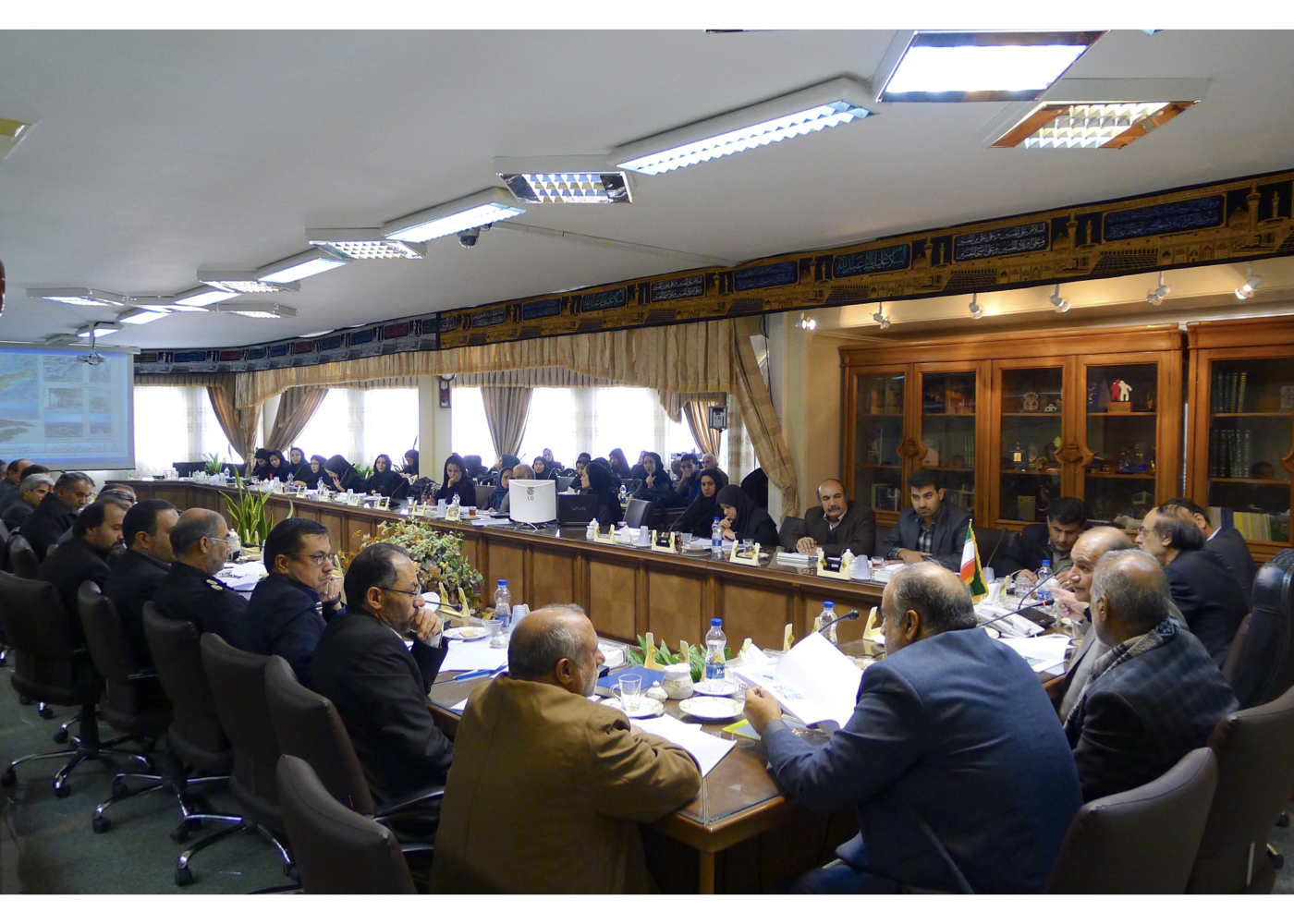
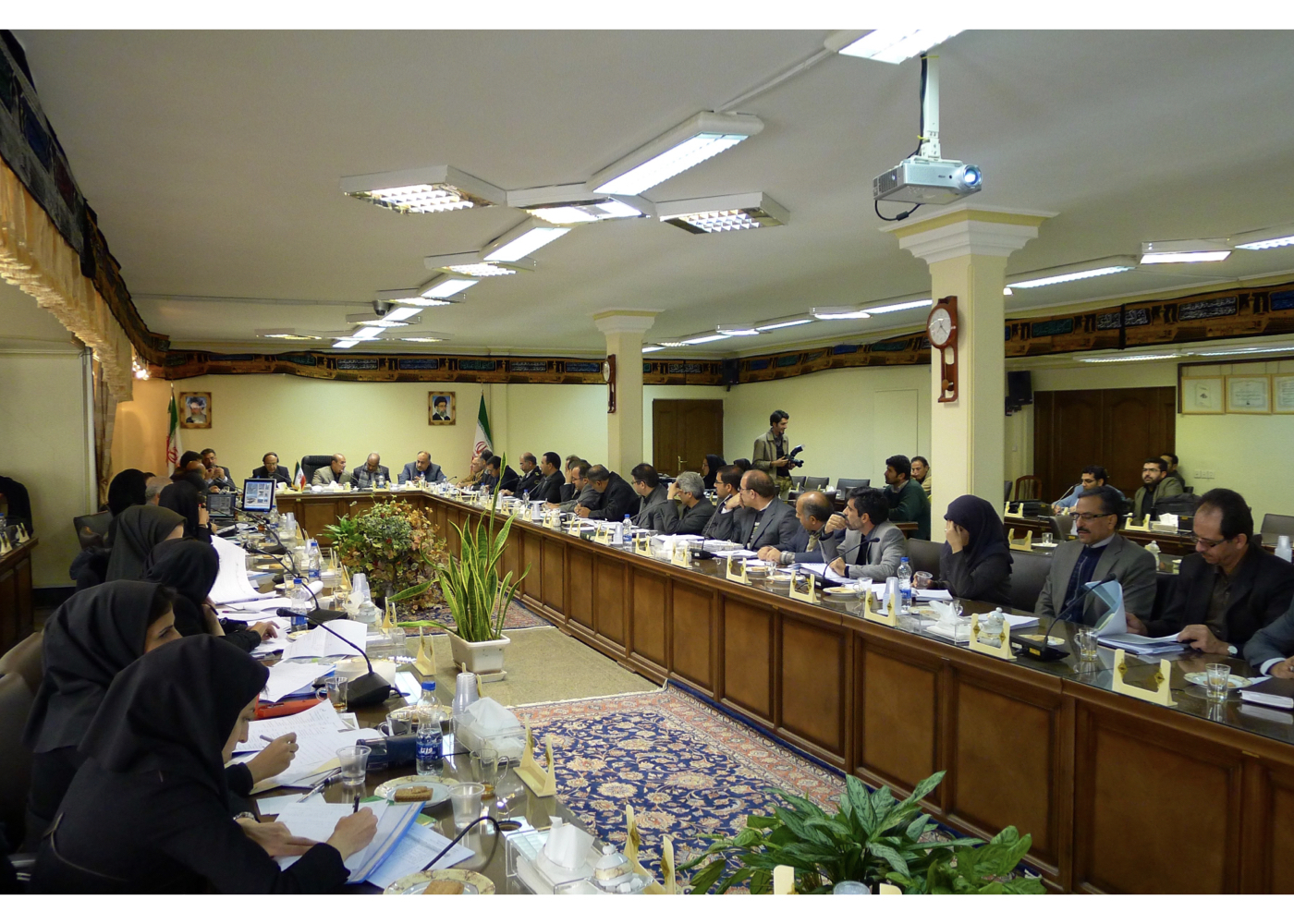
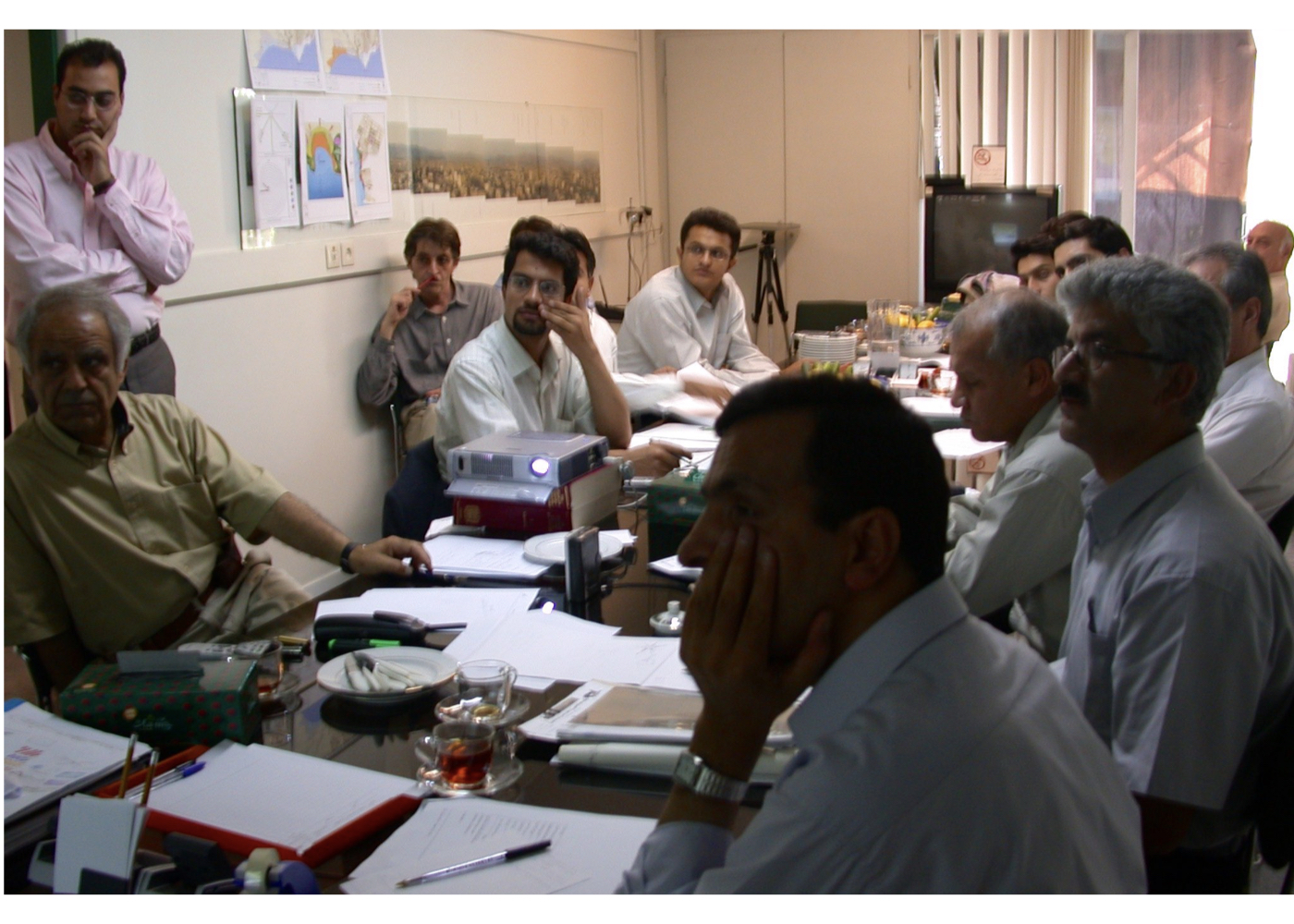
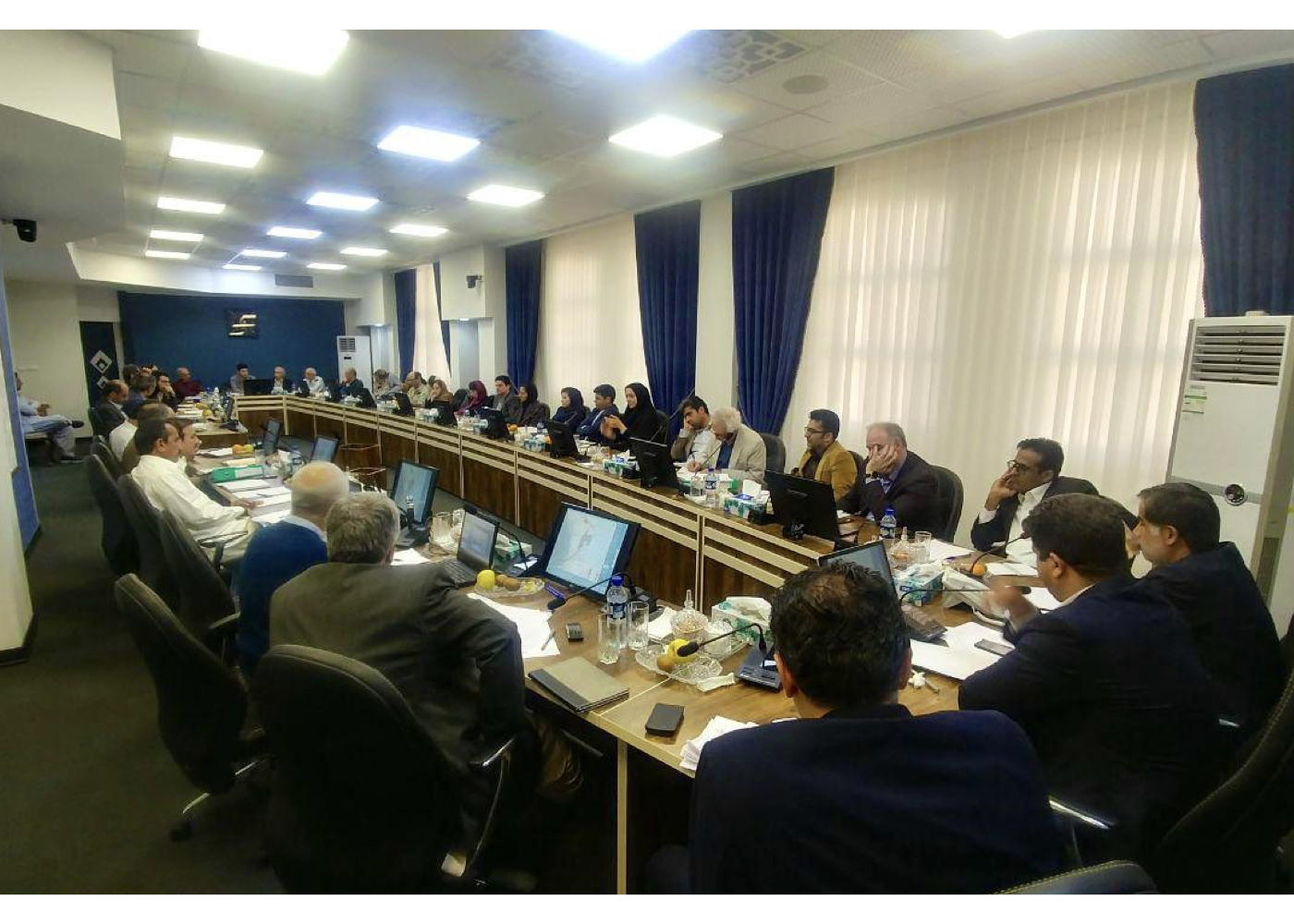
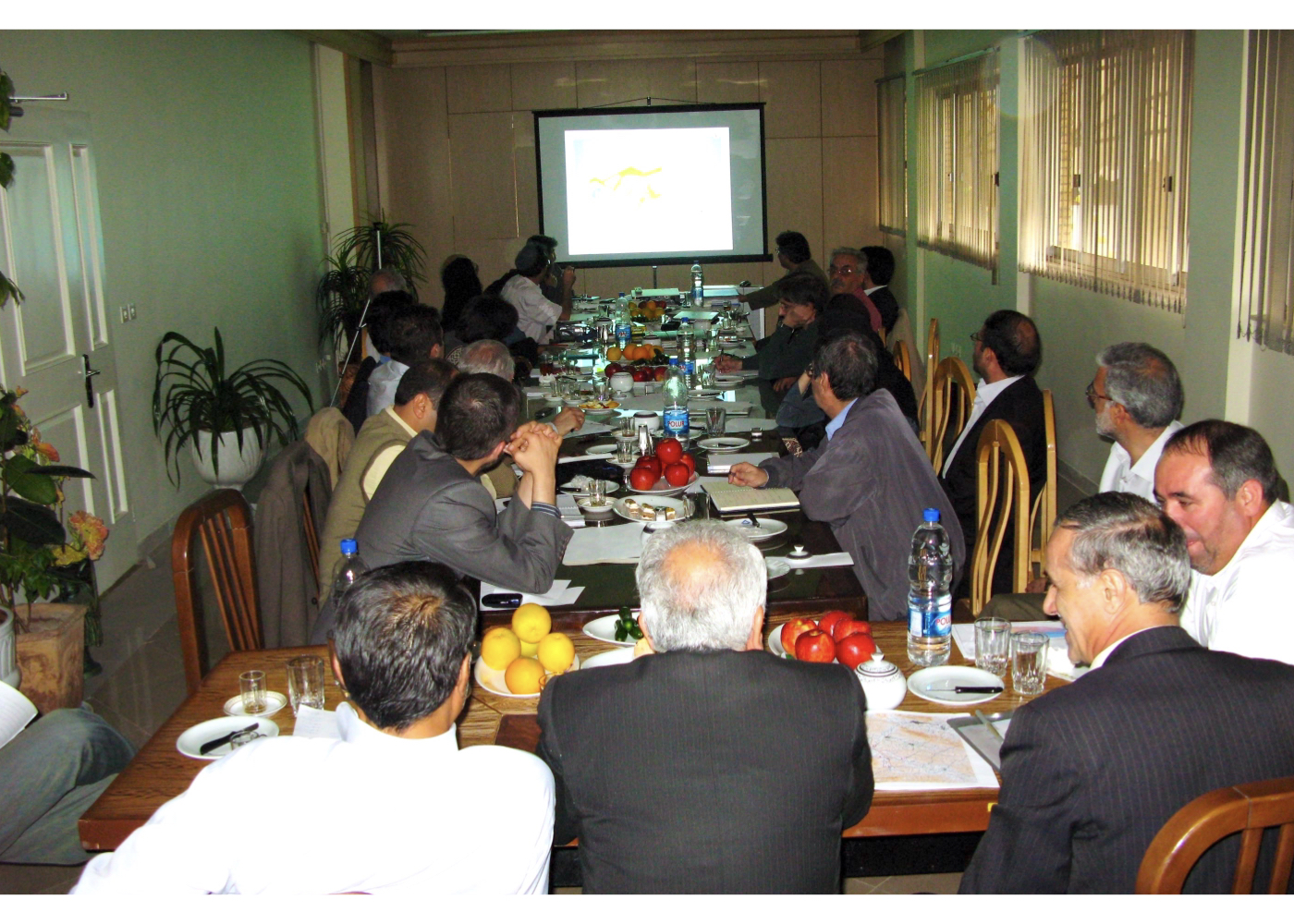
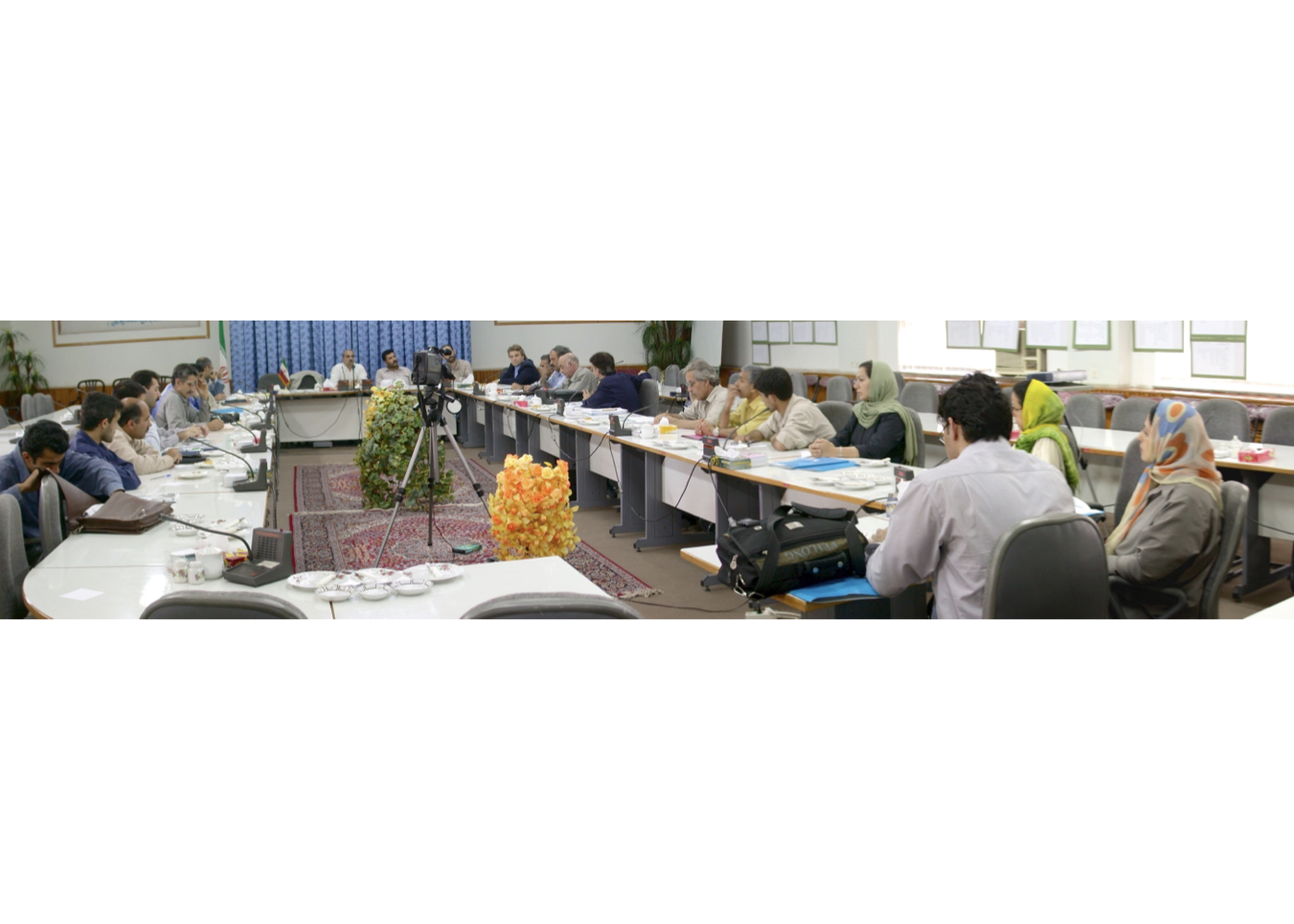
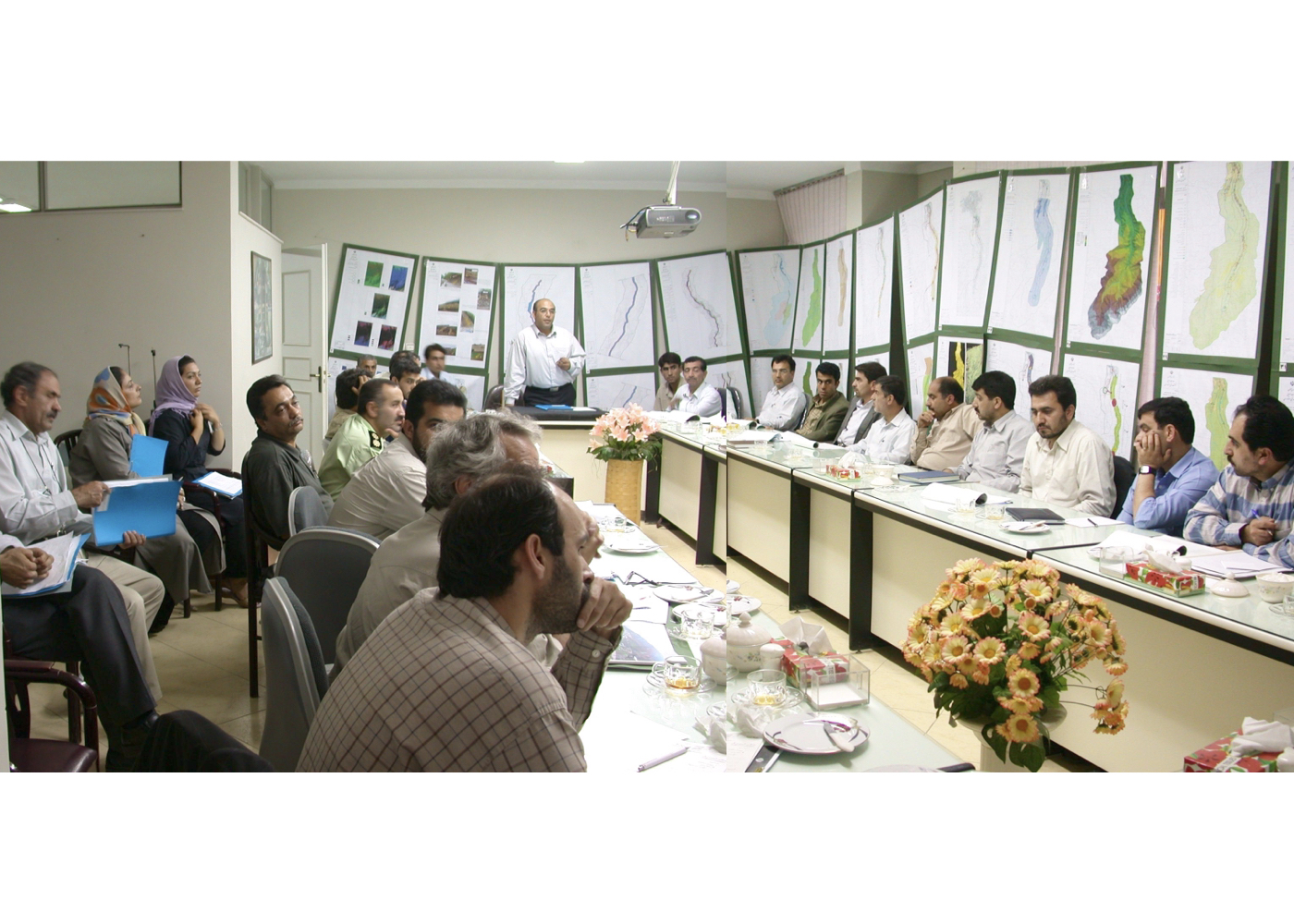
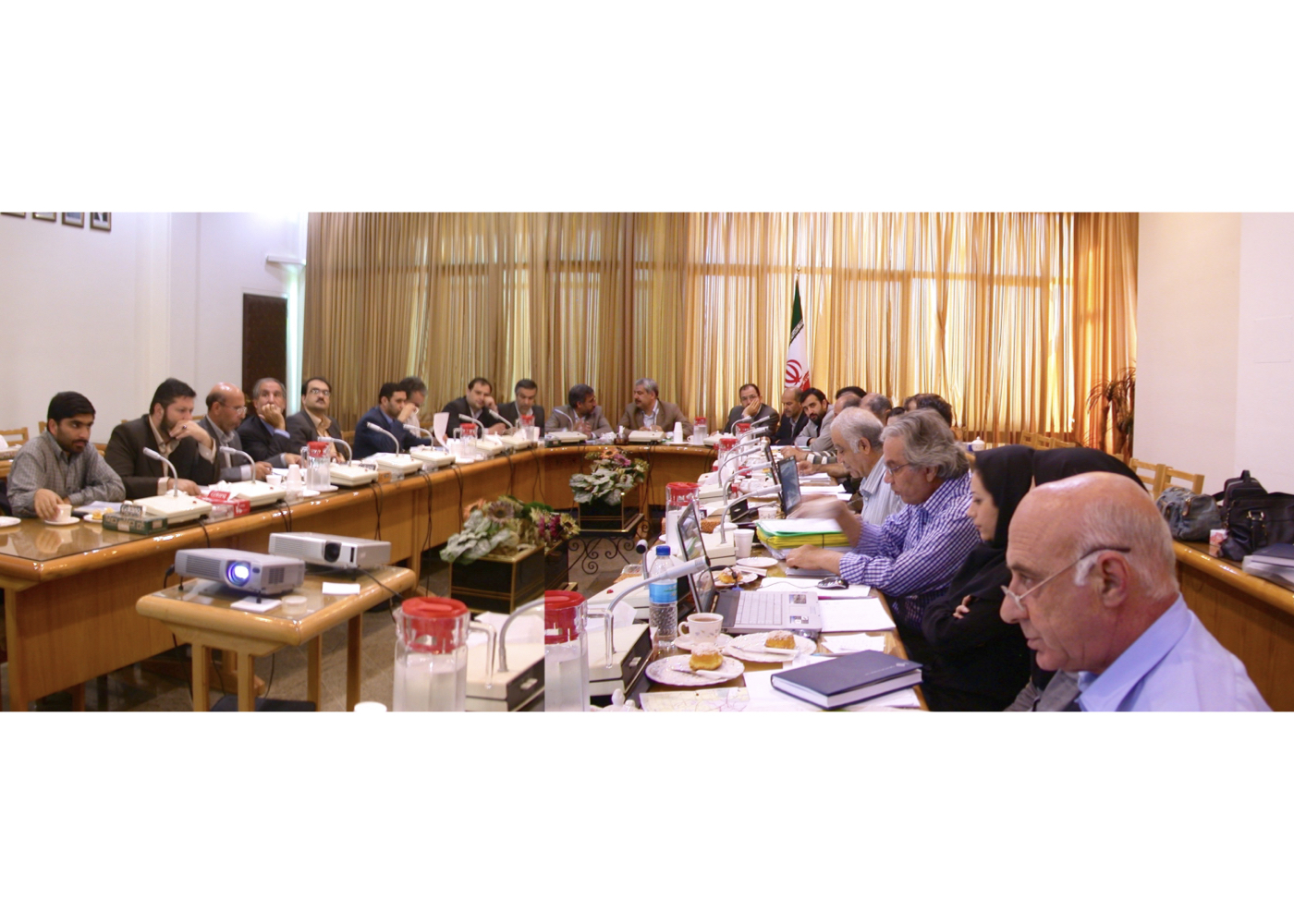
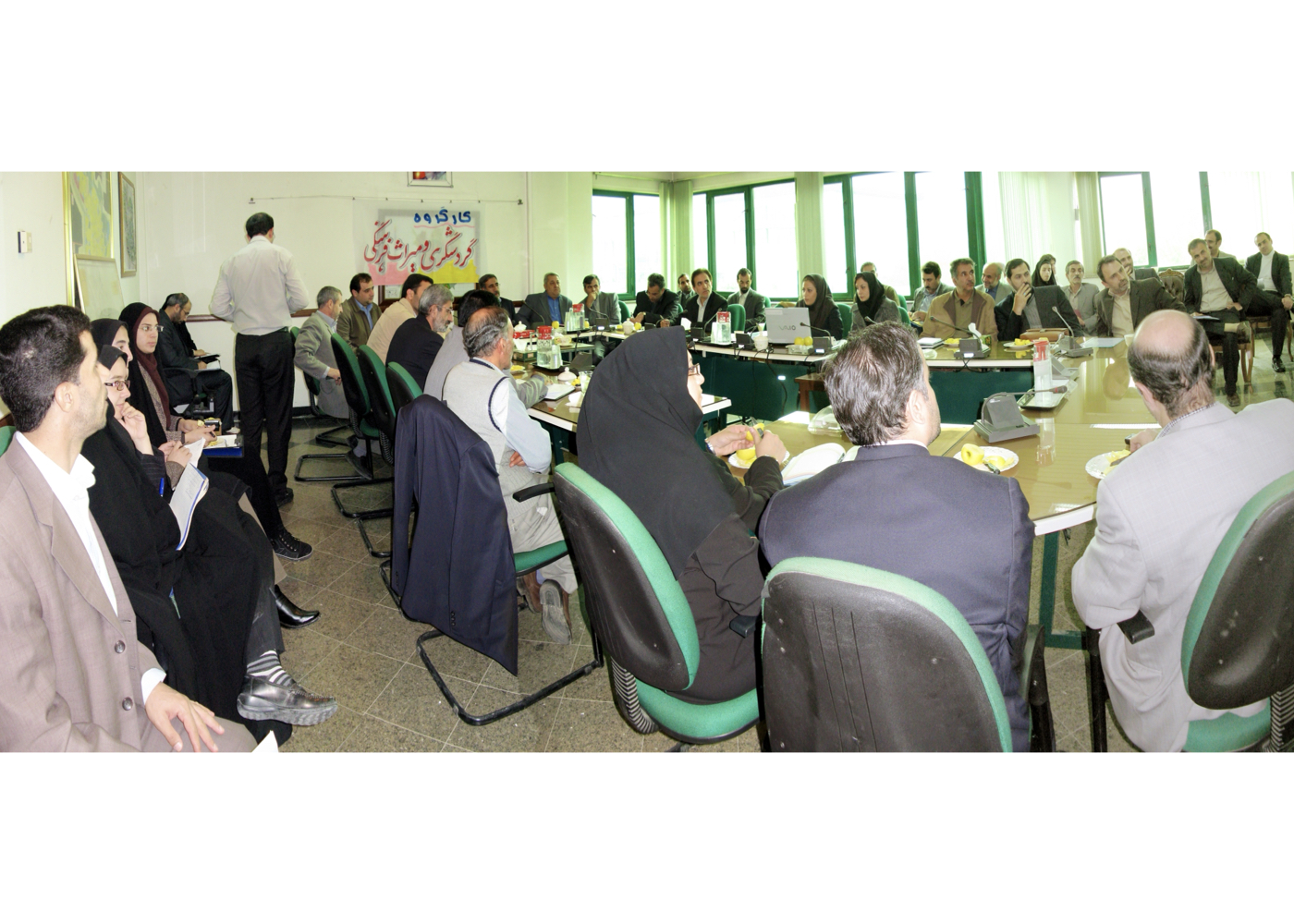
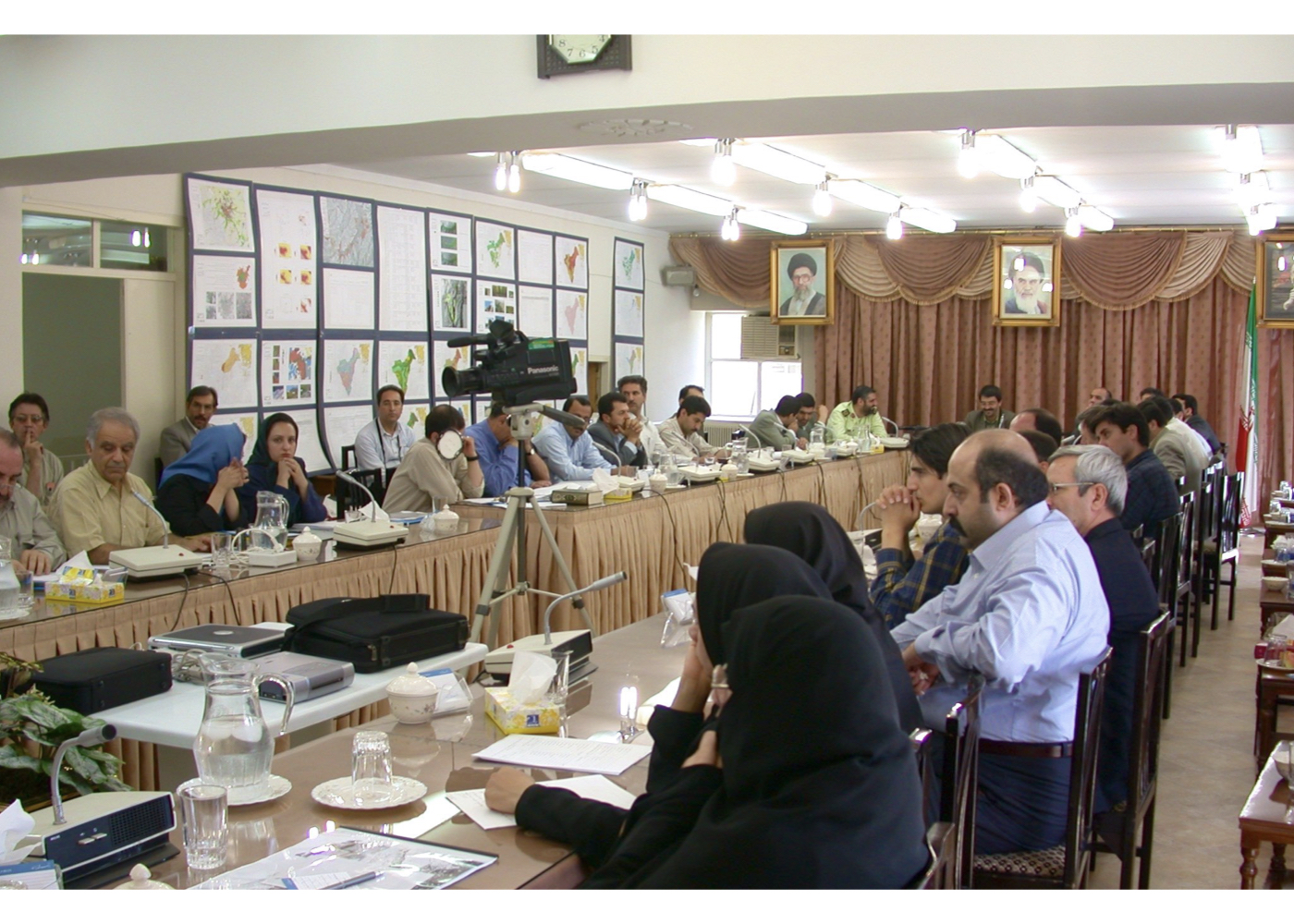
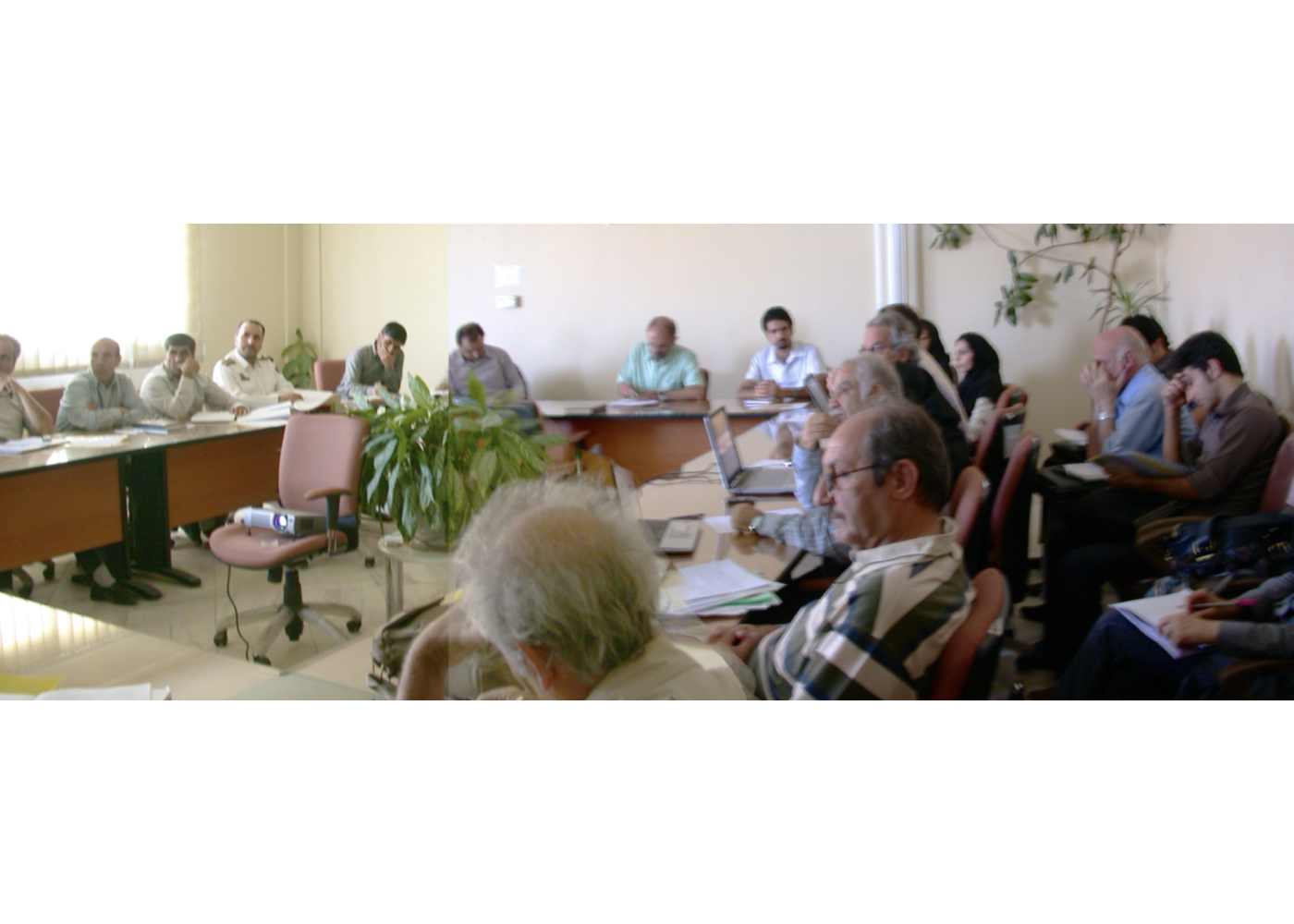
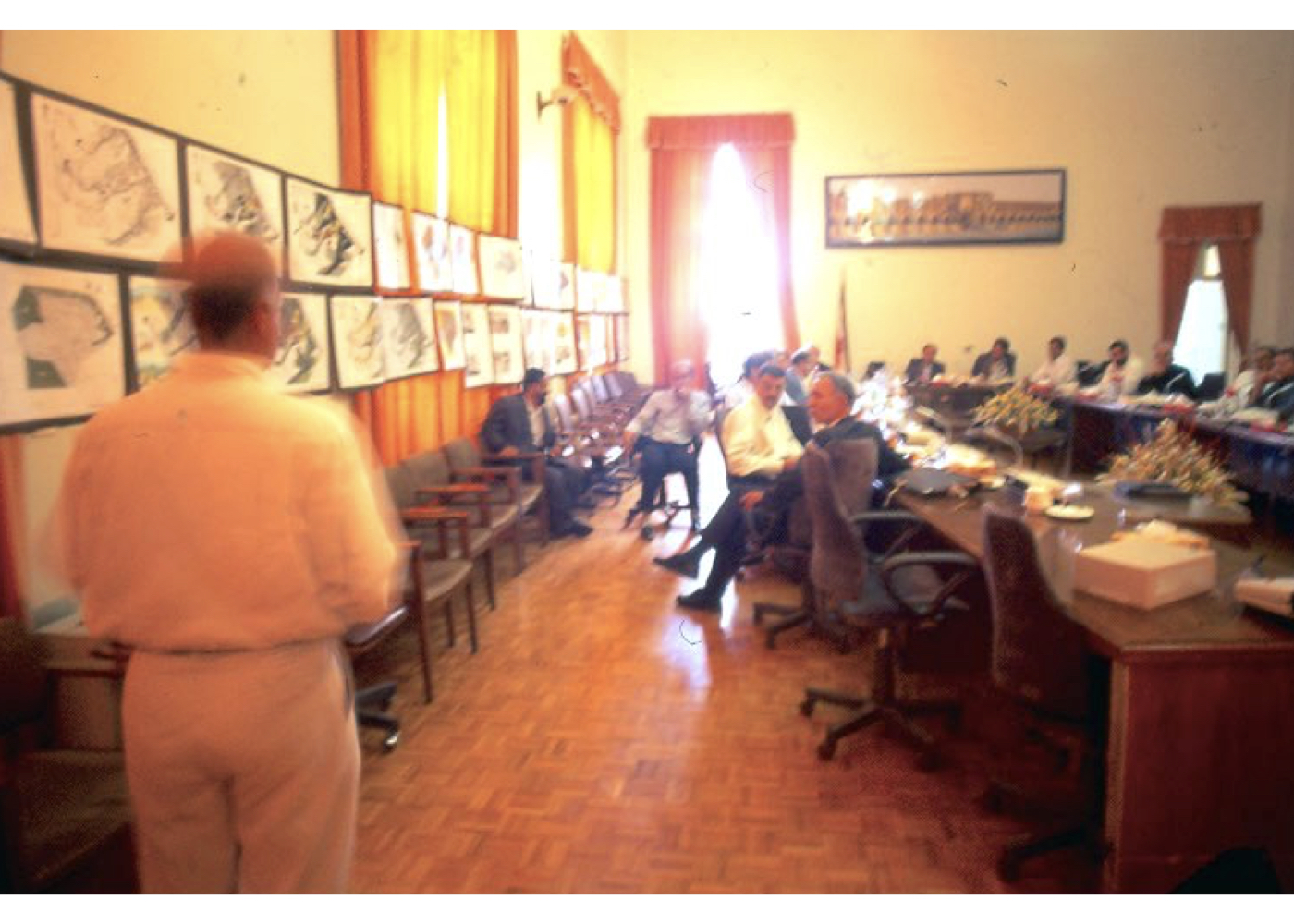
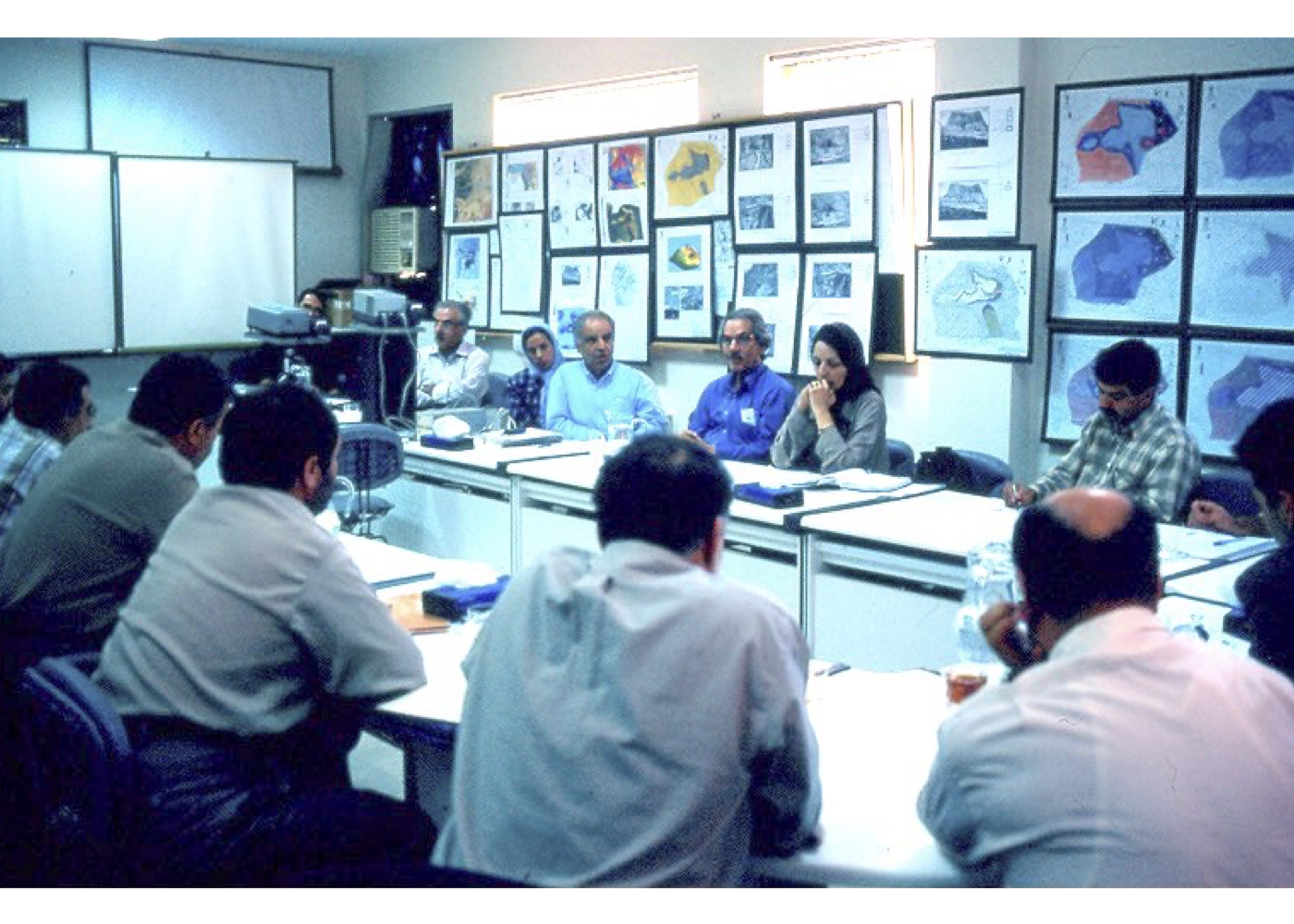
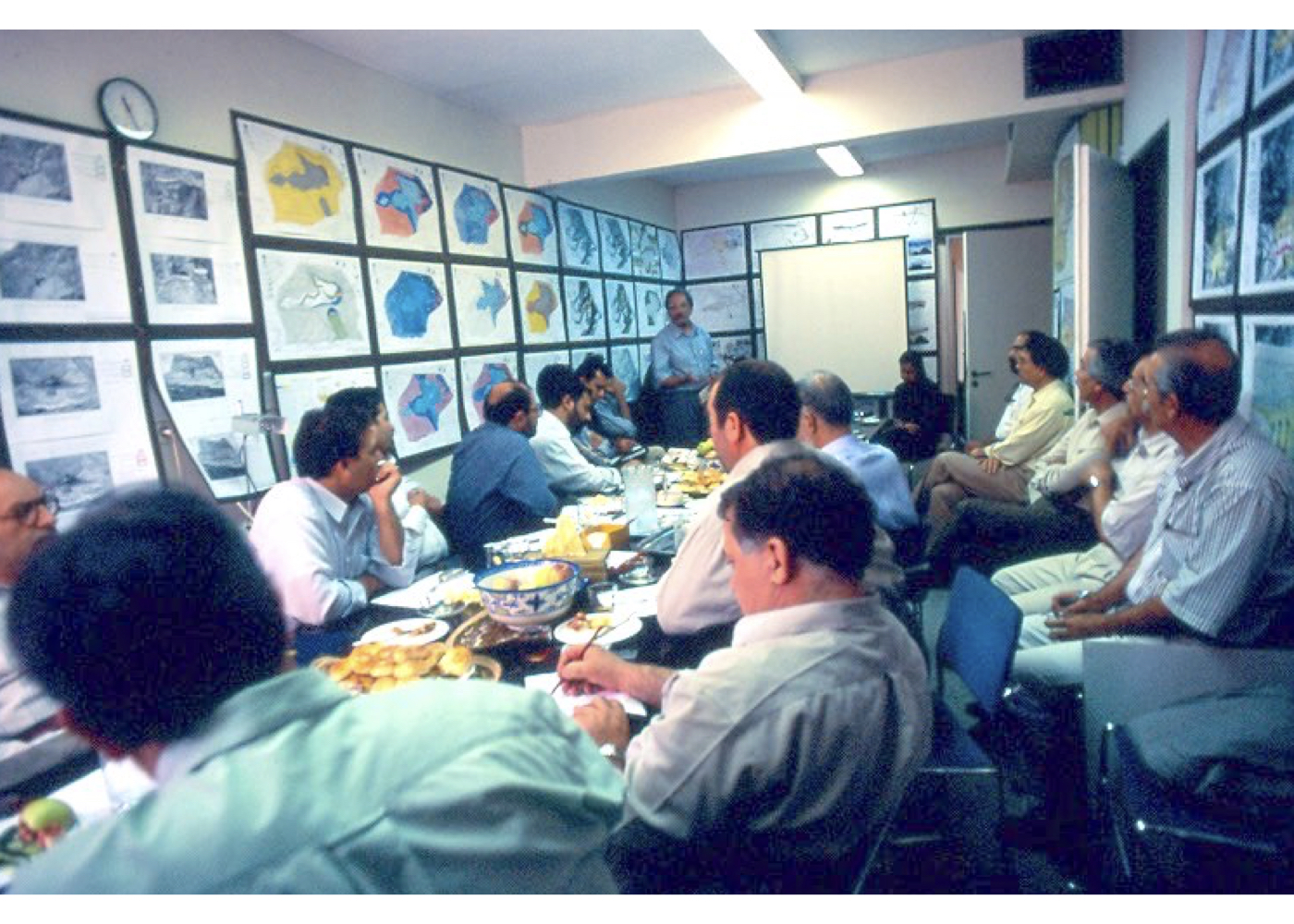
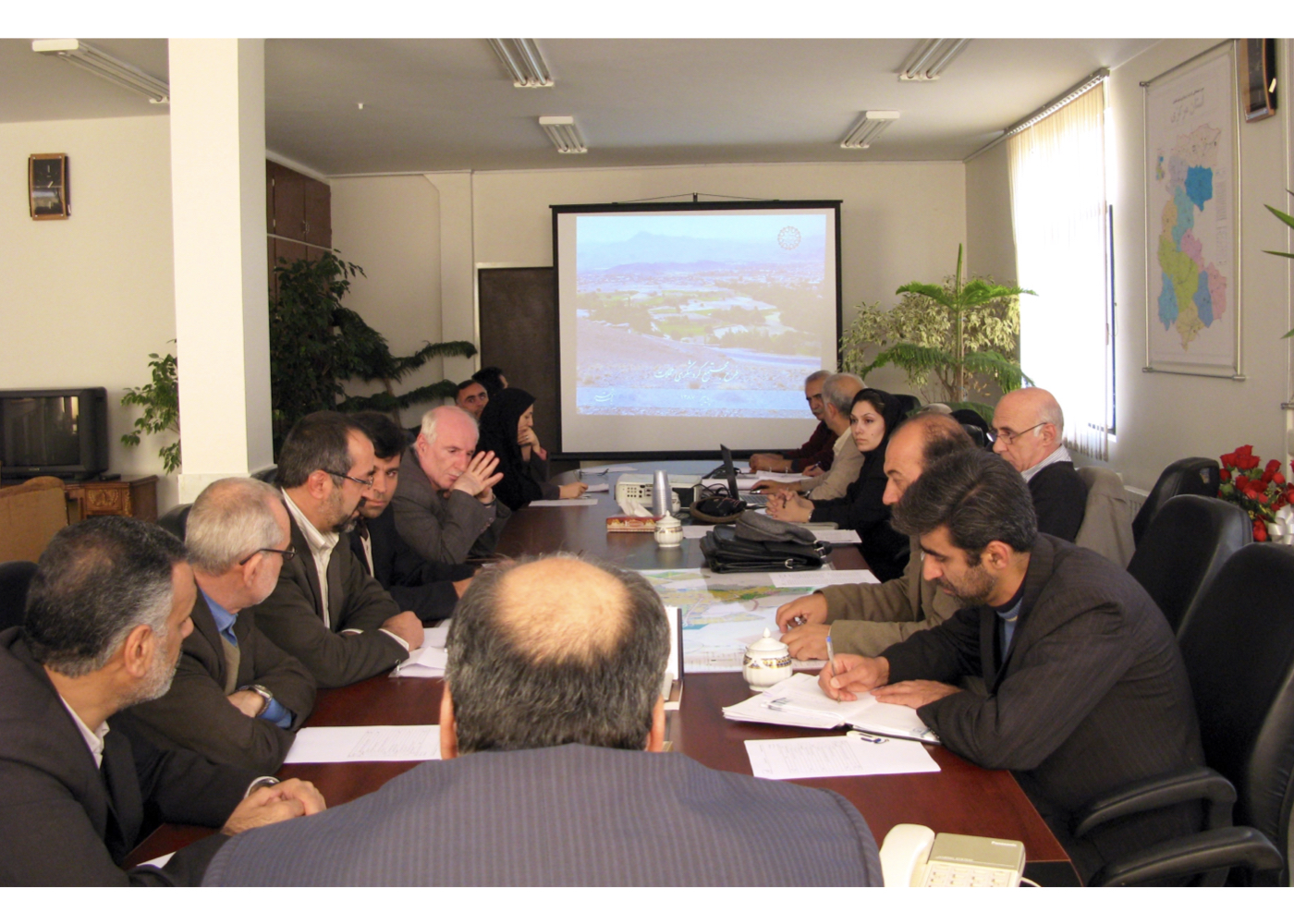
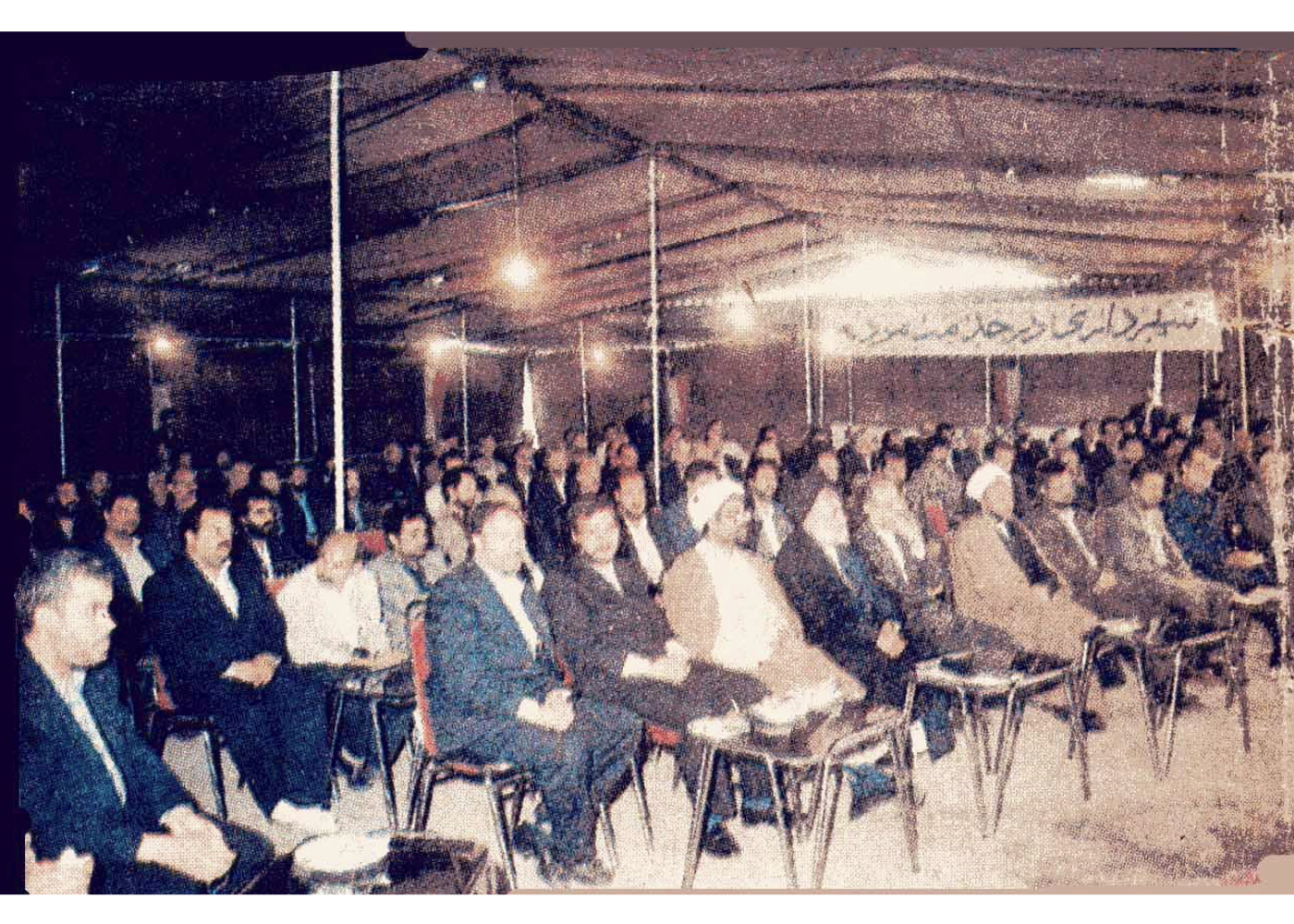
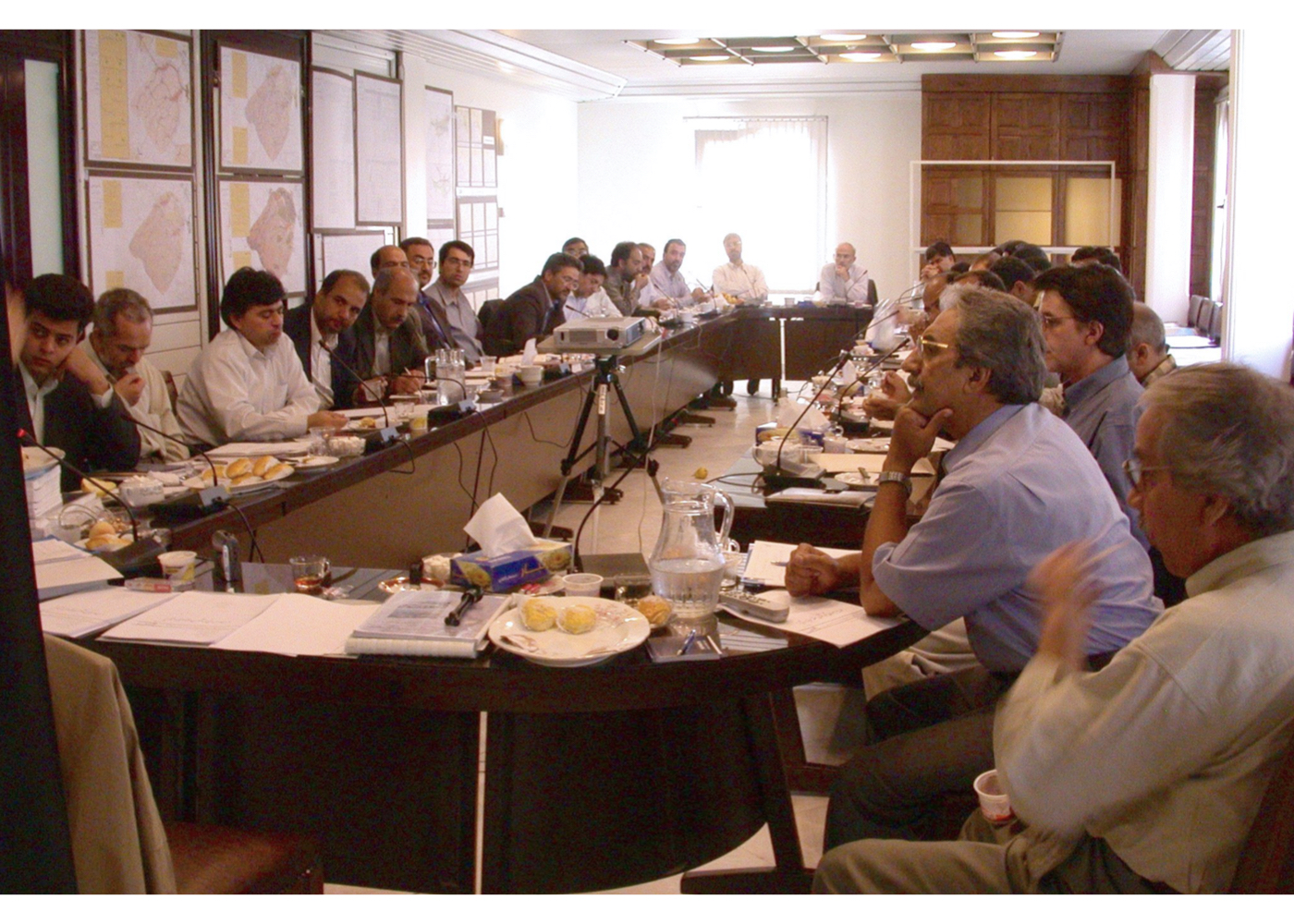
Arak – Linear Paradise
Arak – Mostoufi Mountain
Arak – Ring Roads
Chabahar – Free Zone – First Project
Chabahar – Free Zone – Second Project
Fereydounshahr Tourism Development Plan
Gorgan – Hezar Pich
Gorgan – Naharkhoran
Hamedan – Ecbatan
Hamedan – Ganjnameh
Hamedan – Ganjnameh
Hamedan – Hai Darreh – Emamzadeh Mohsen
Isfahan – Soffeh Mountain – City Council Meeting
Isfahan – Soffeh Mountain – In Municipality
Isfahan – Soffeh Mountain – Review at Baft-e Shahr Office
Mahallat Tourism Development Plan
Mashhad – Koohsangi – Project Presentation Meeting with the Governor, Mayor, Provincial Directors, and People’s Representatives
Mashhad – Torqabeh and Shandiz
Among these, he placed particular emphasis on urban paradises (interconnected gardens) for their capacity to create vibrant and natural spaces for citizens; public gardens for facilitating people’s interaction with nature; and urban–environmental design for its active stewardship, ecological restoration, and sustainable integration of human life with natural urban environments.
Photos from Project Approval Meetings.
He has published three books:
Reconstruction and Renewal of War-Damaged Areas
(limited print, 1979)Designing in Nature
(focused on Ferdowsi Garden and Jamshidieh Park, 2009)Designing Urban Paradises
(focused on Kuhsangi Paradise, 2012)
